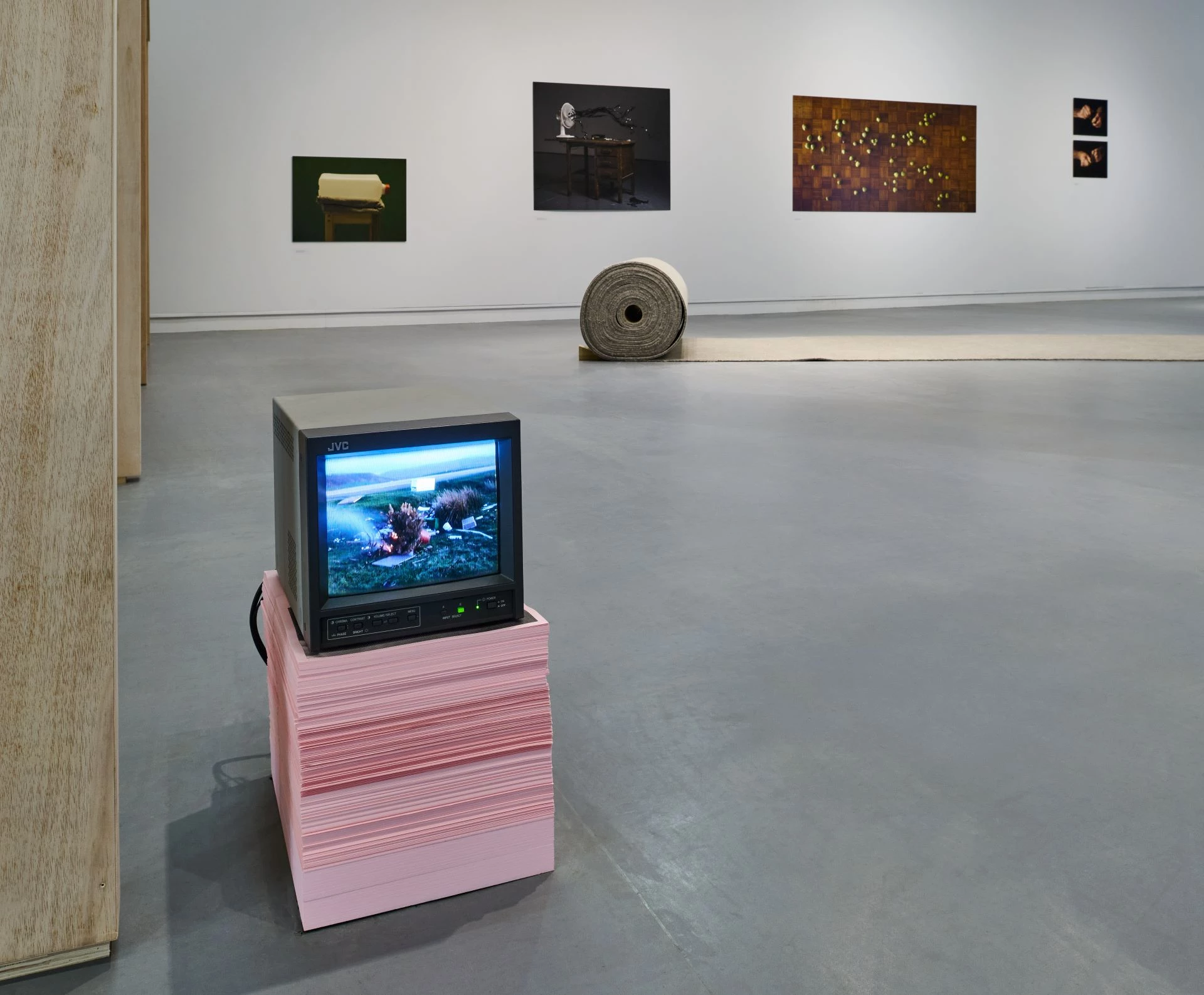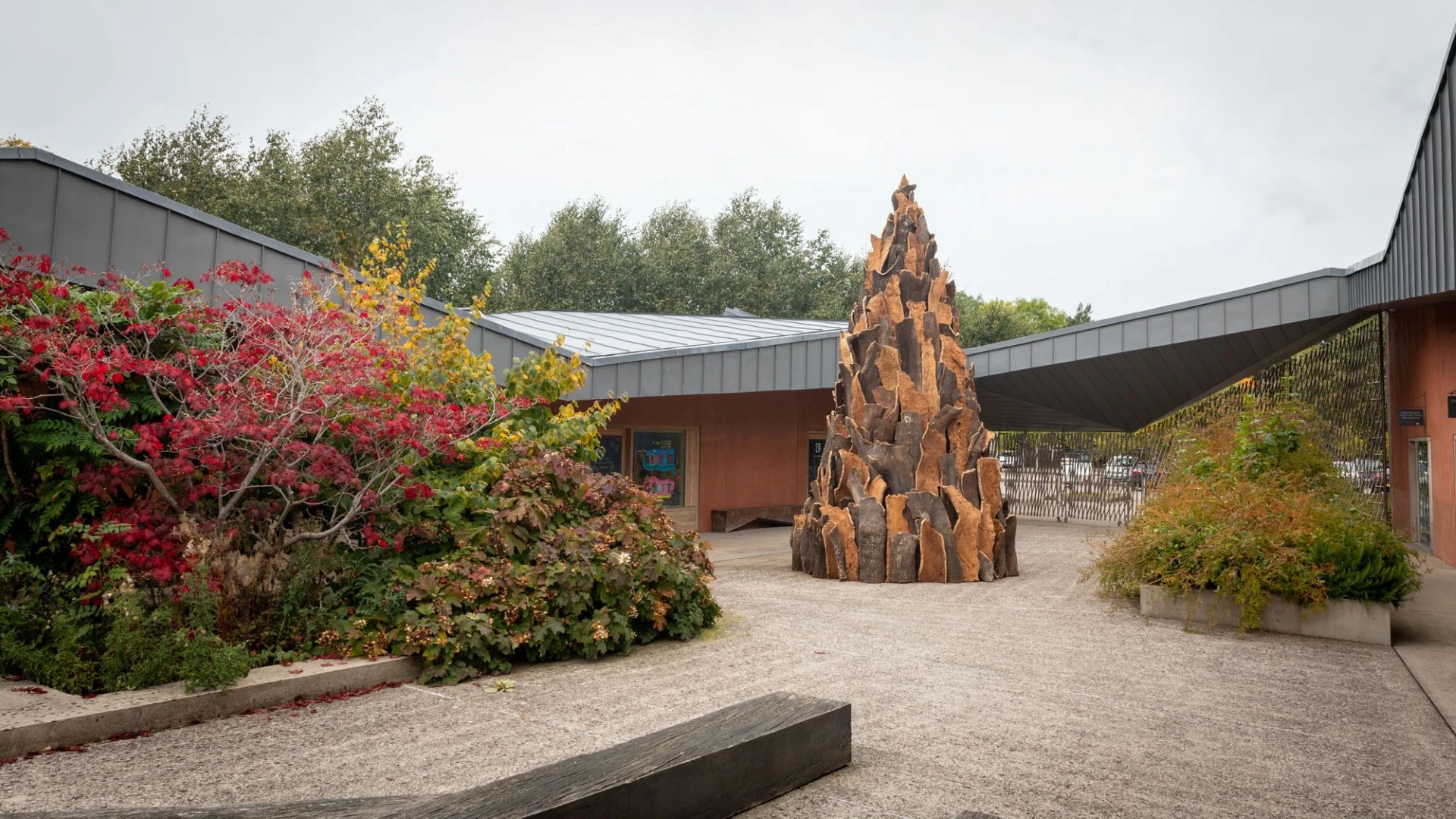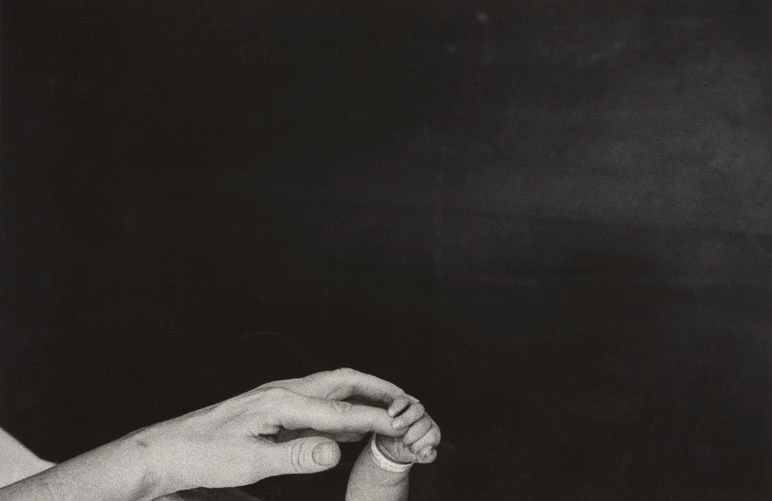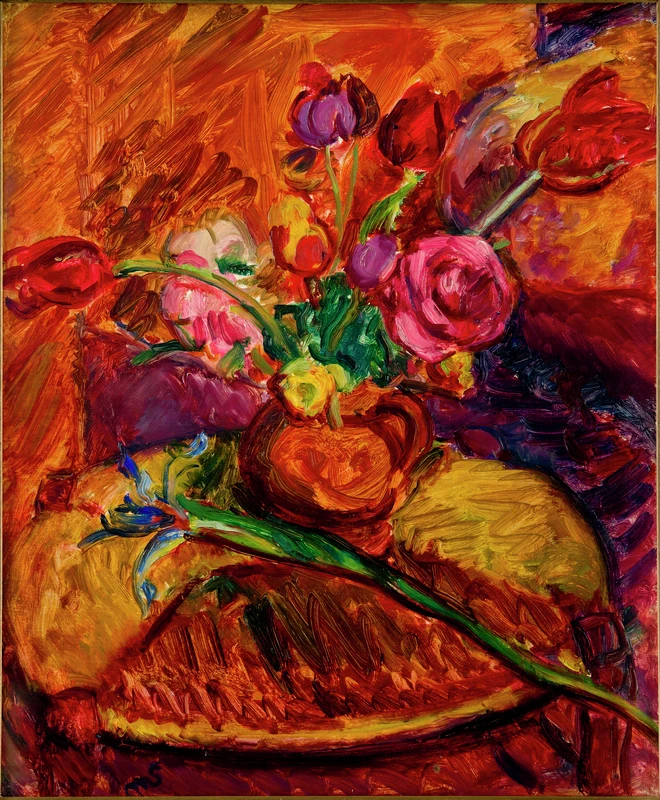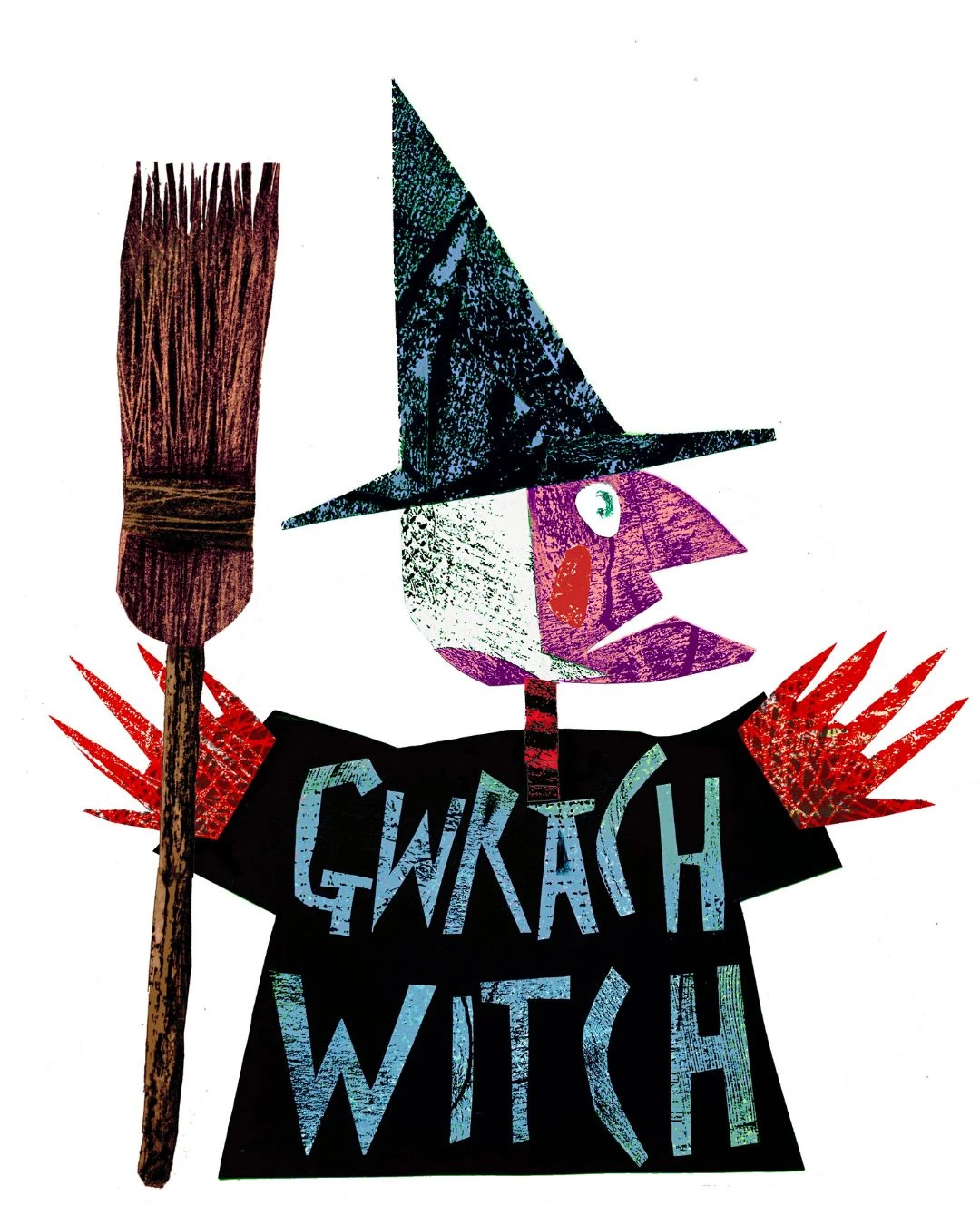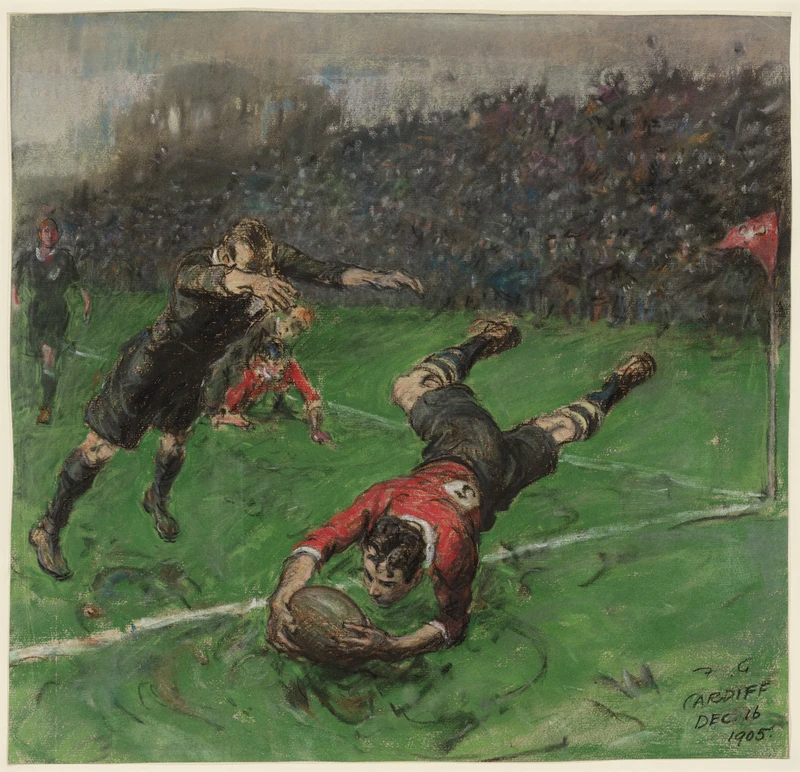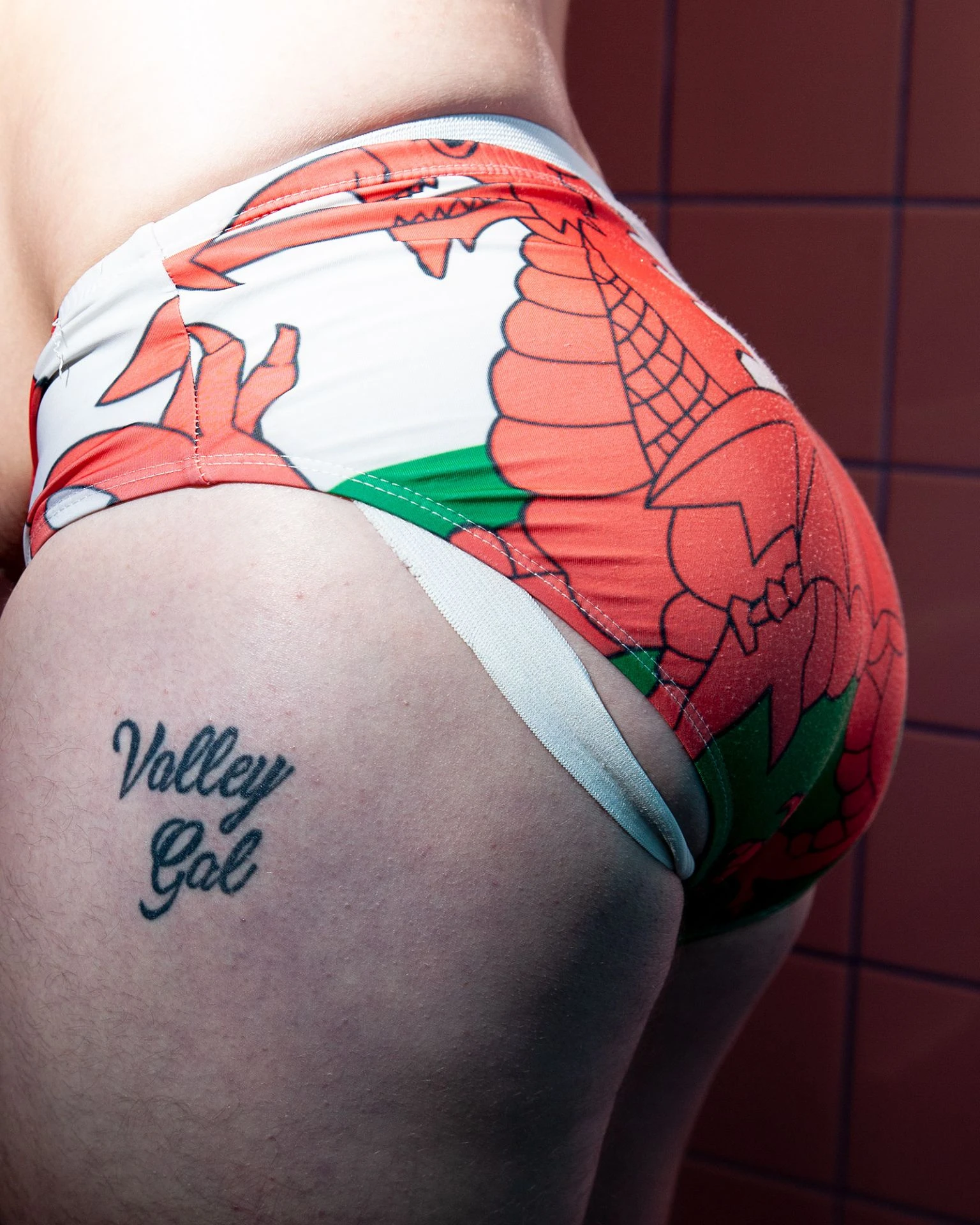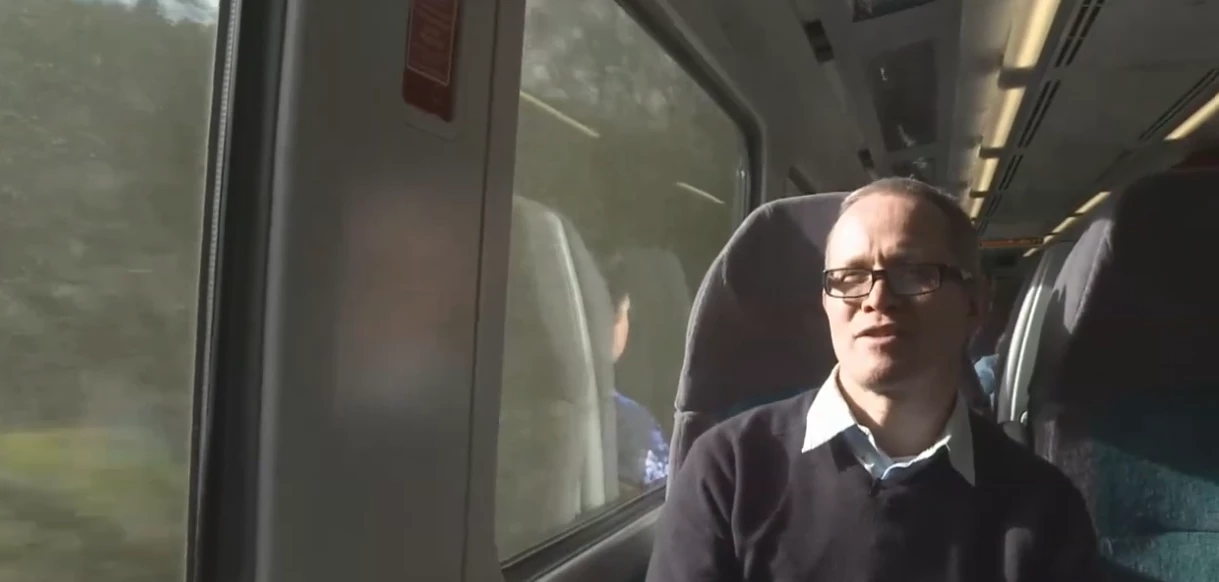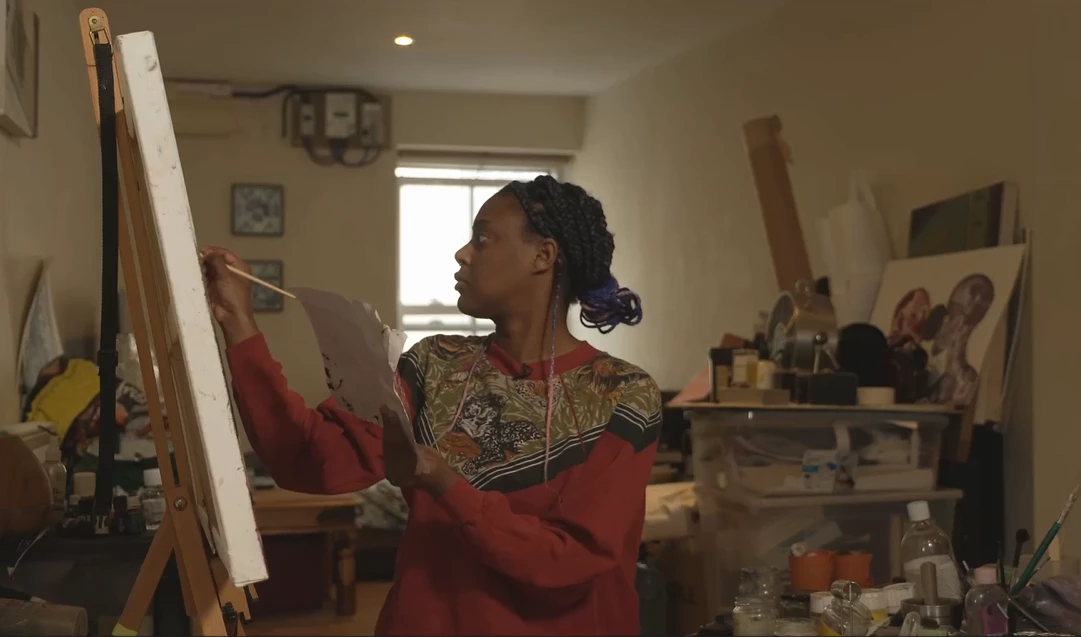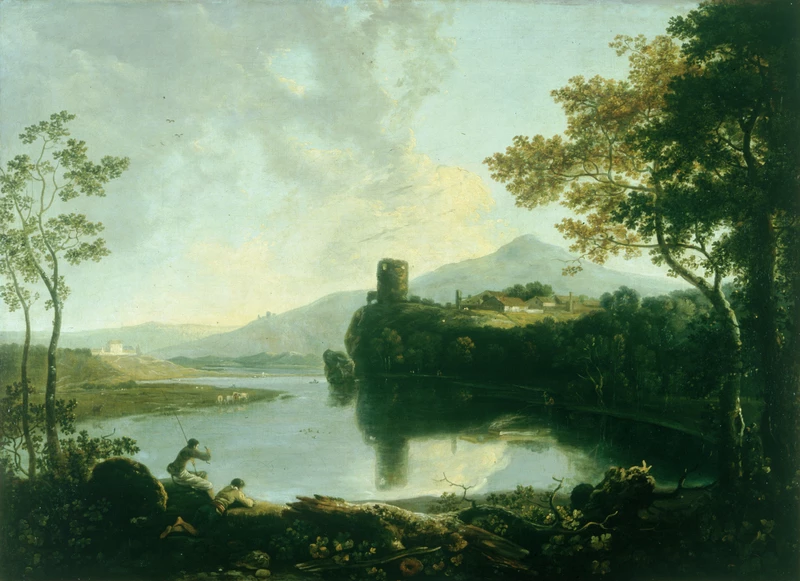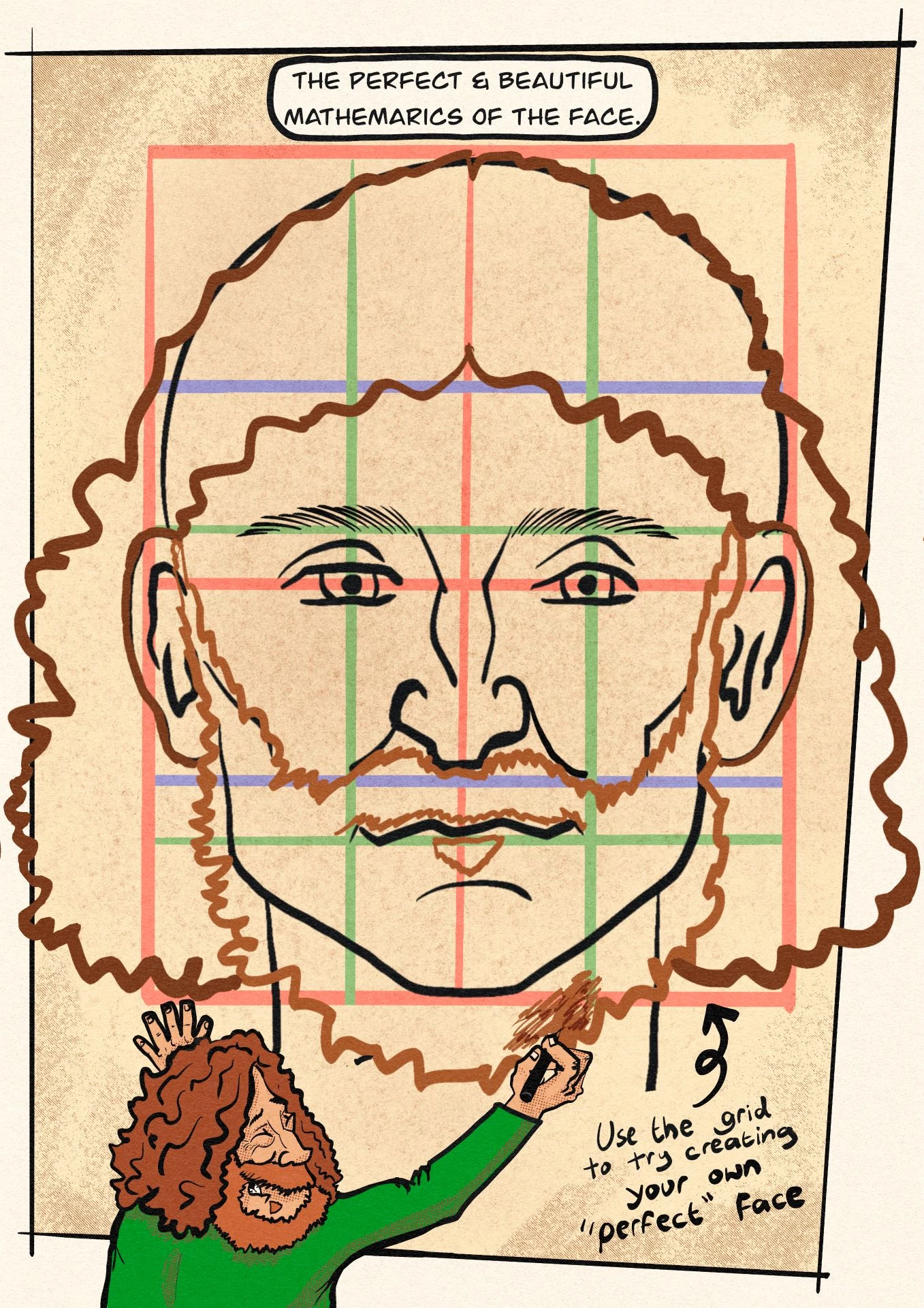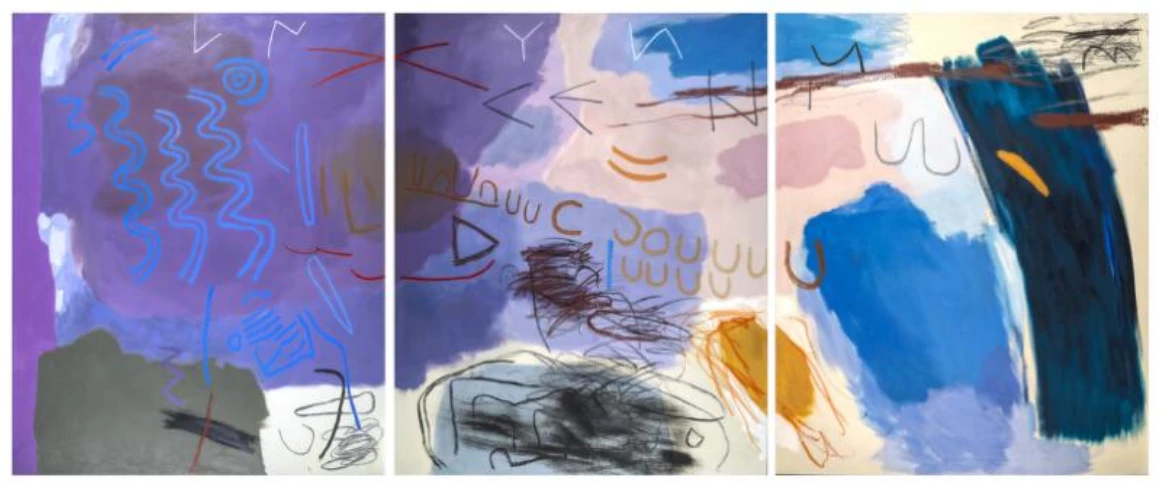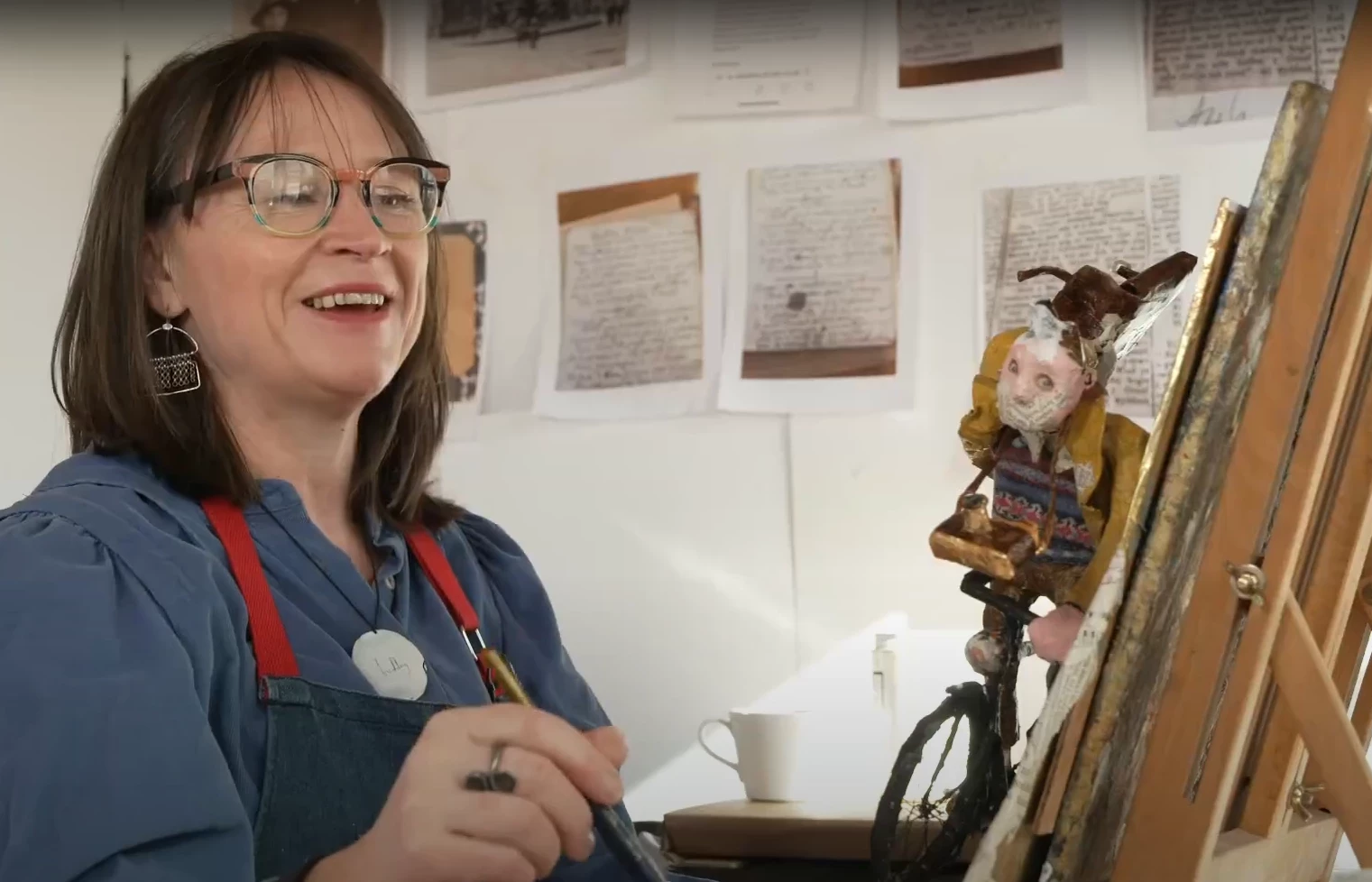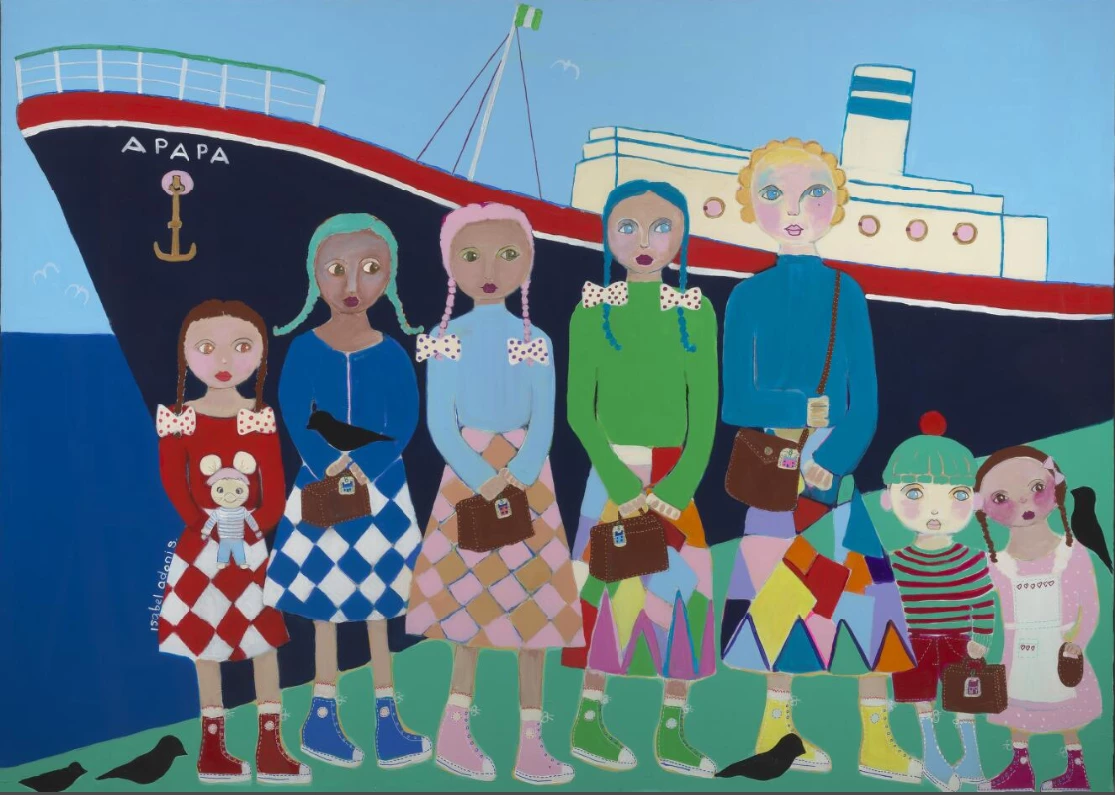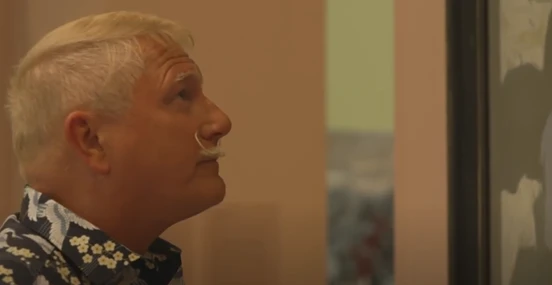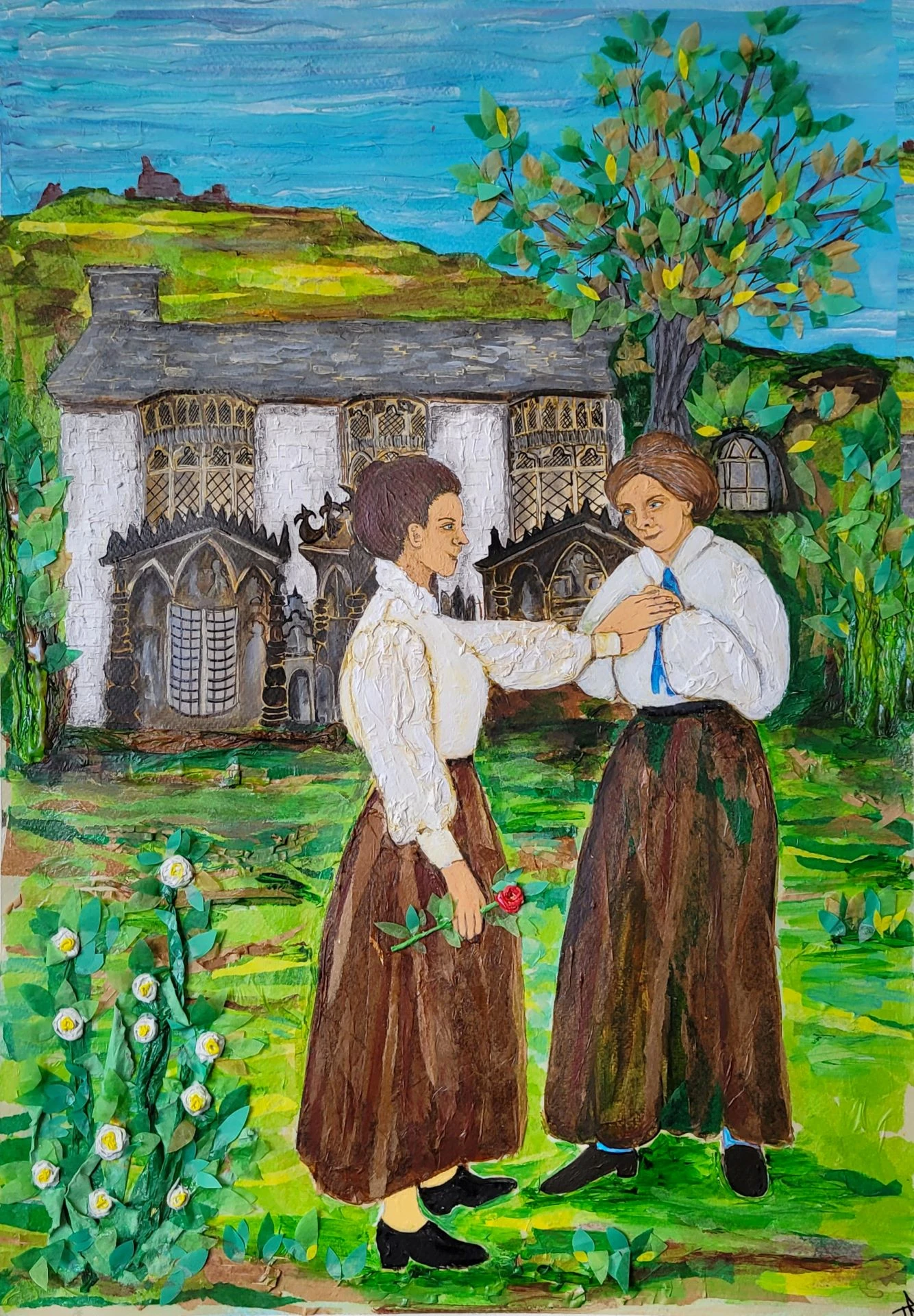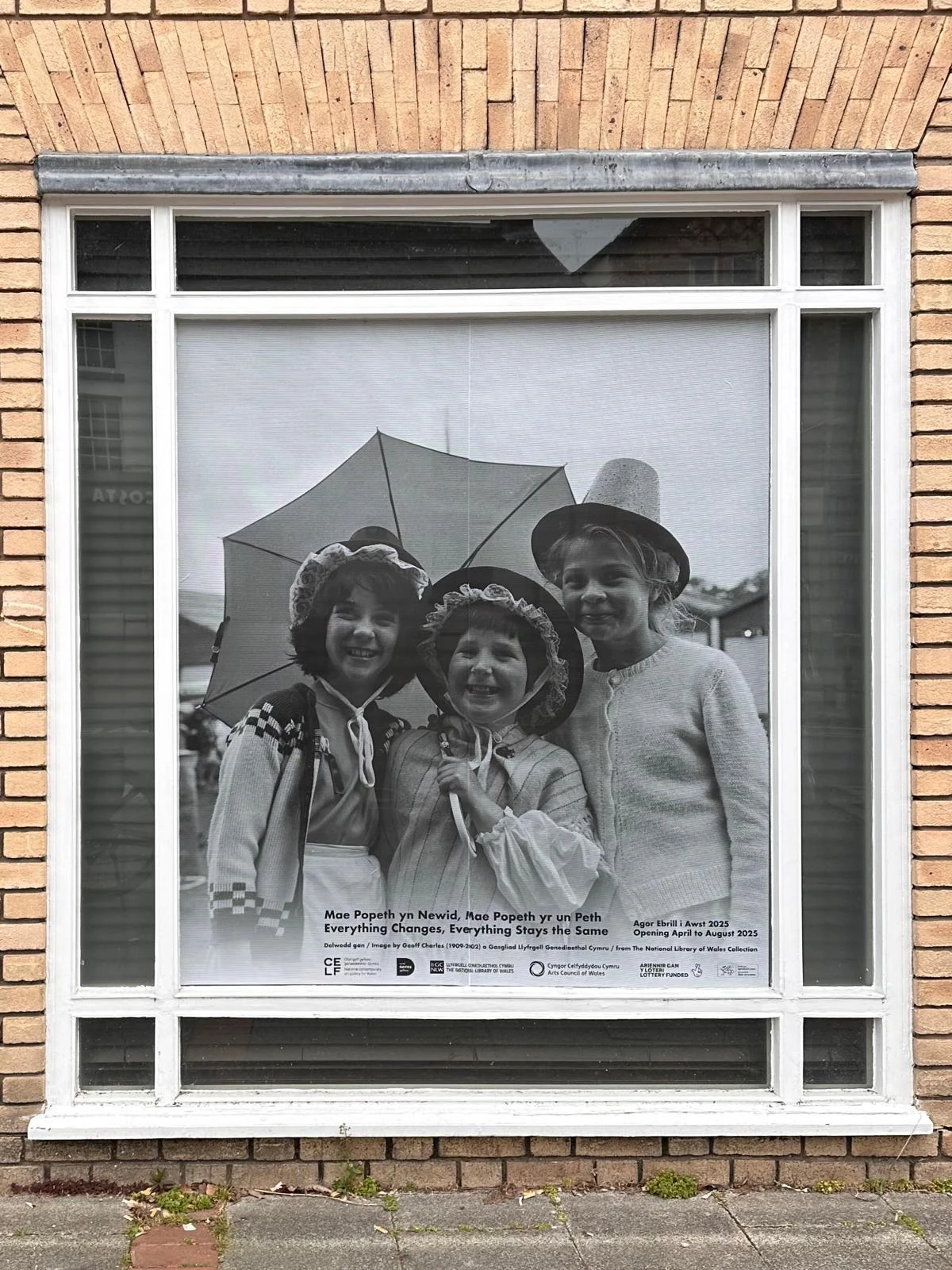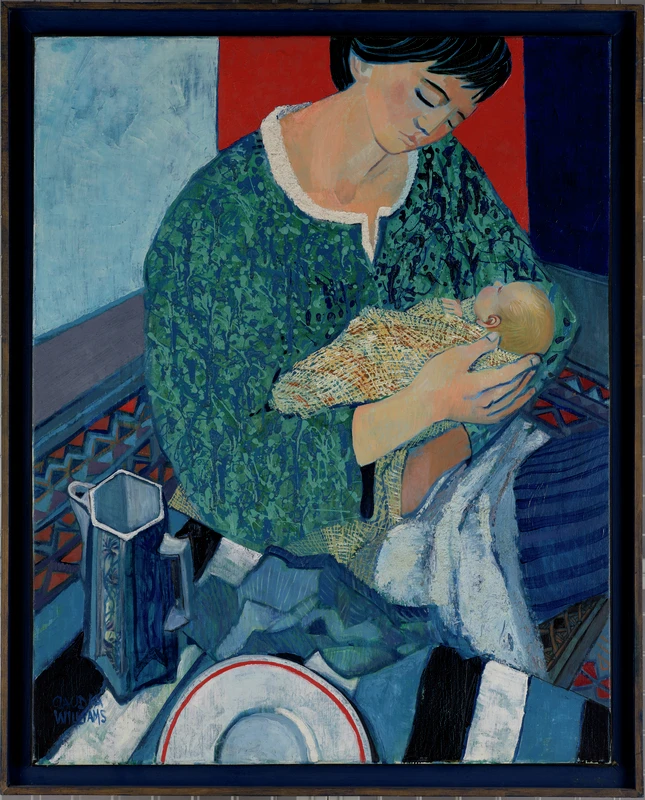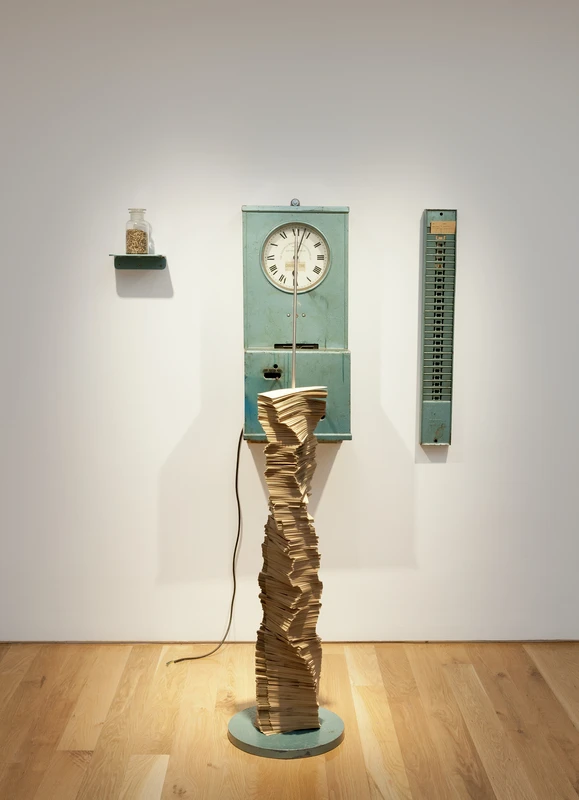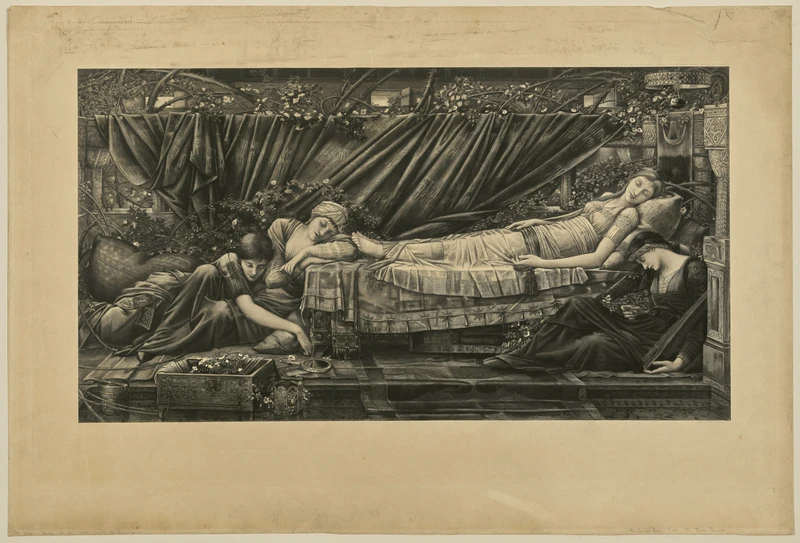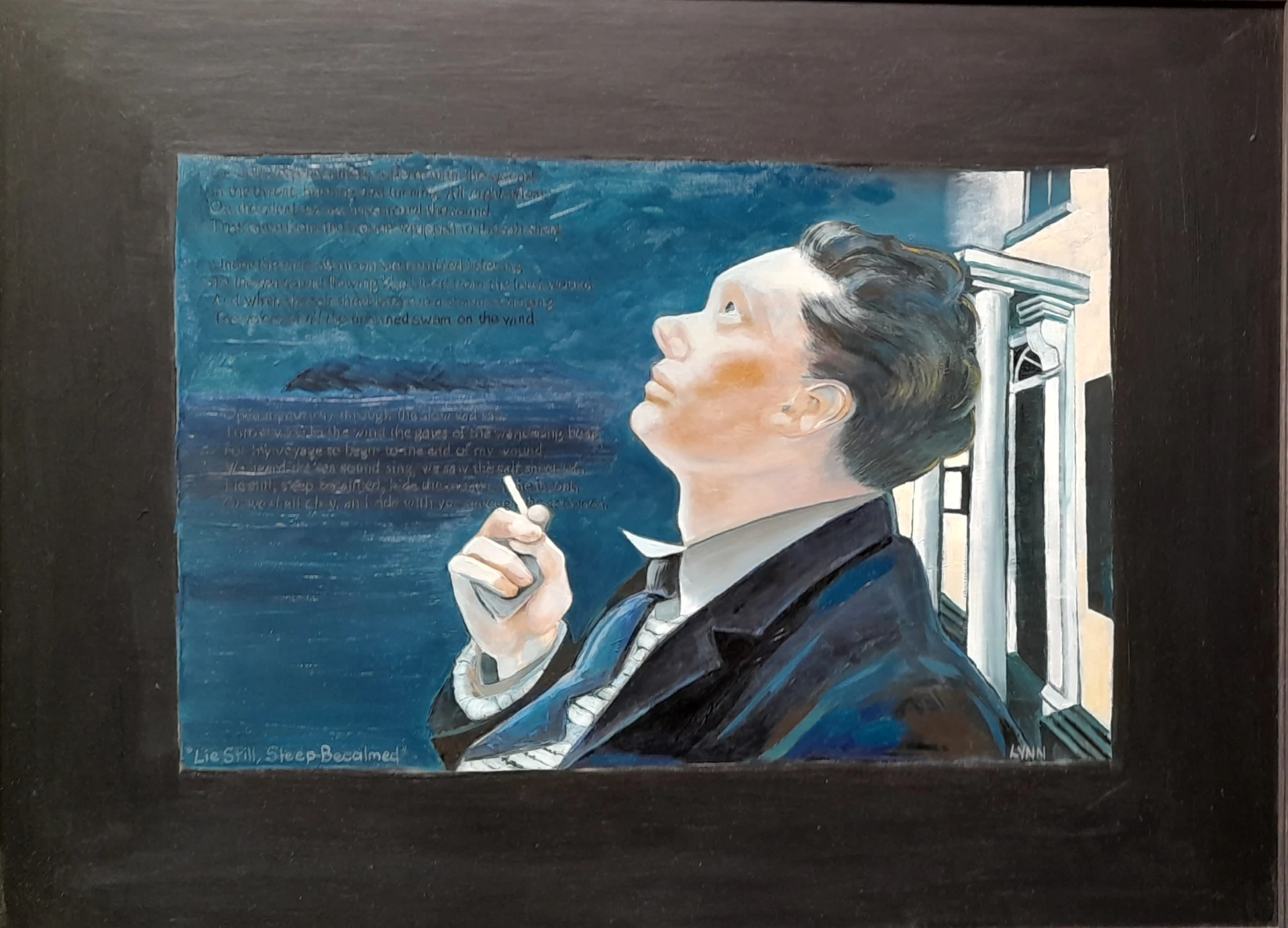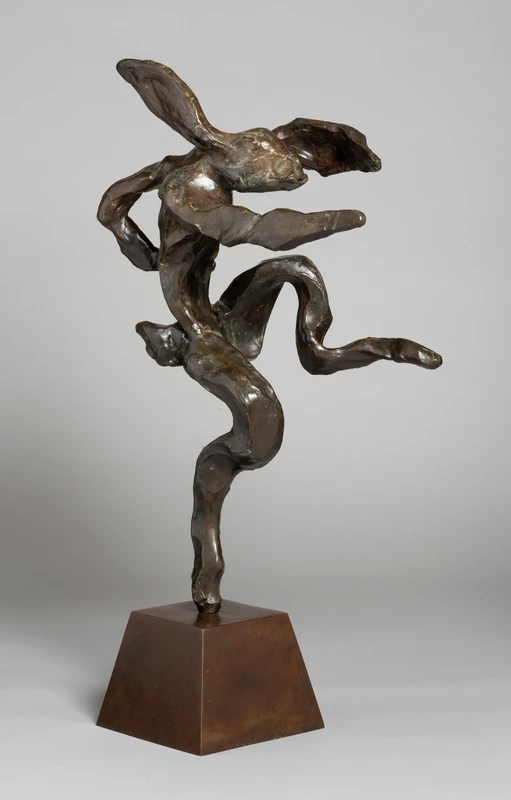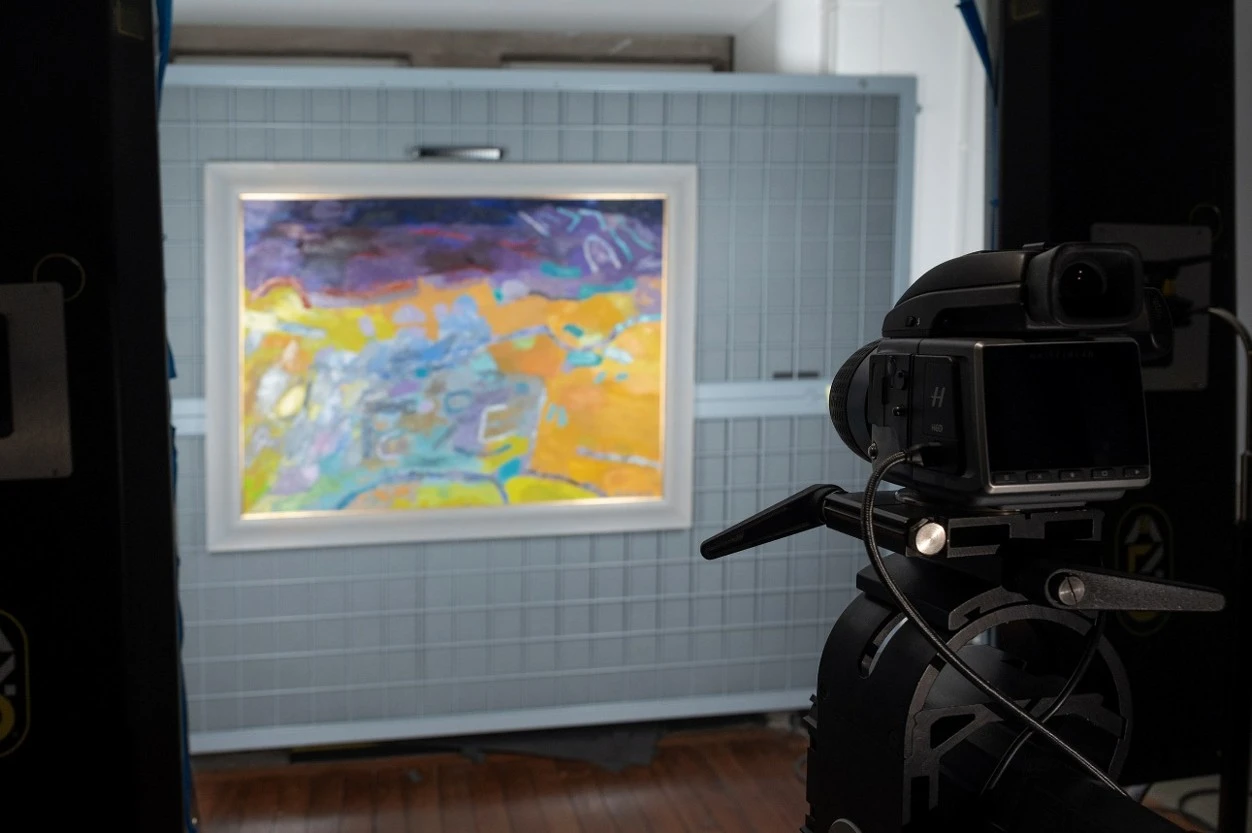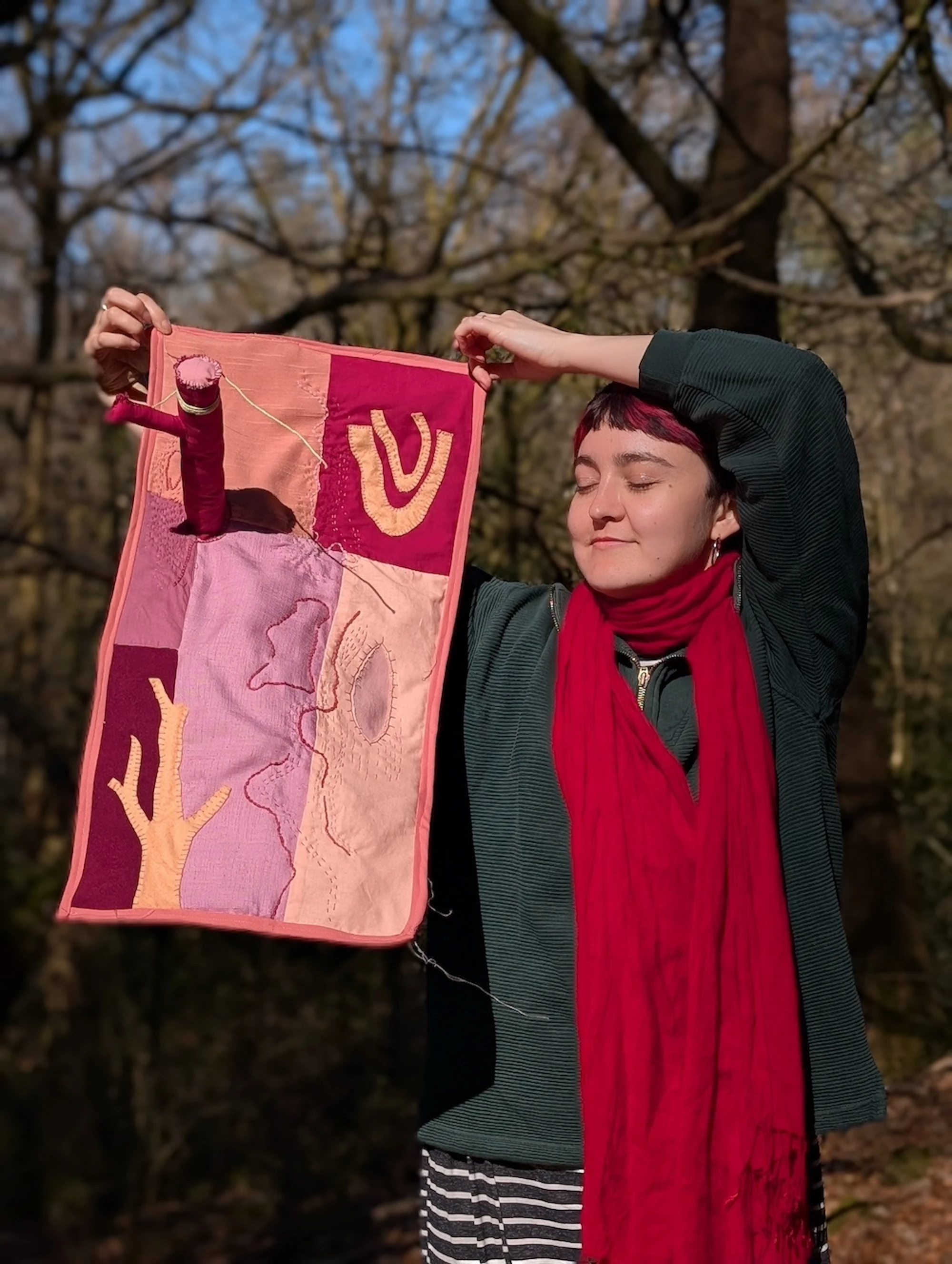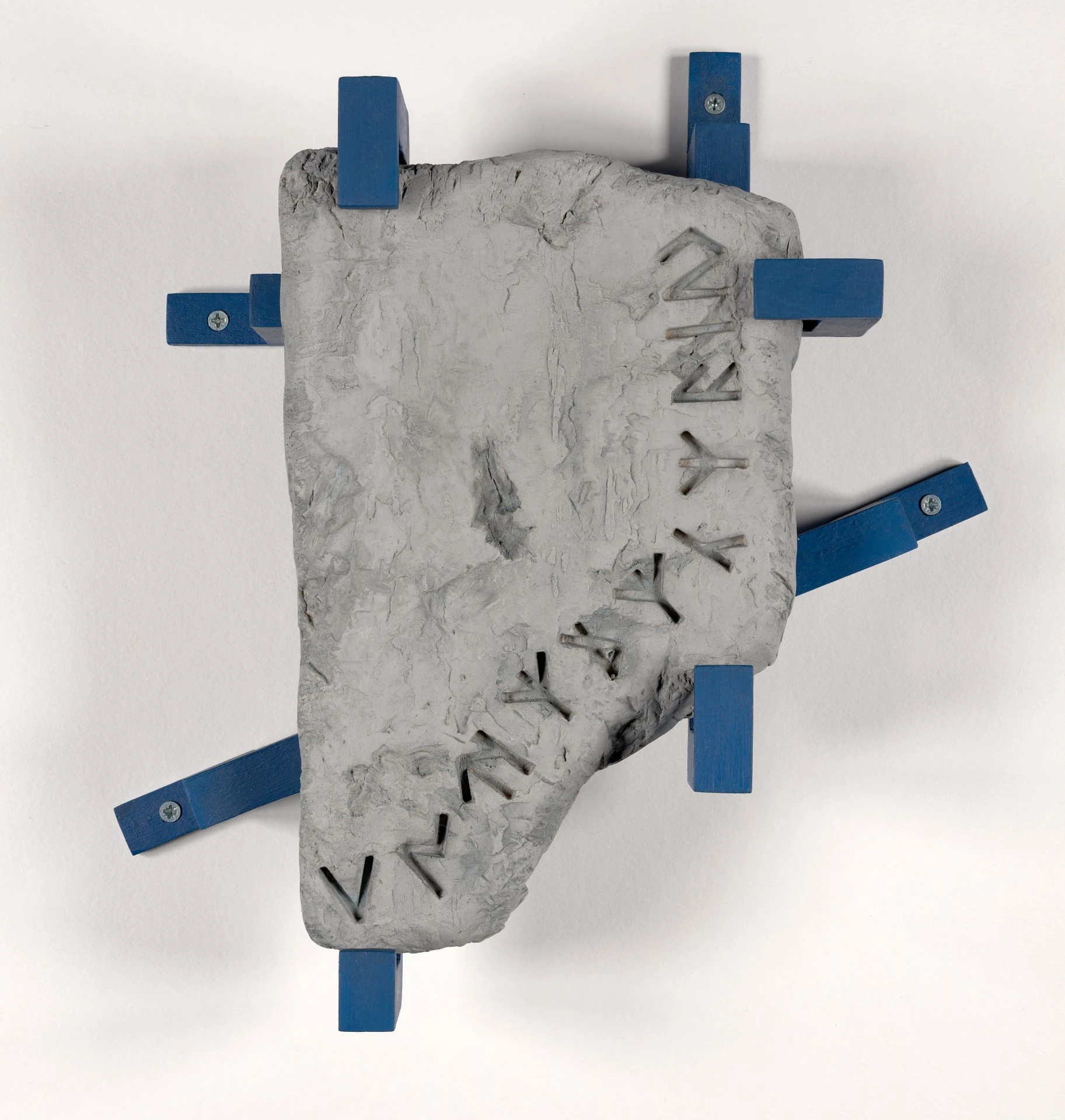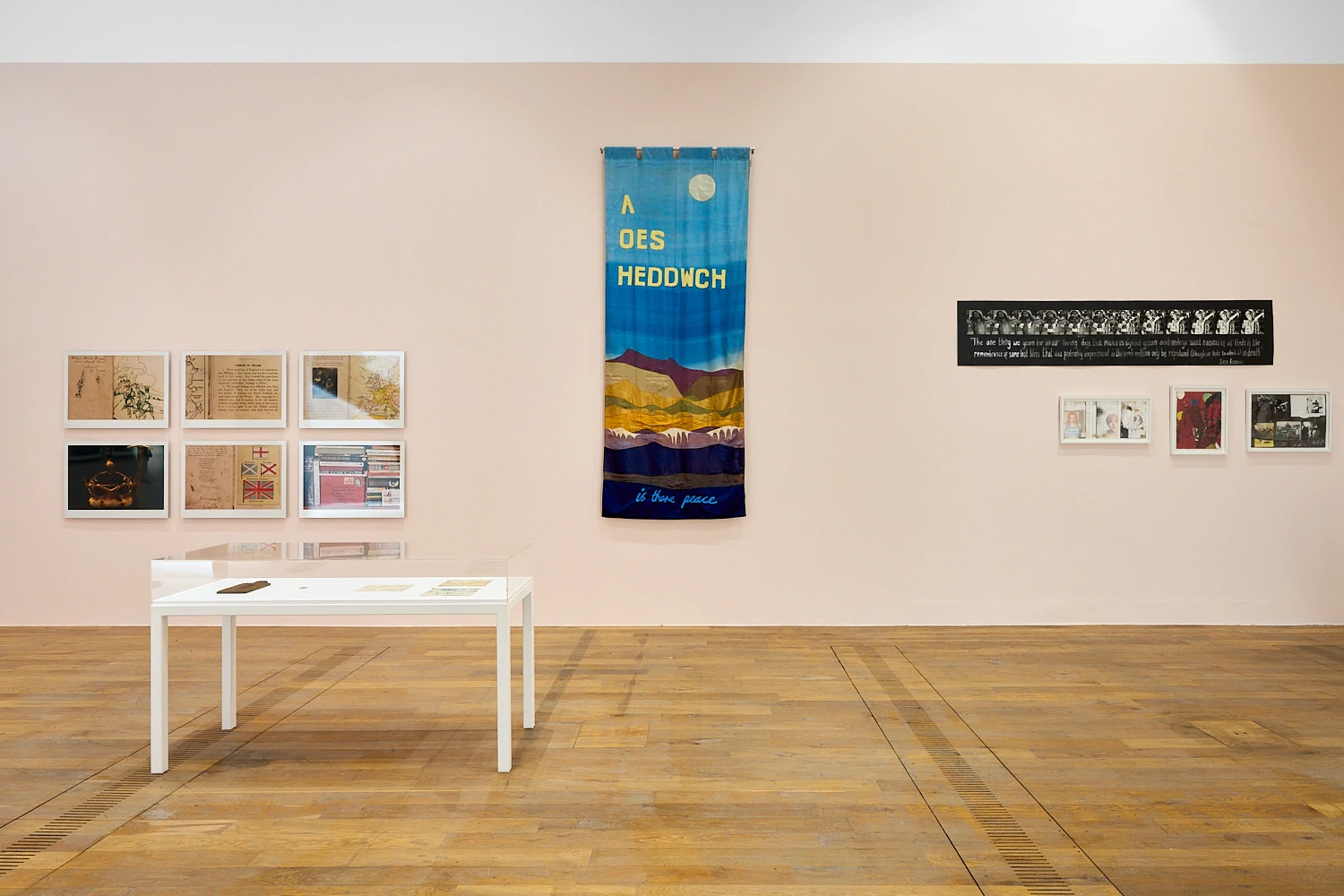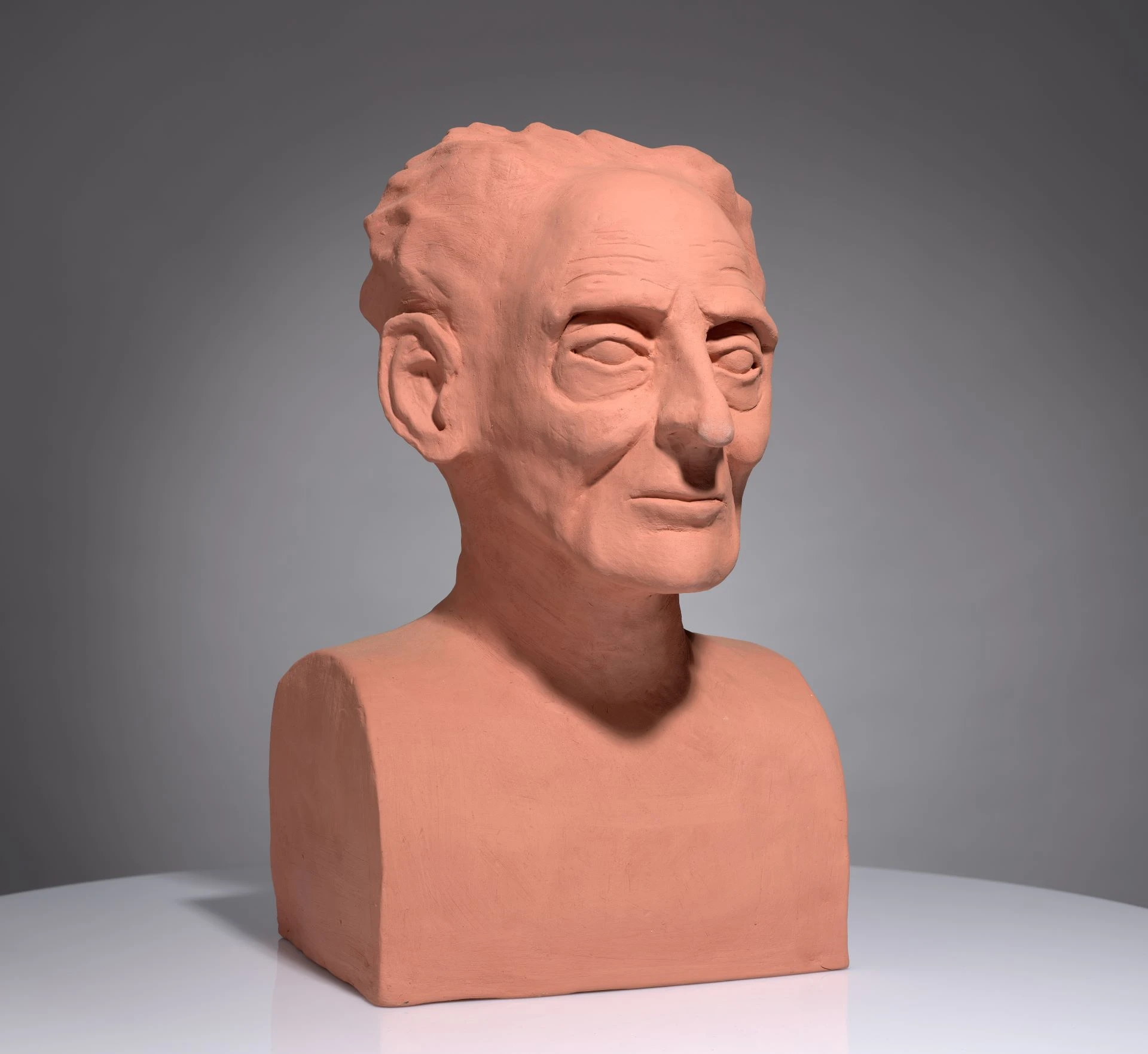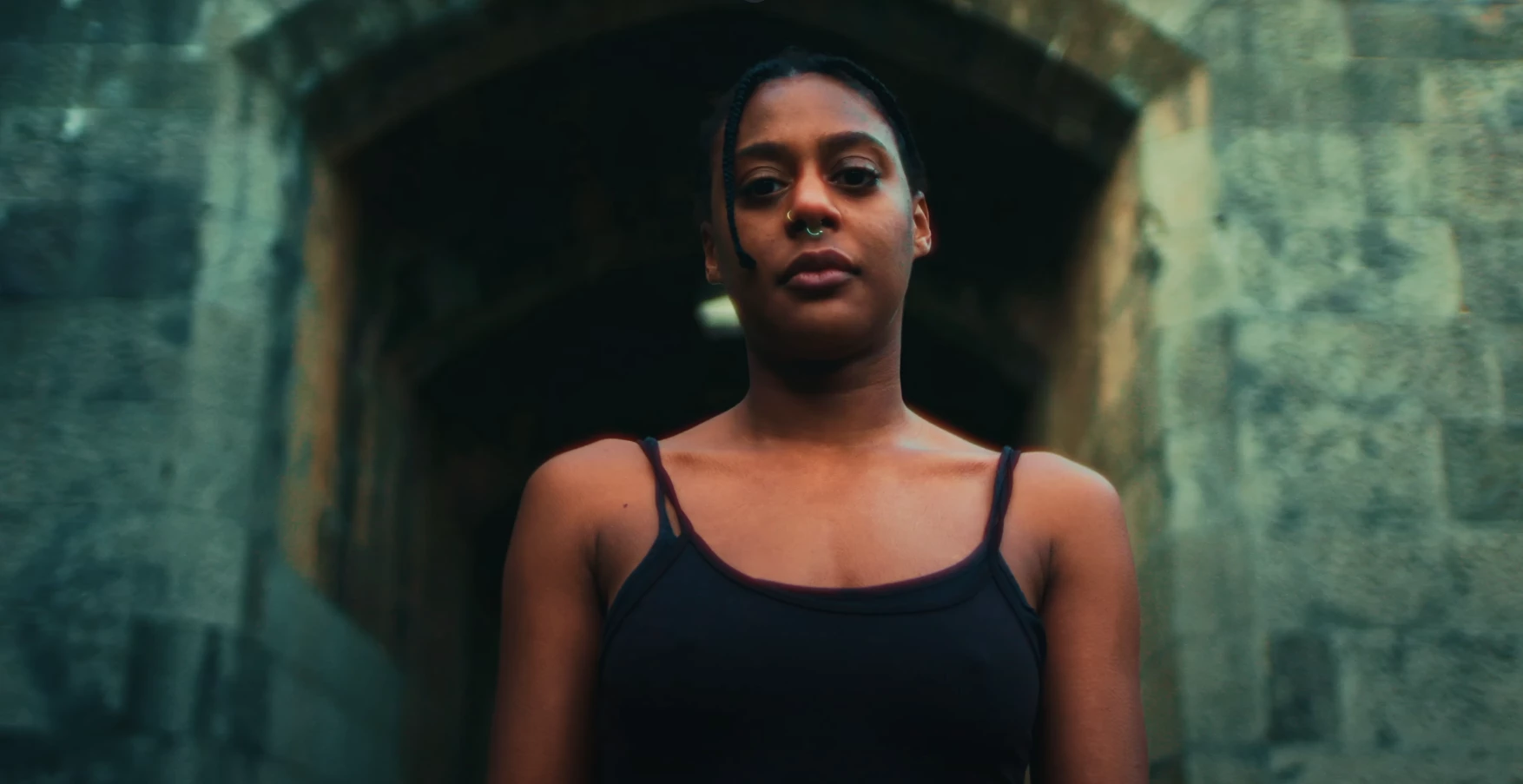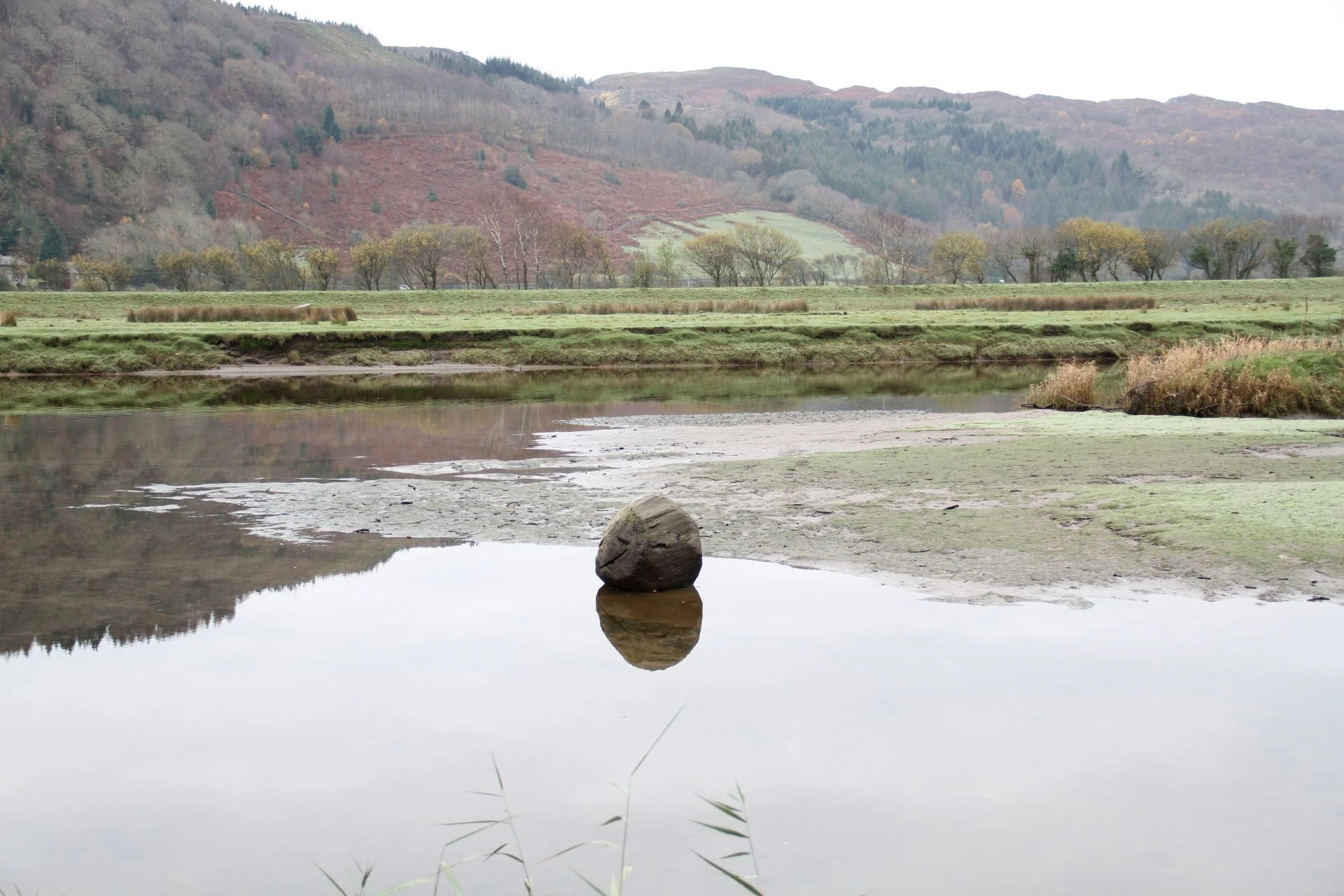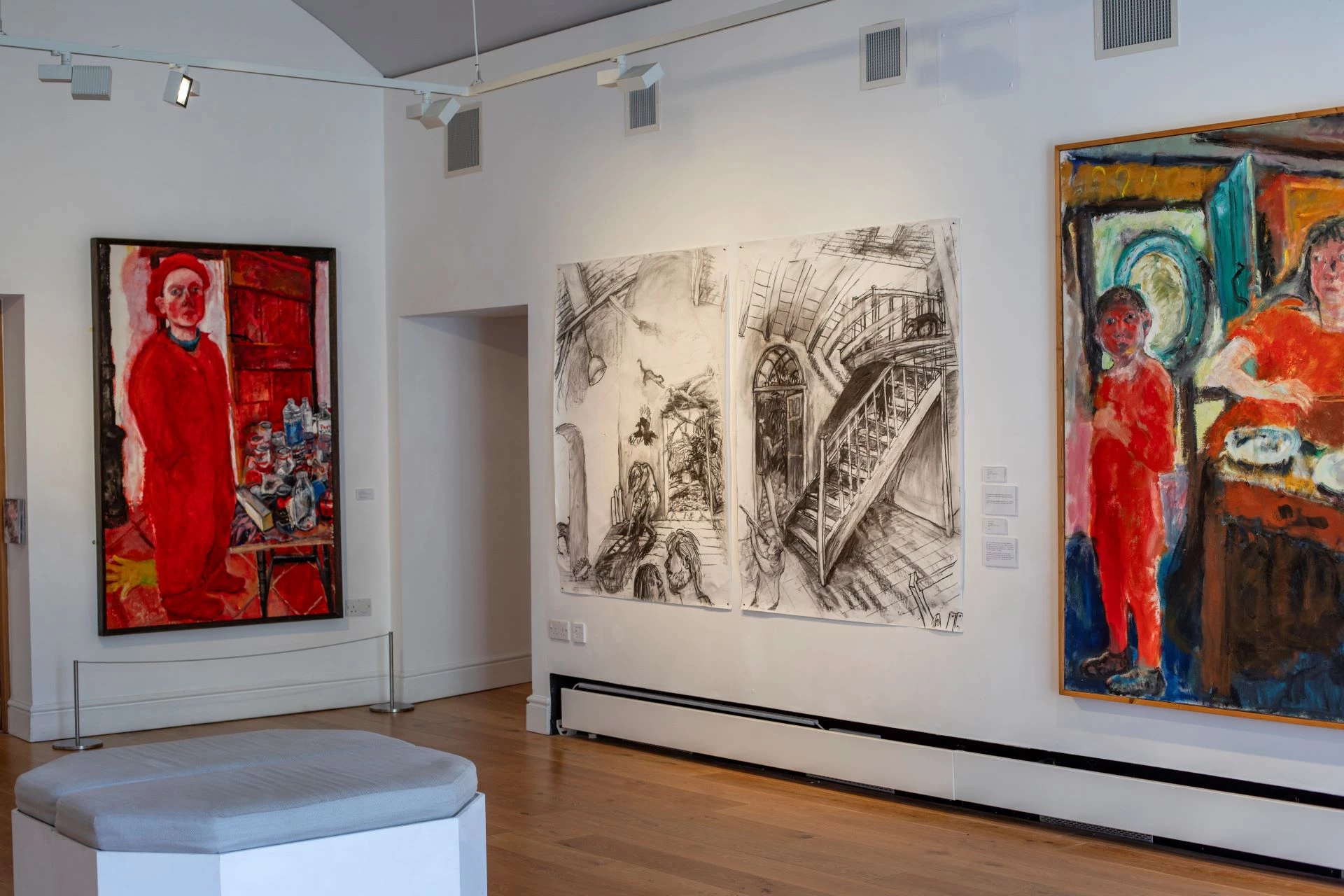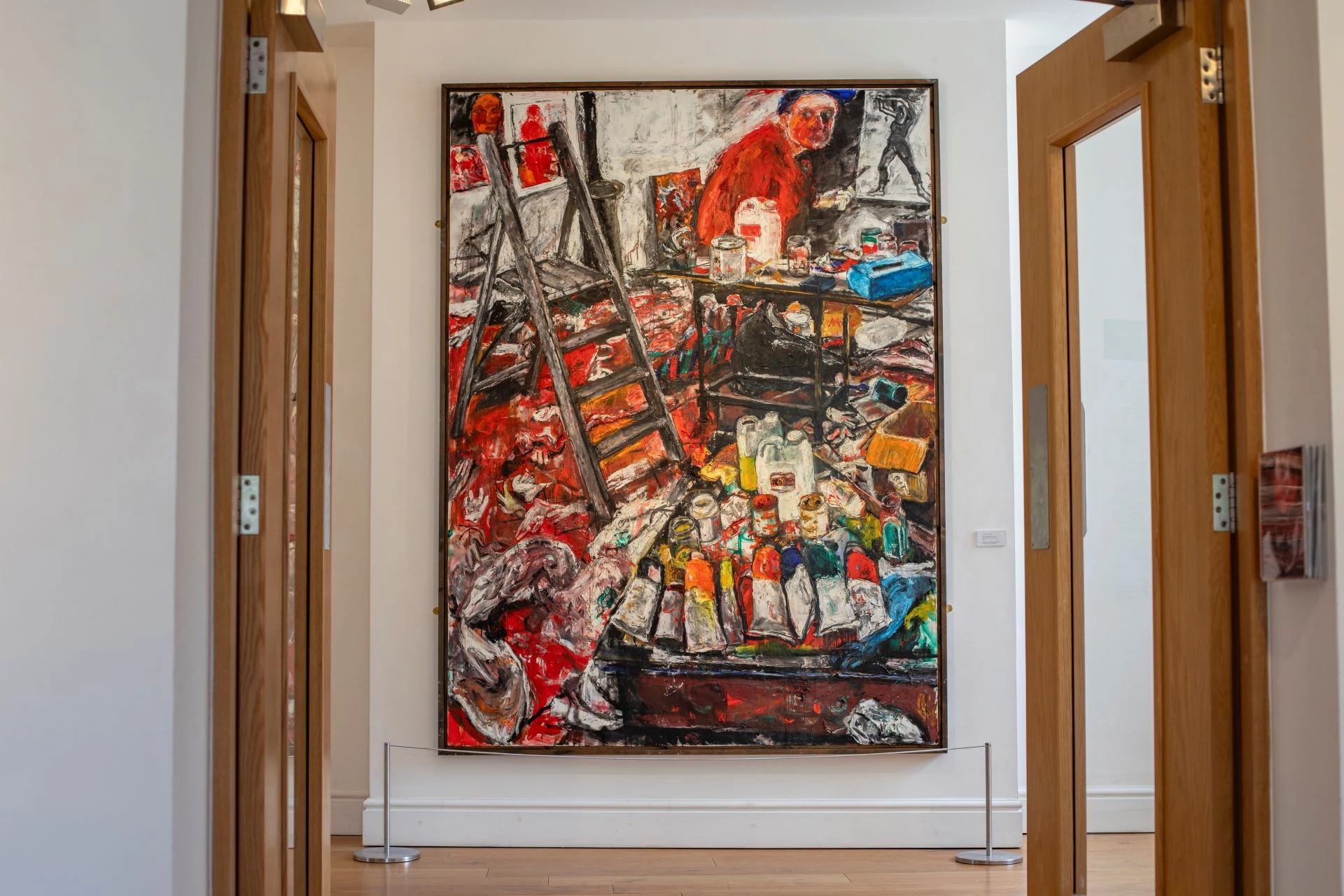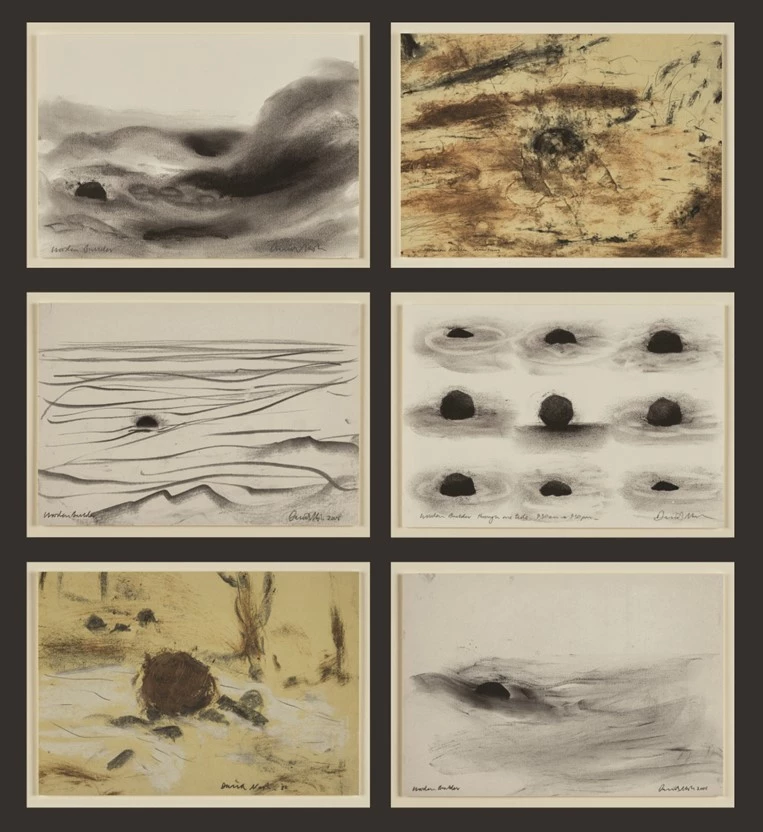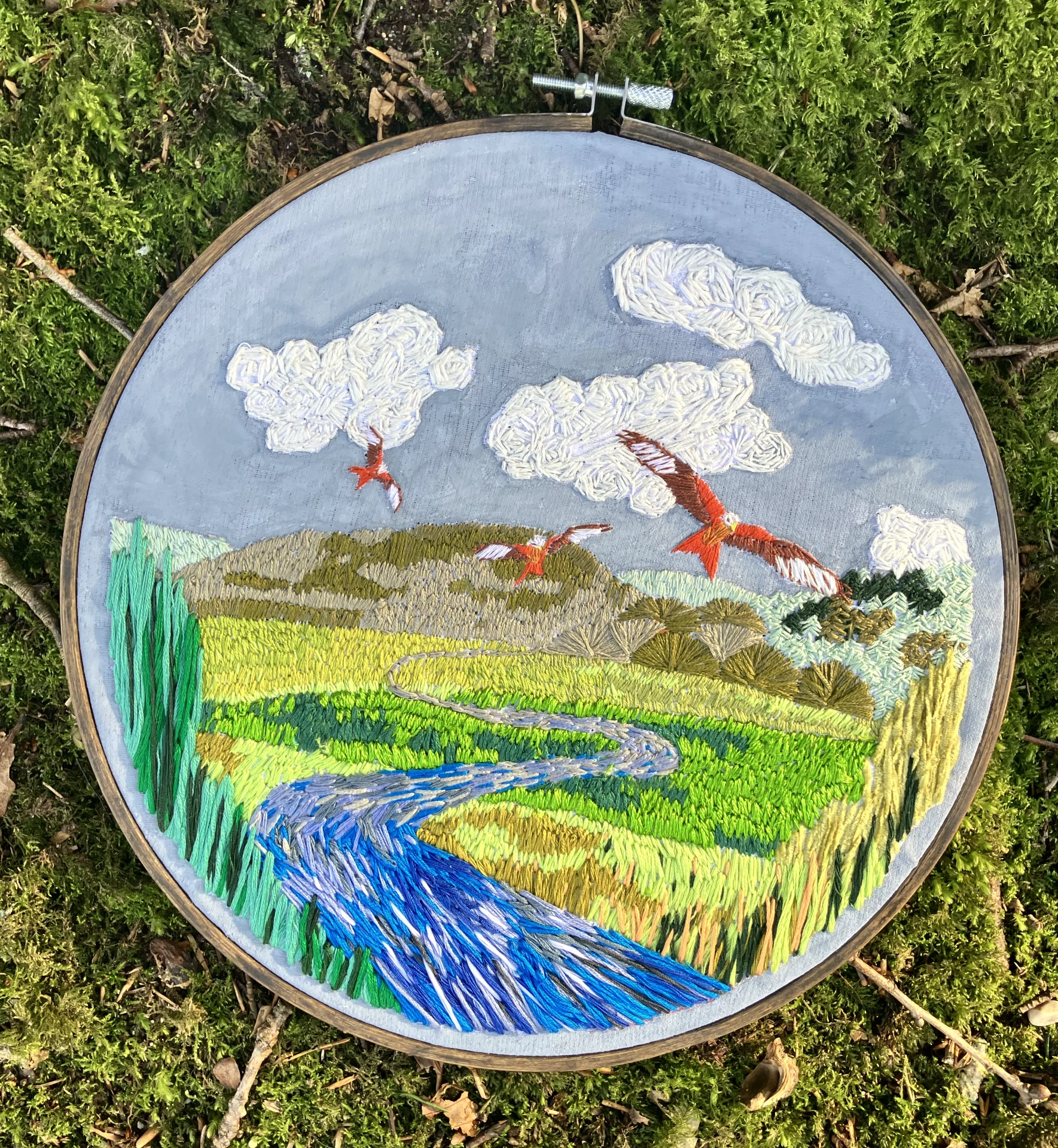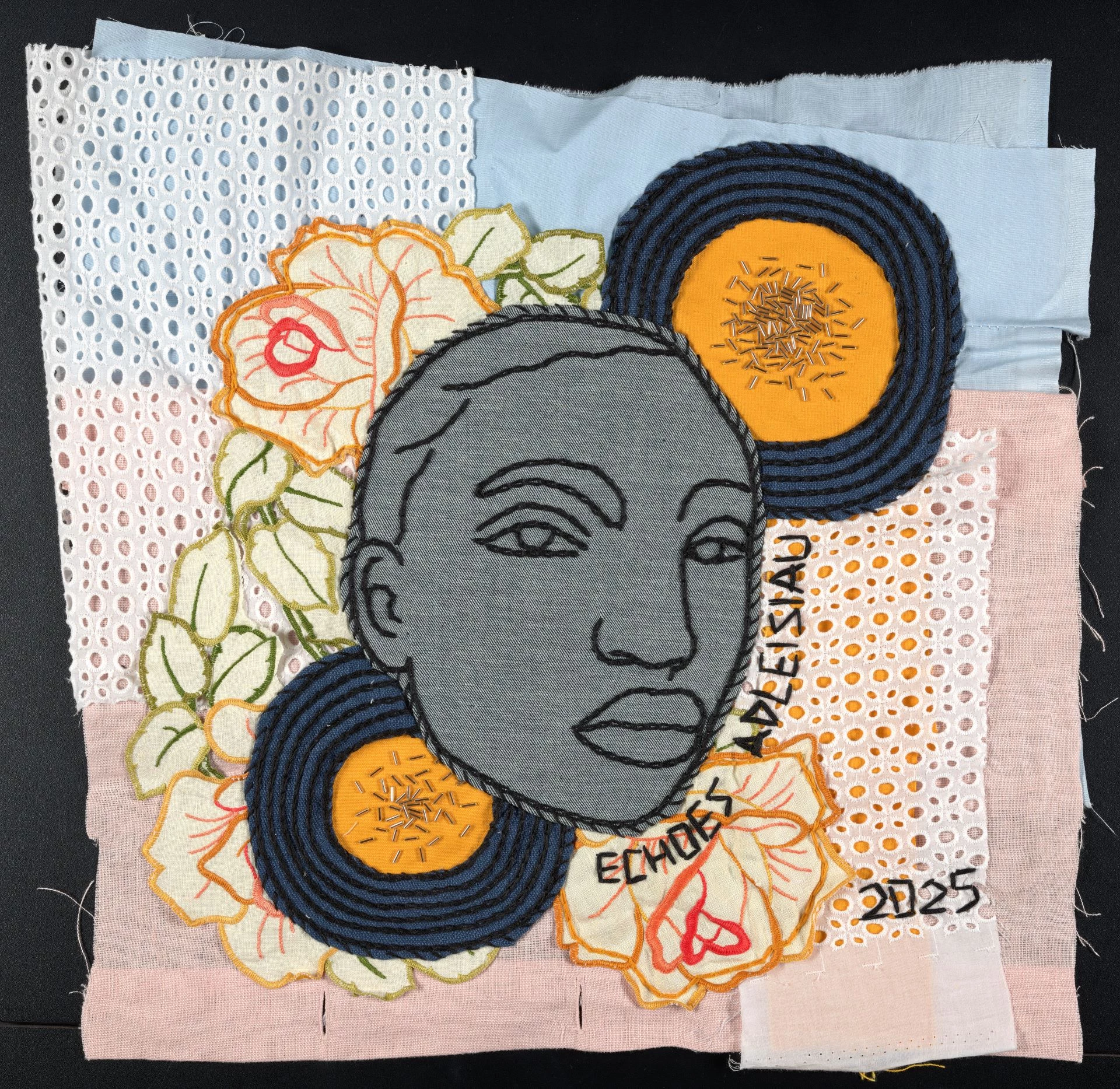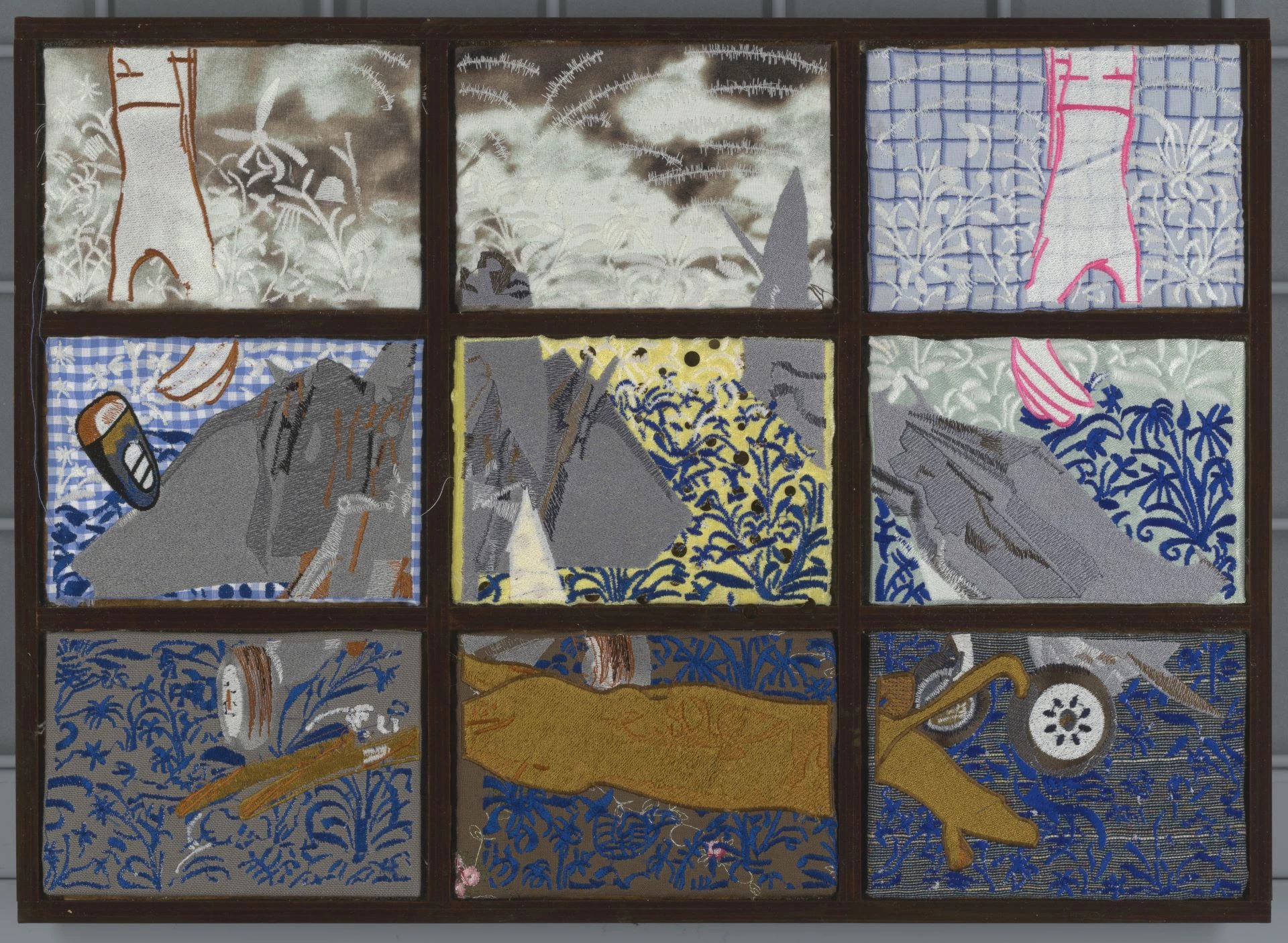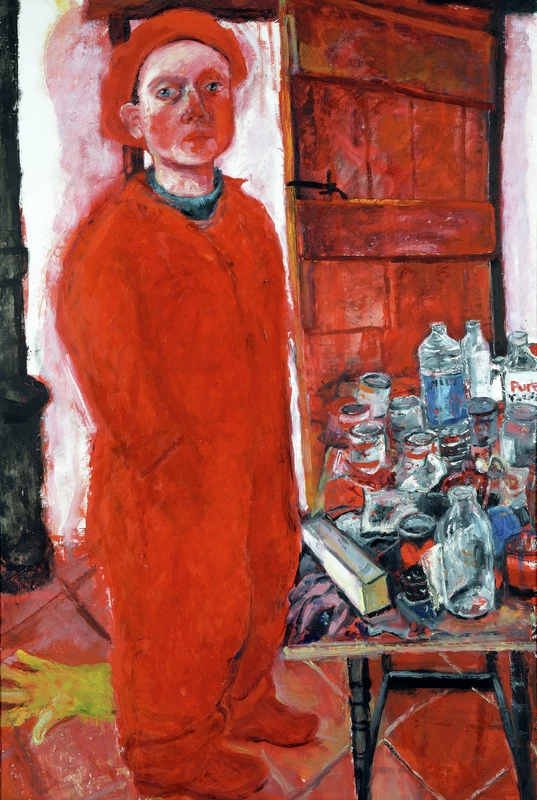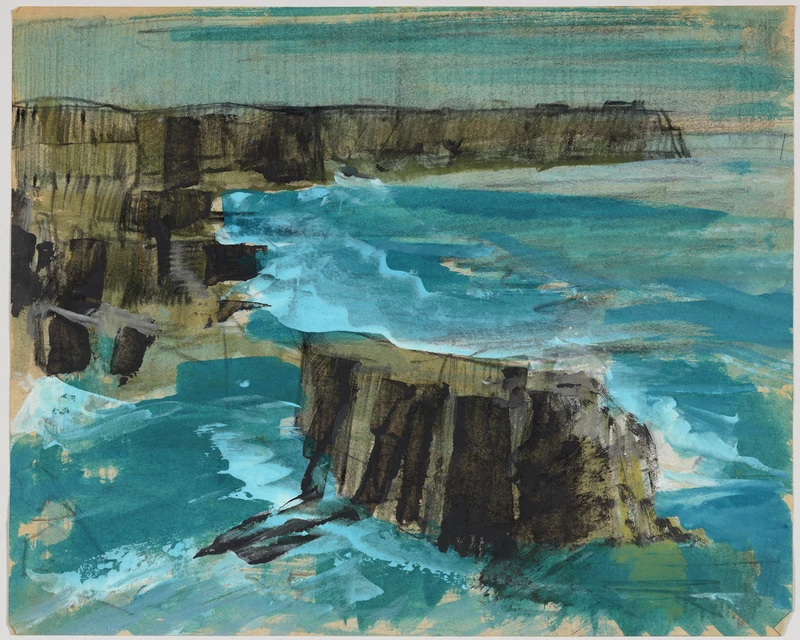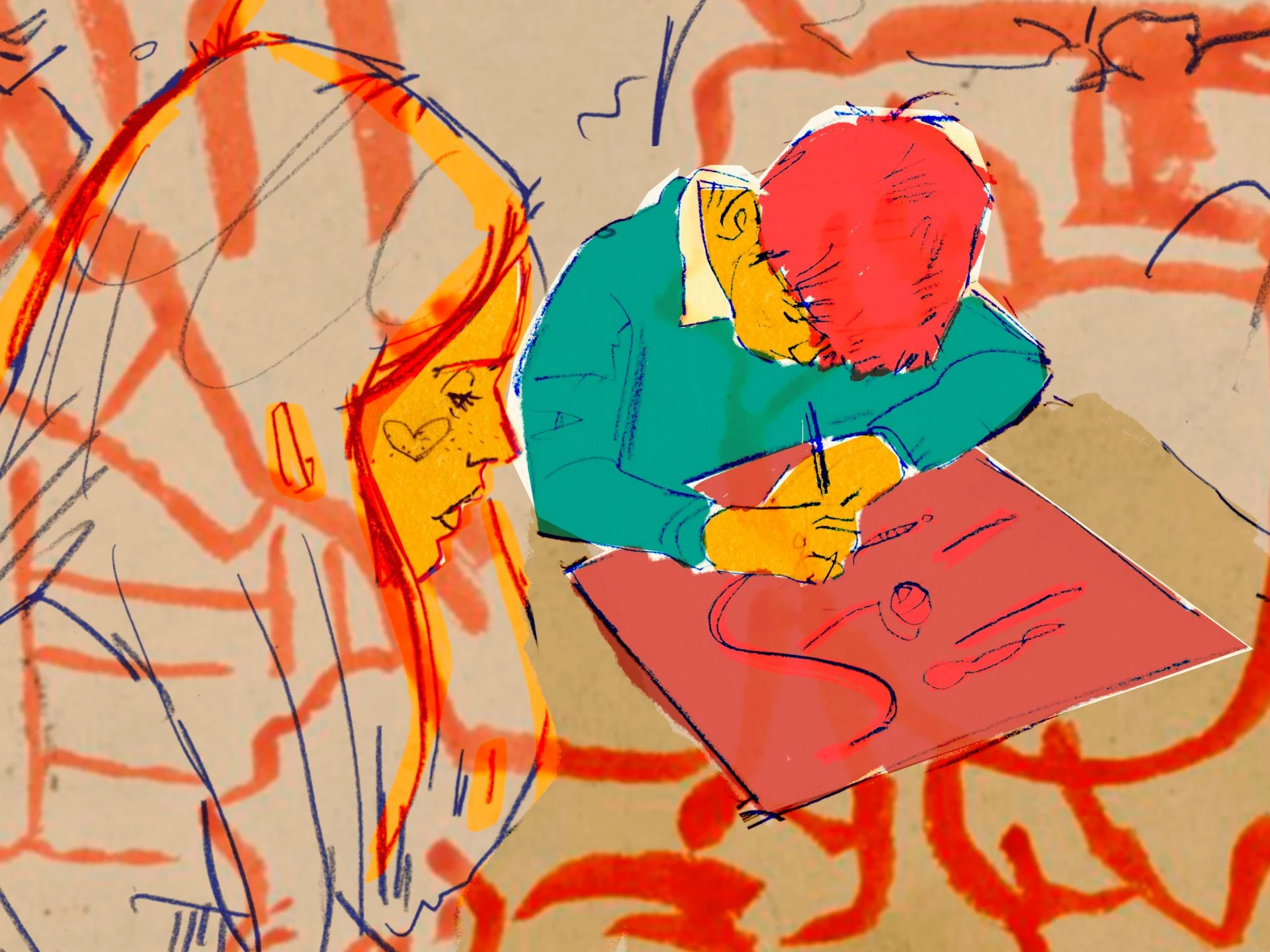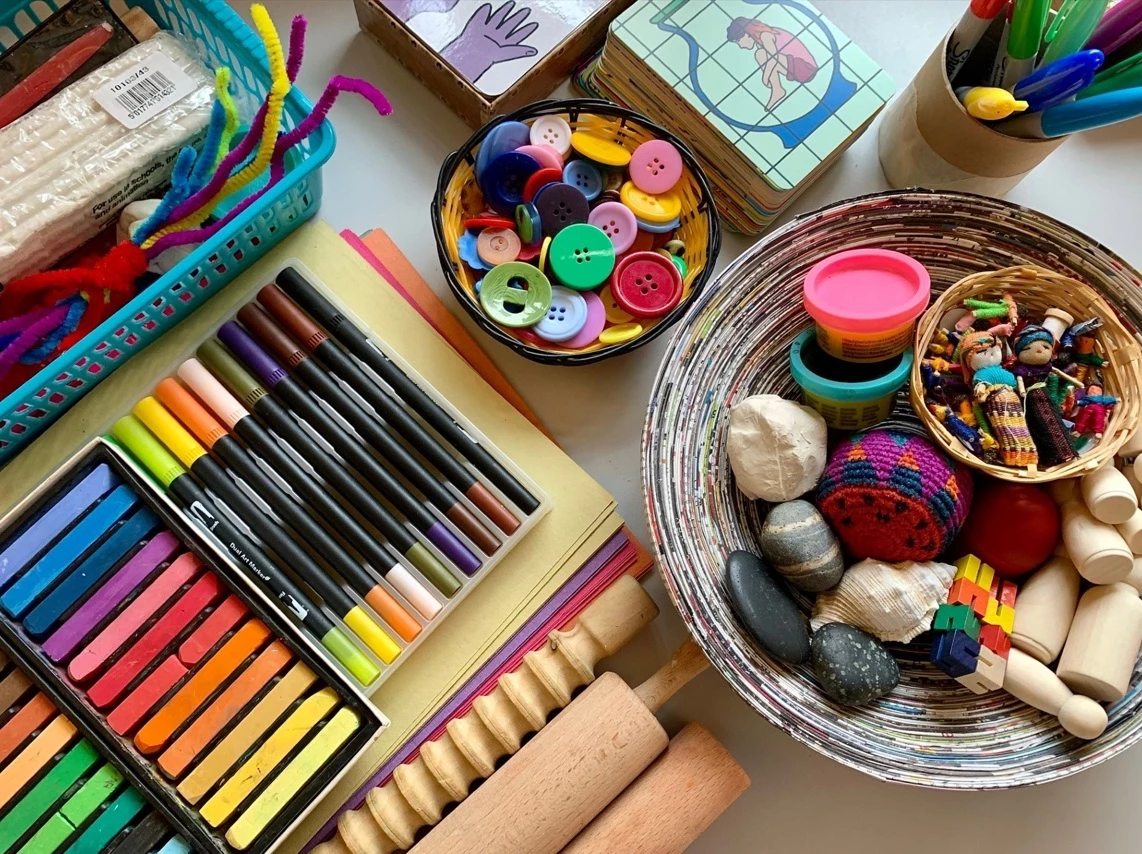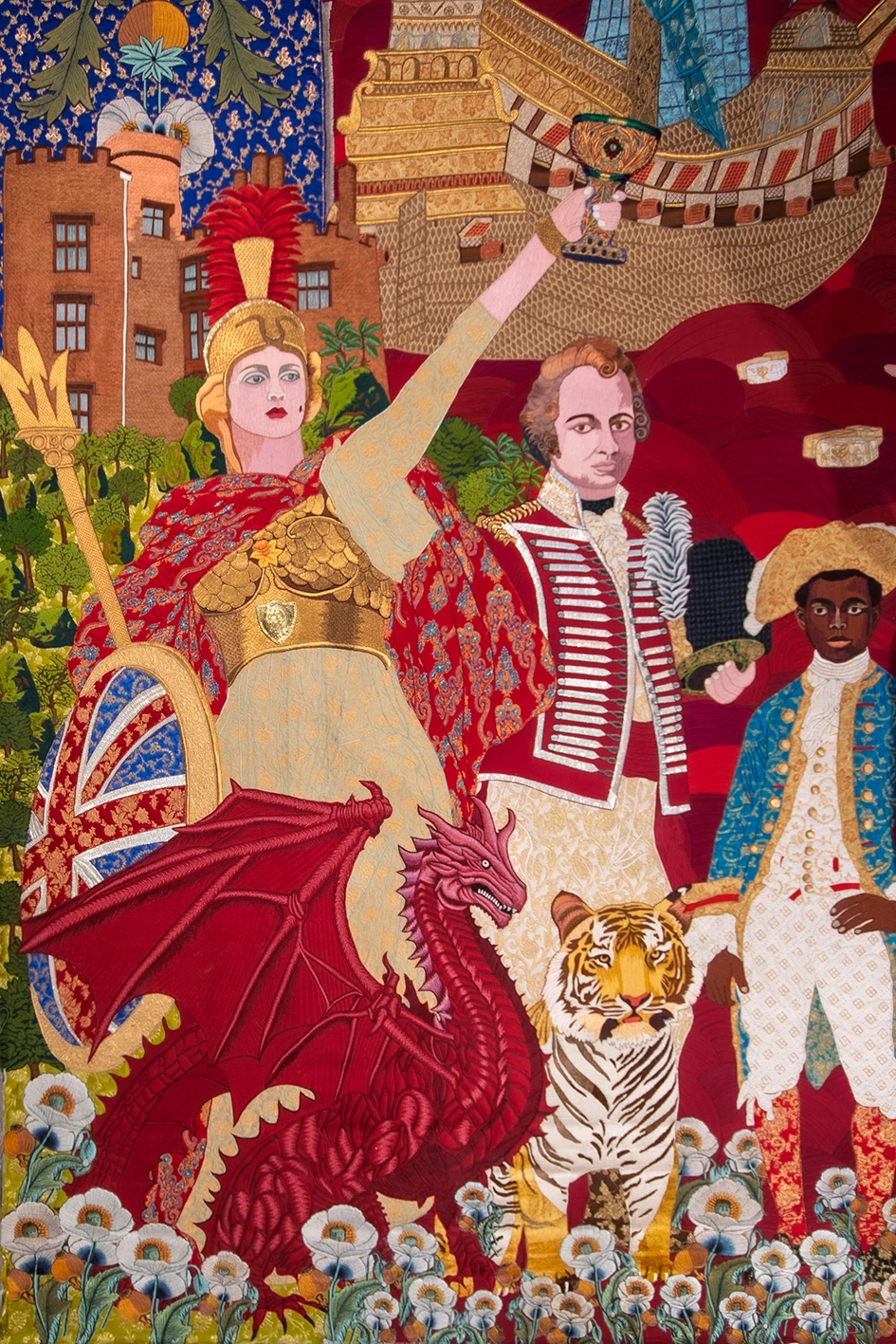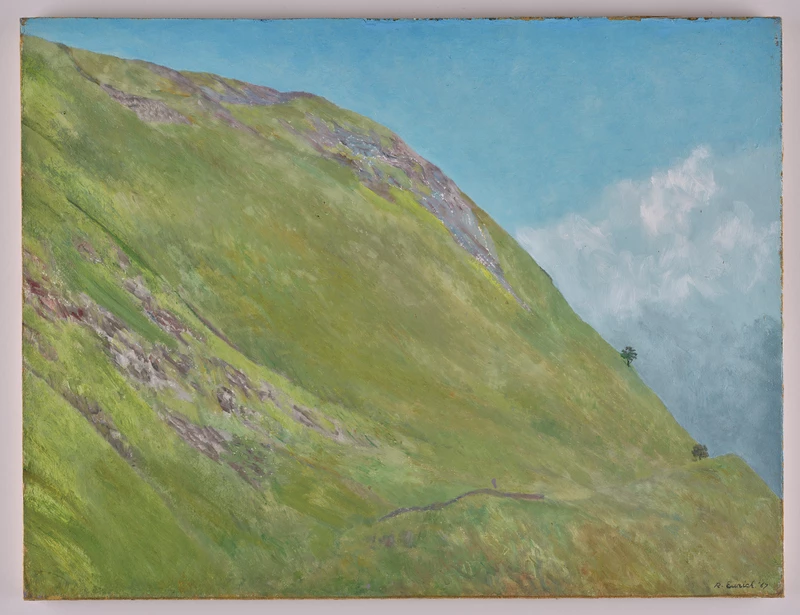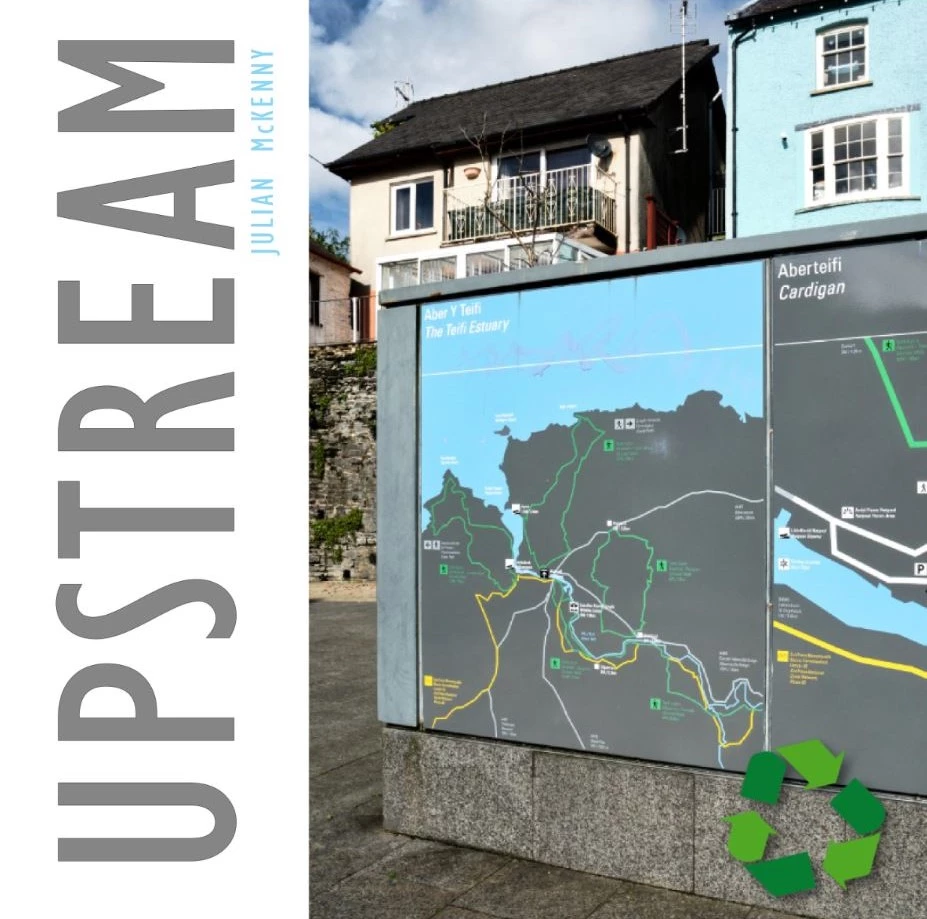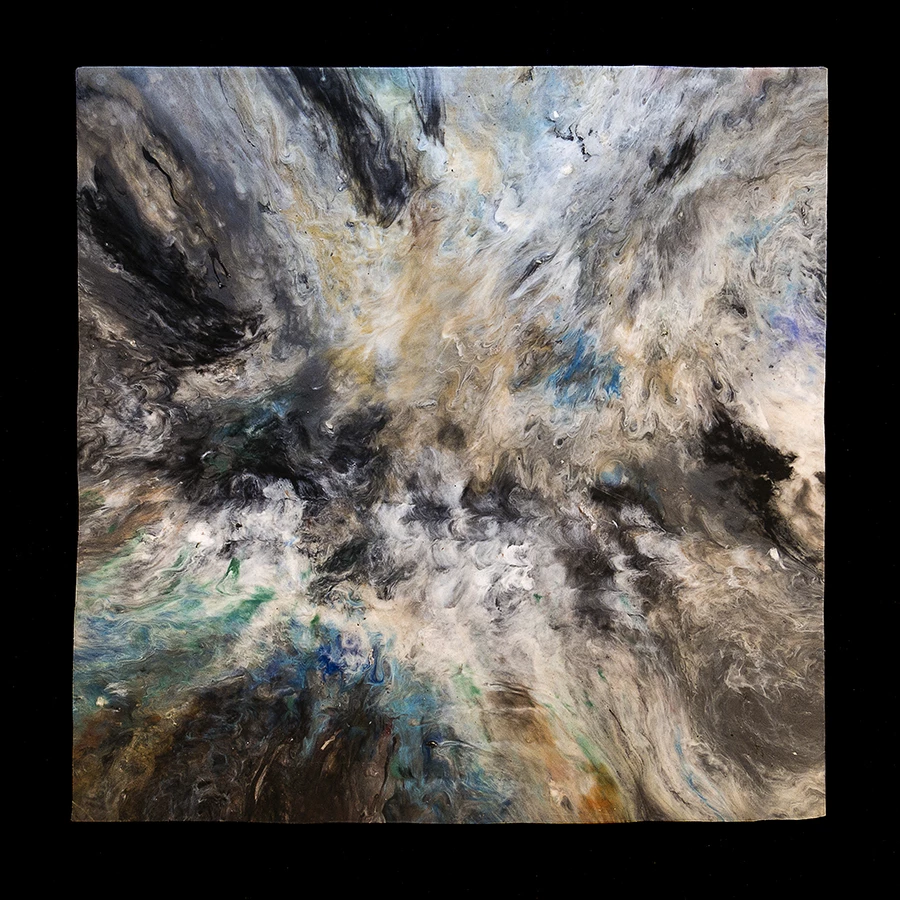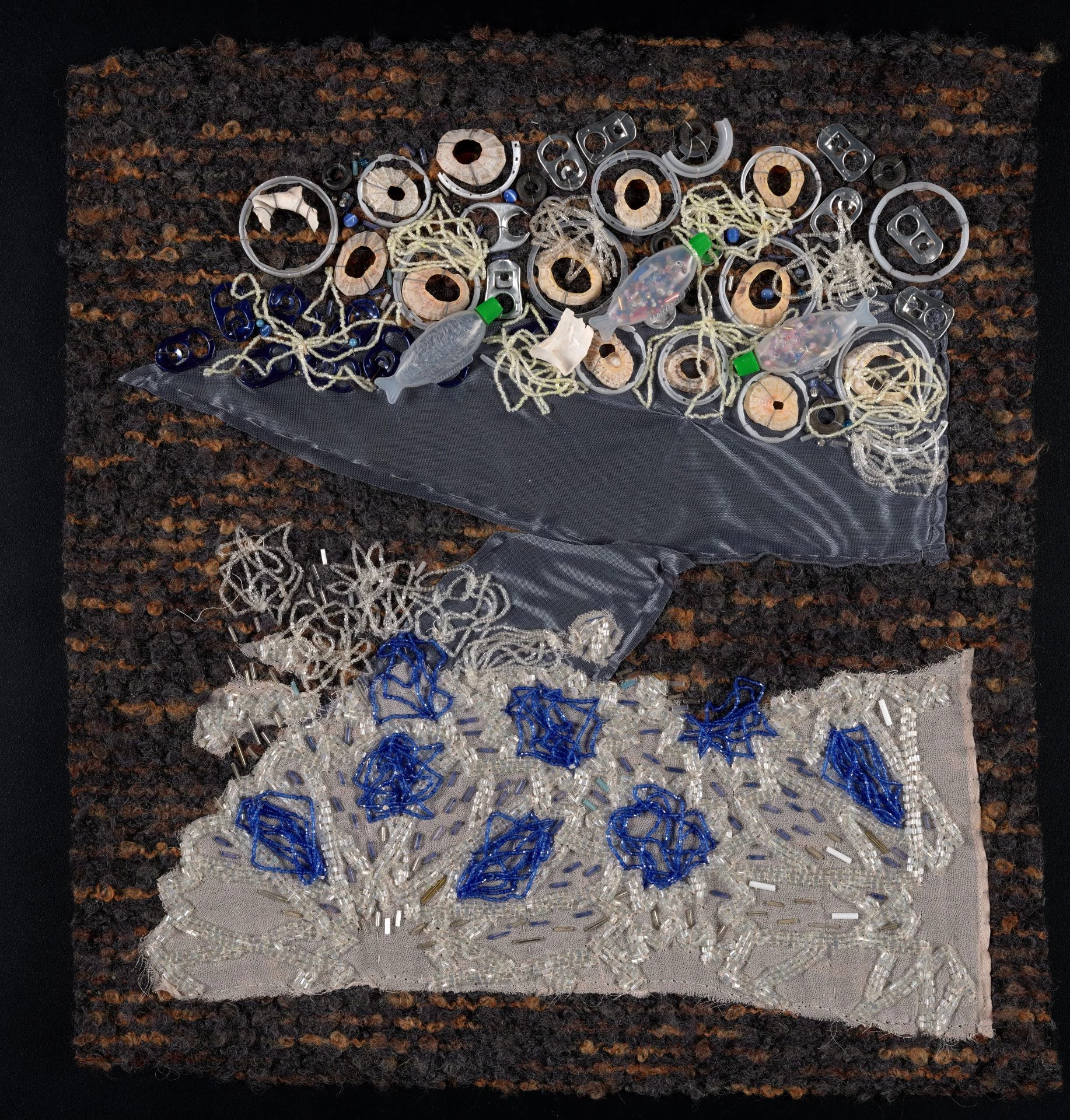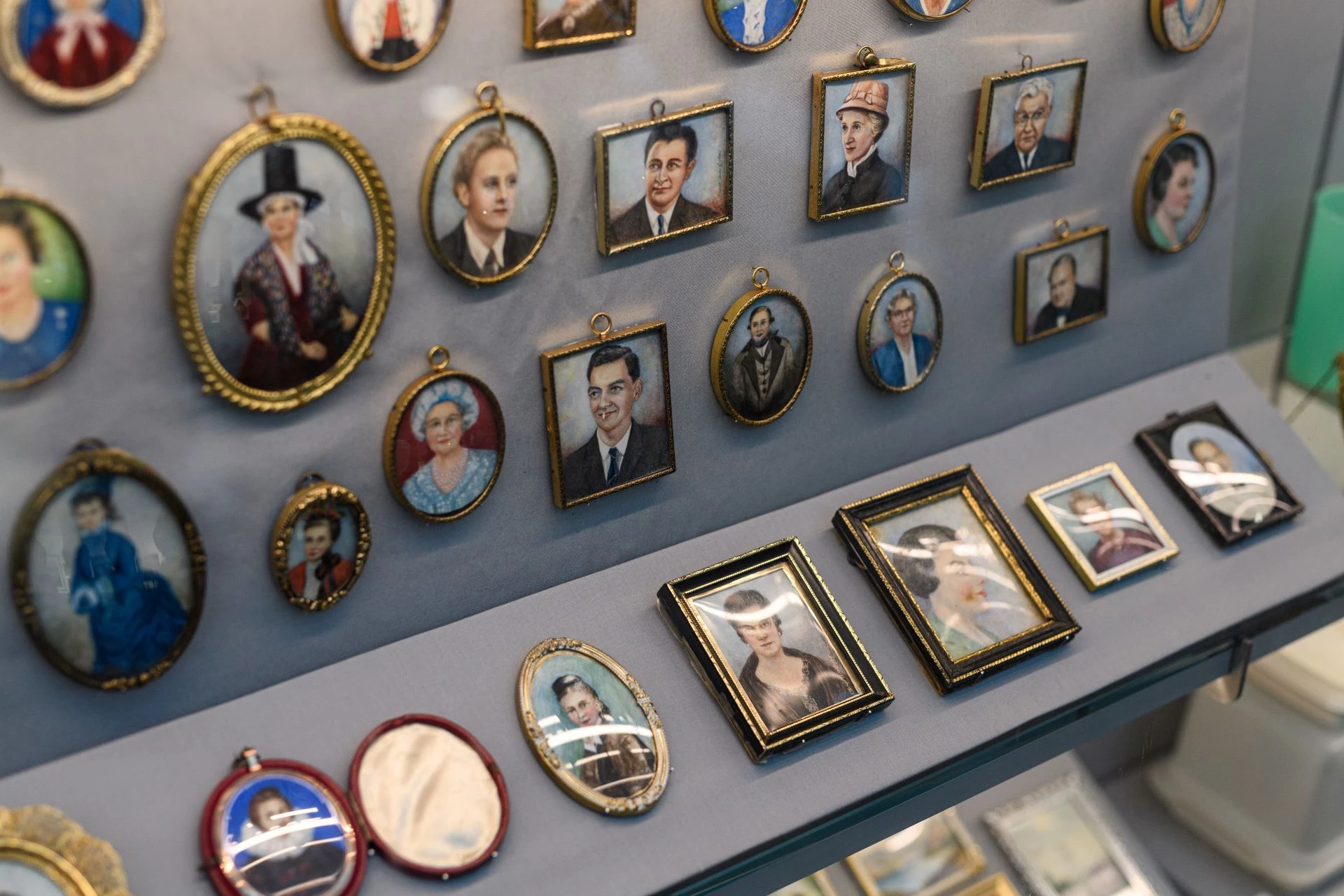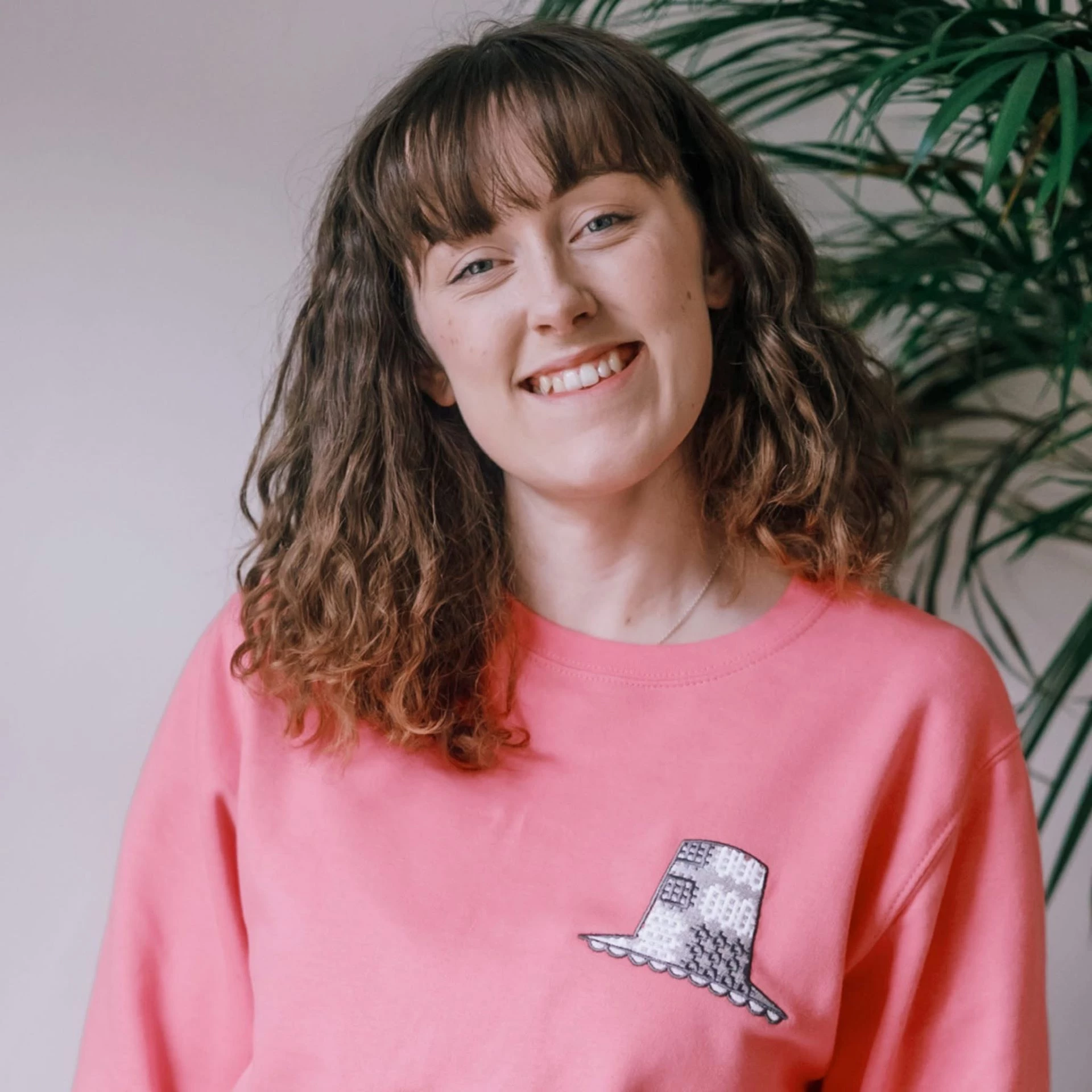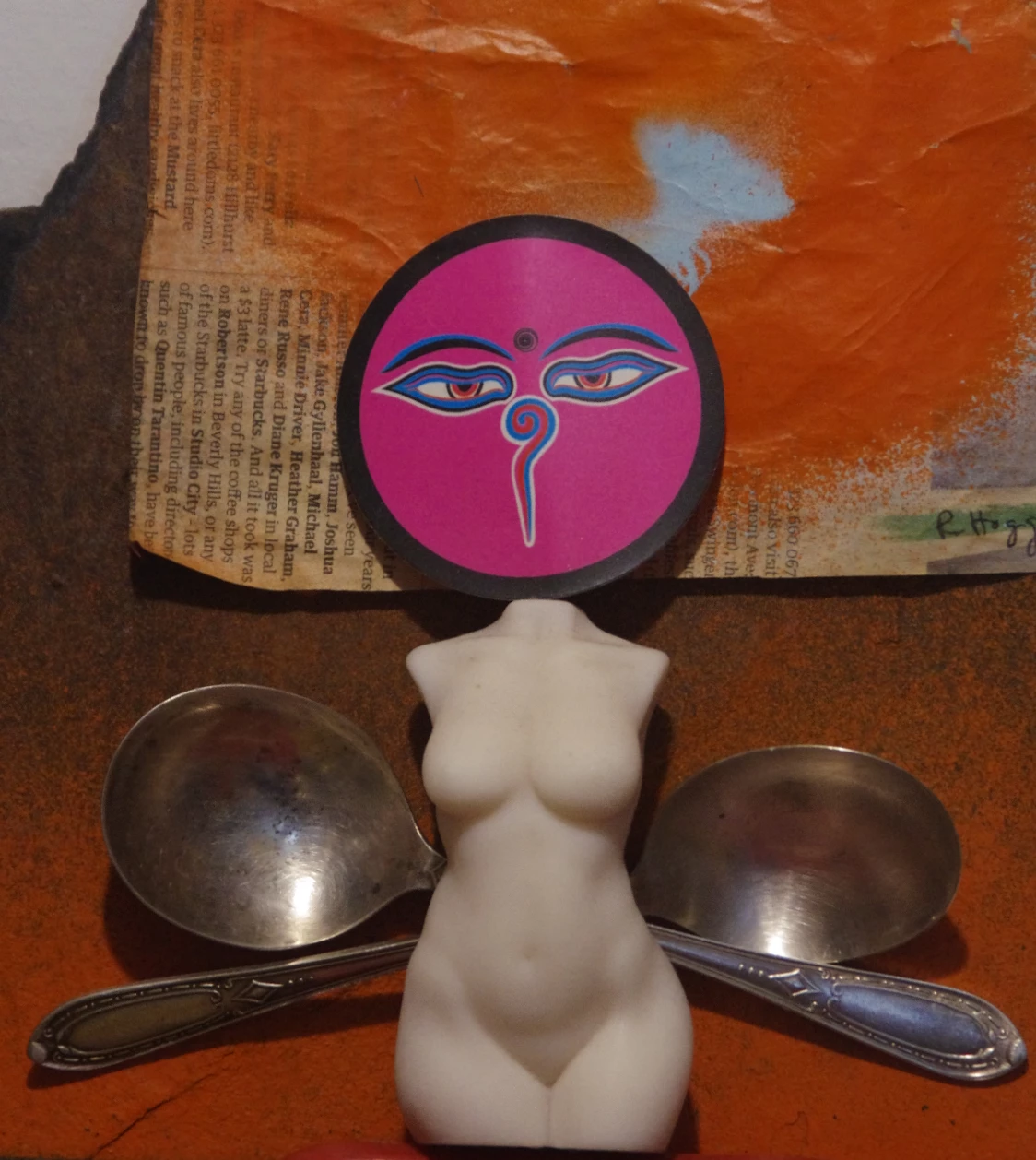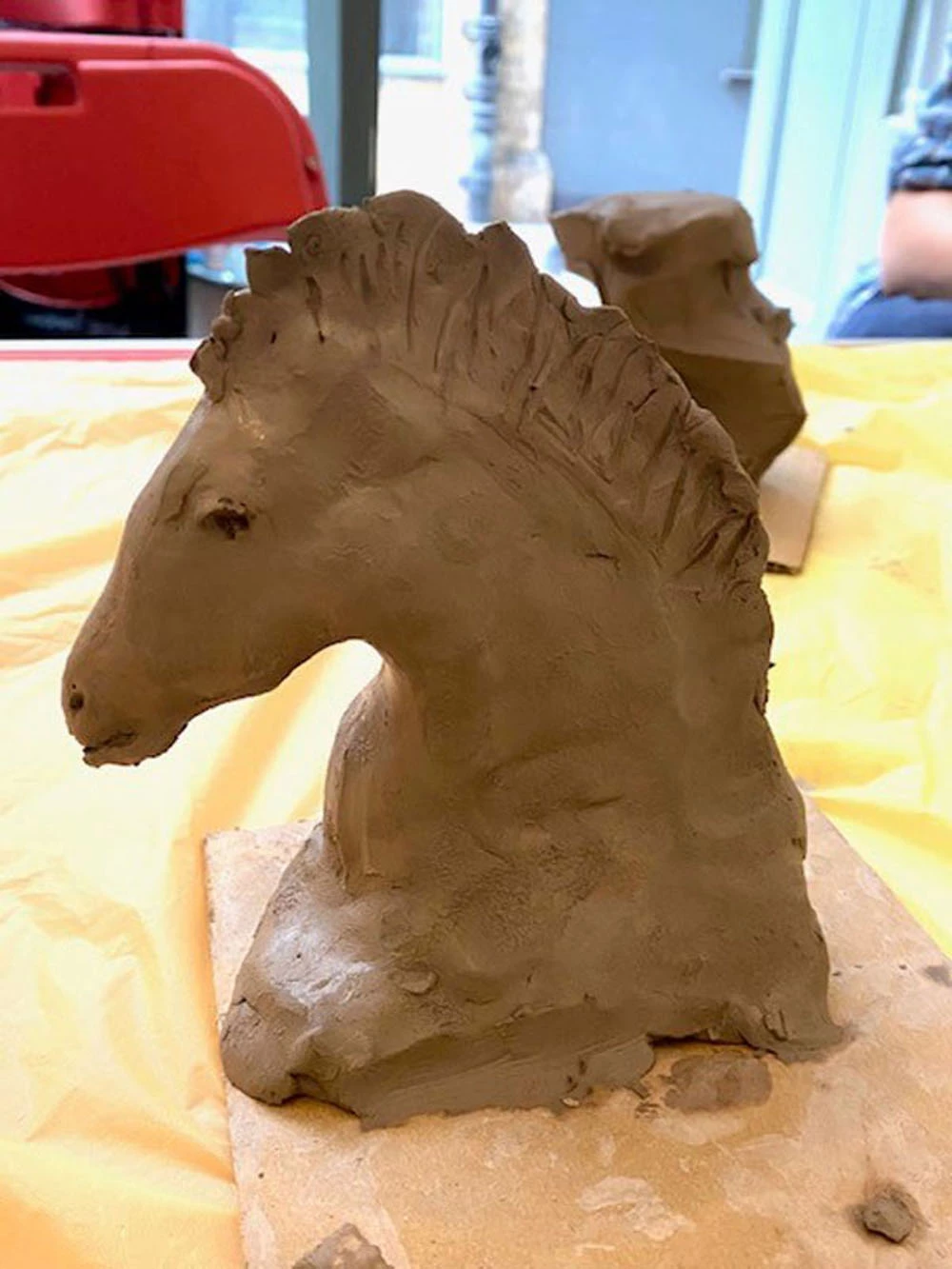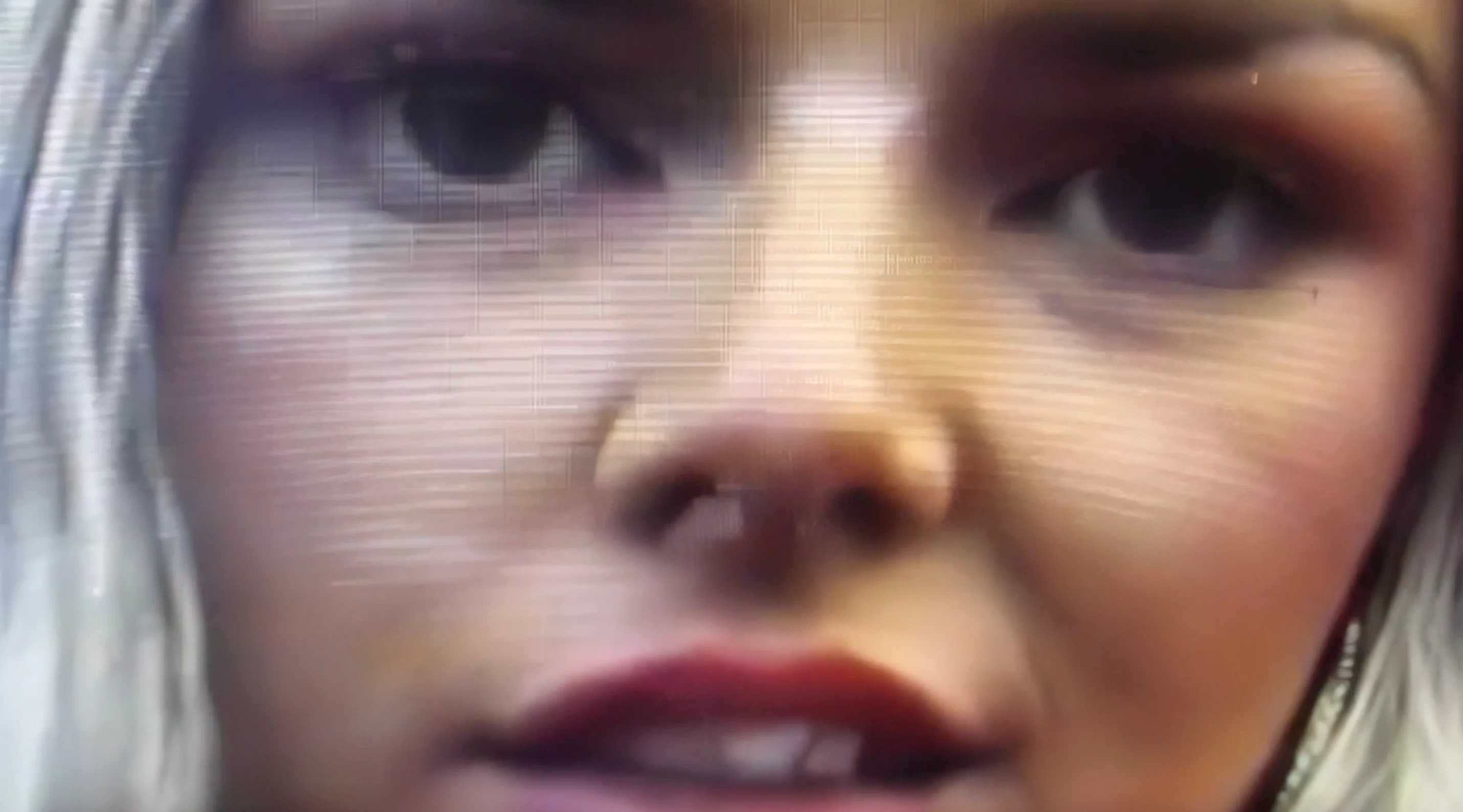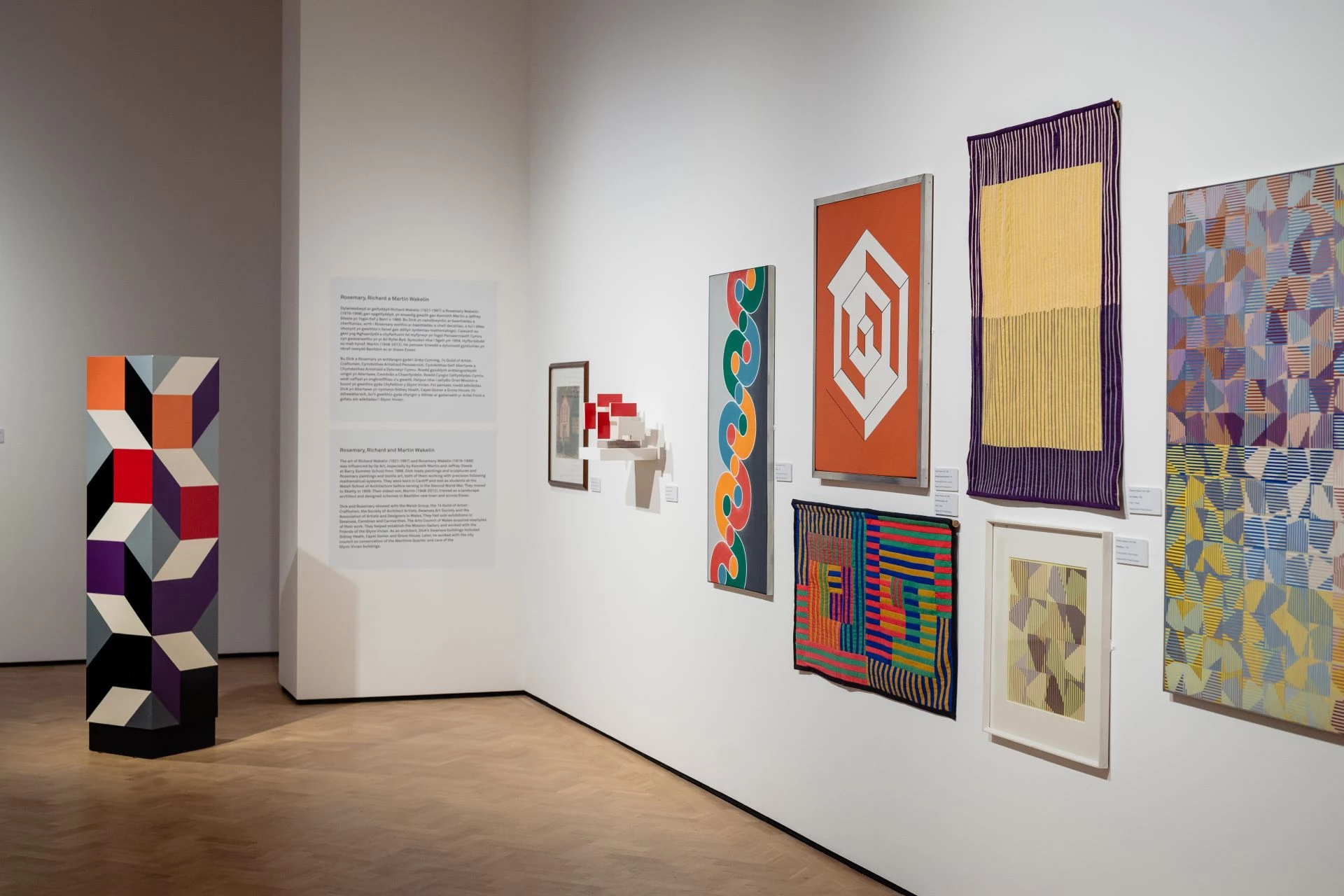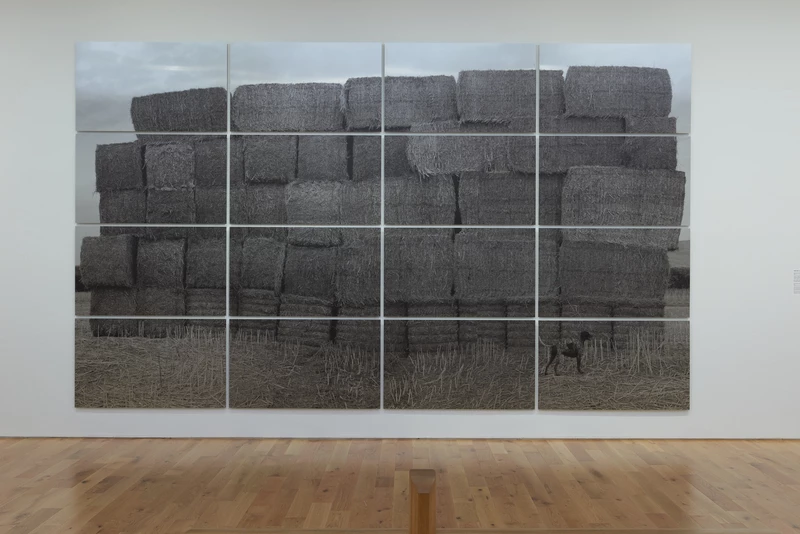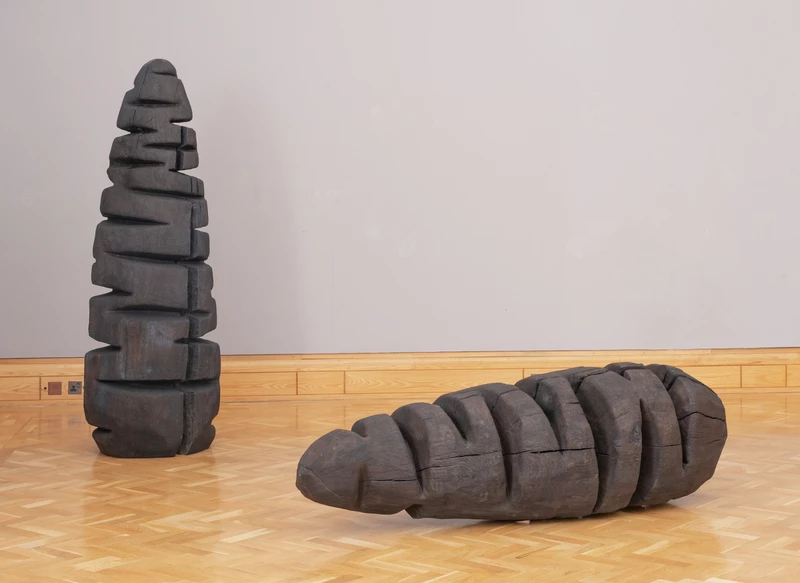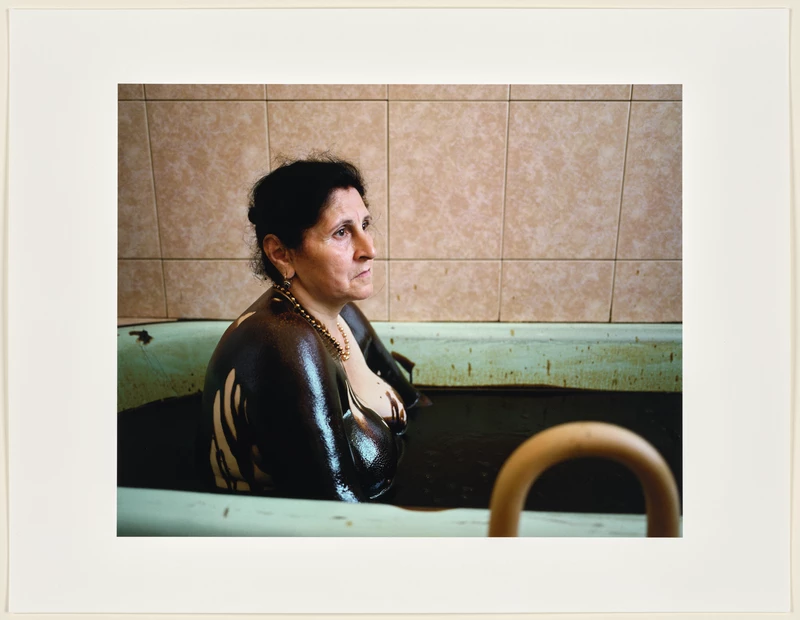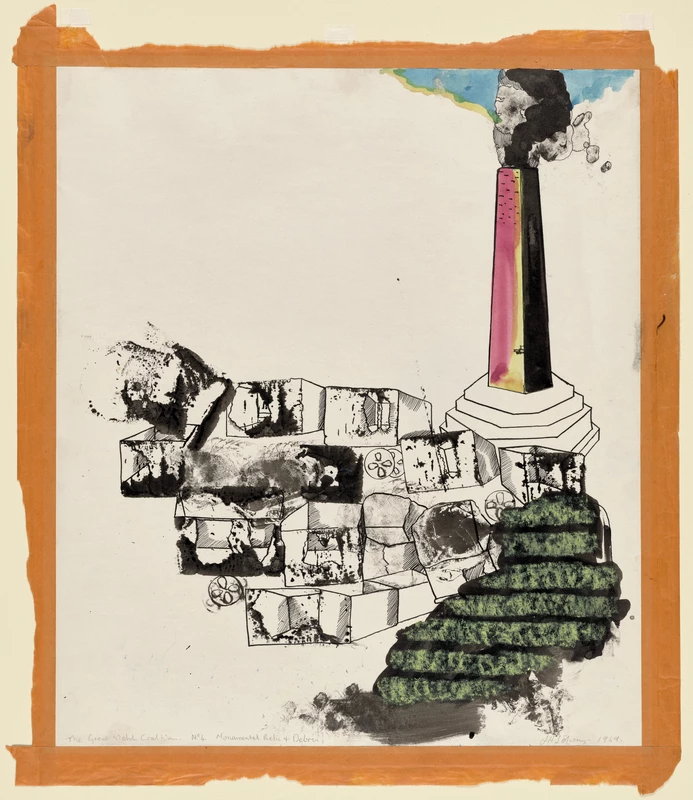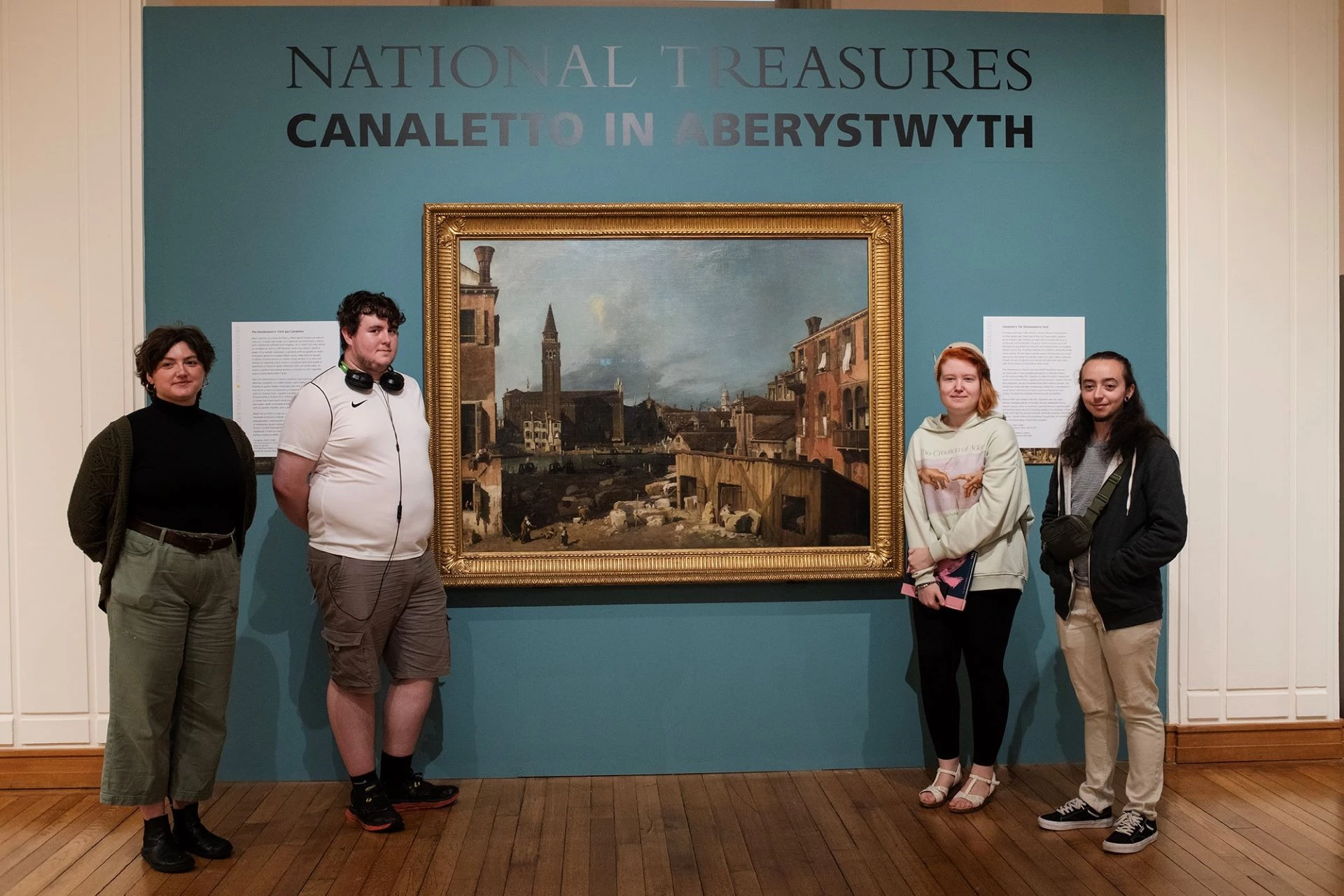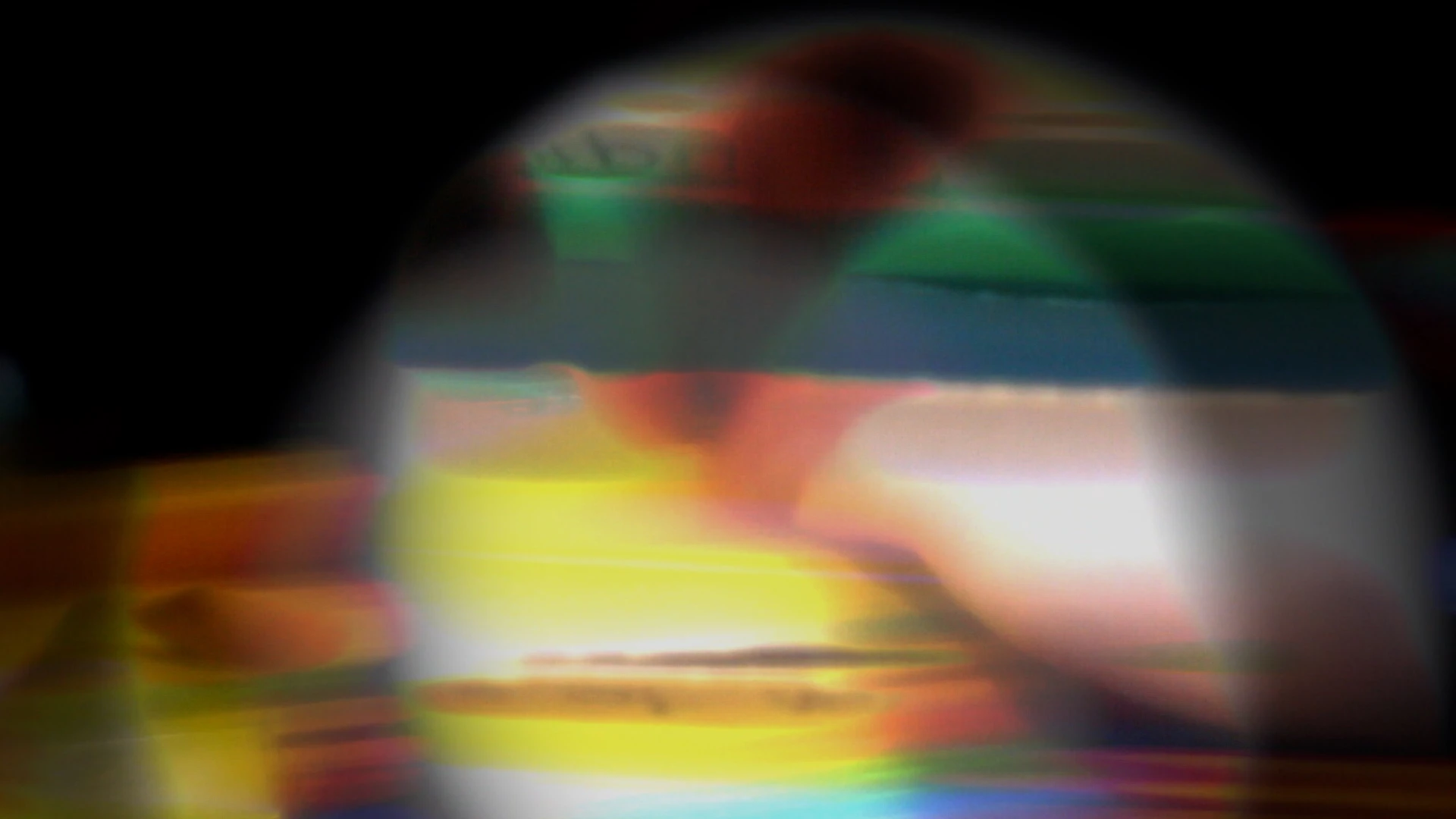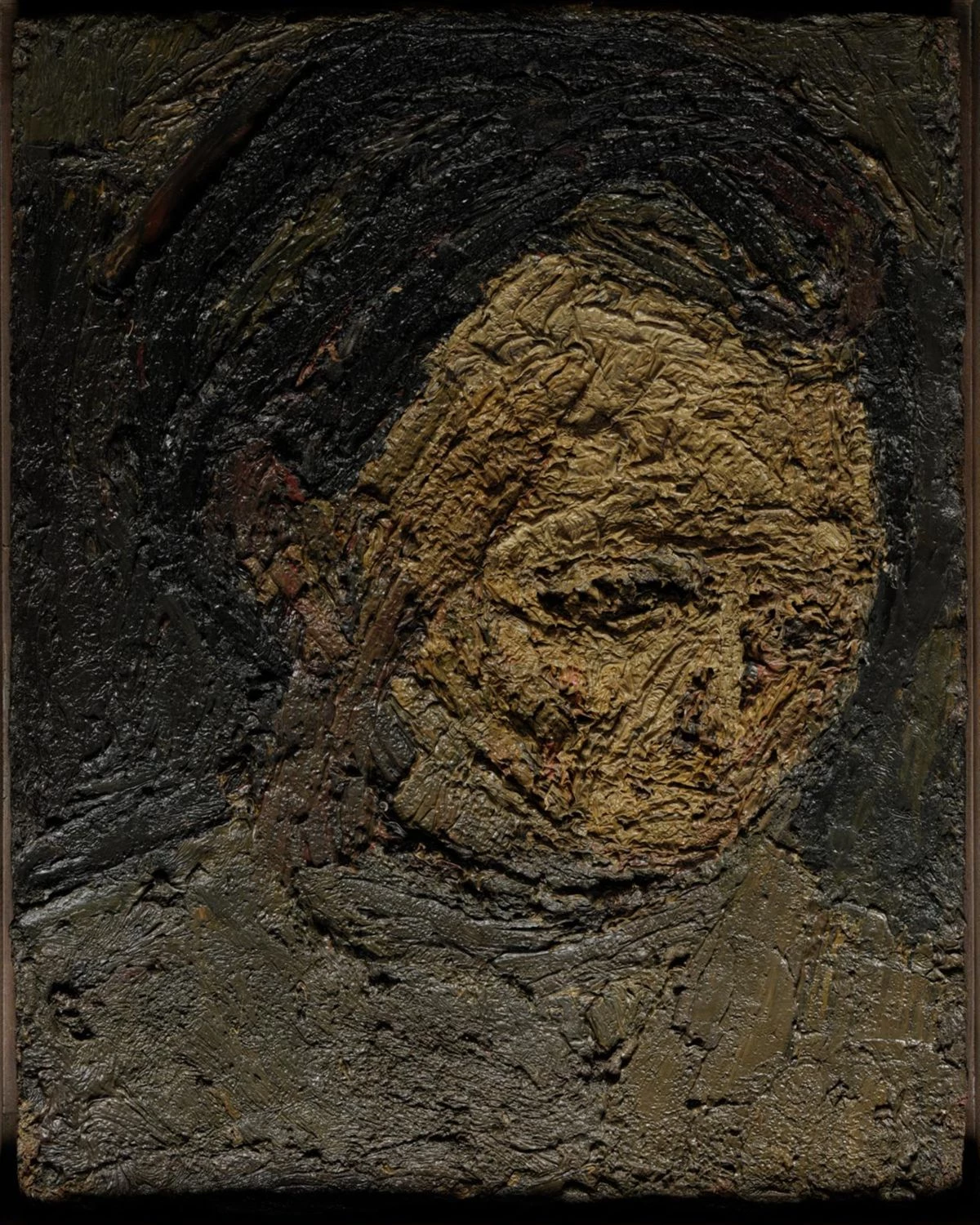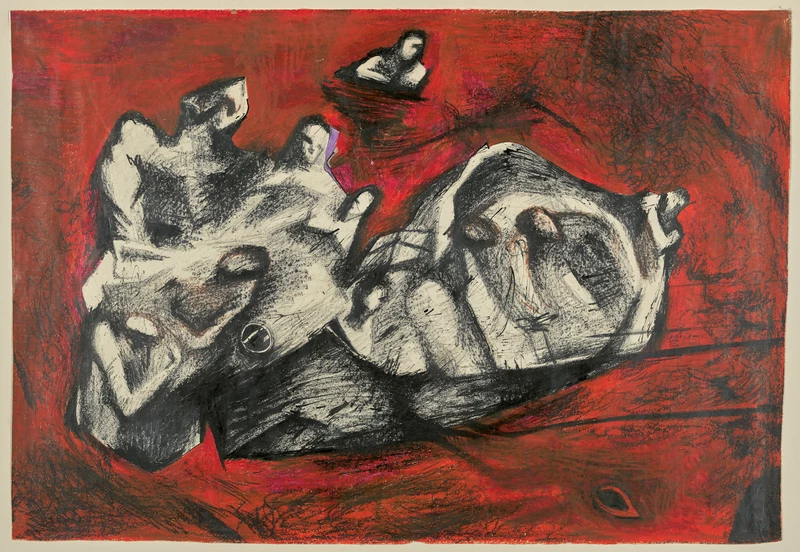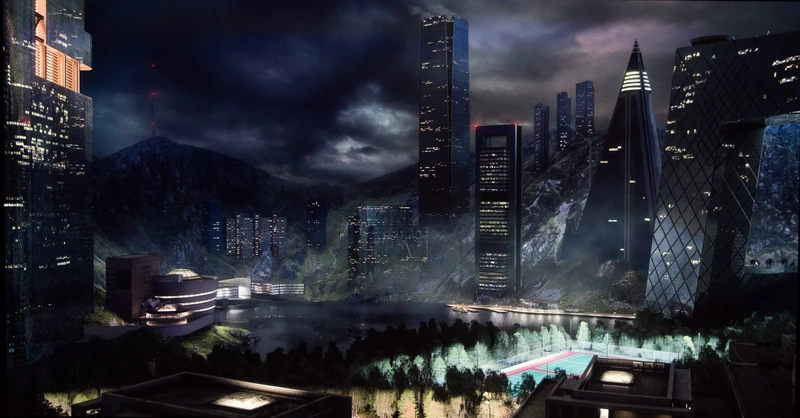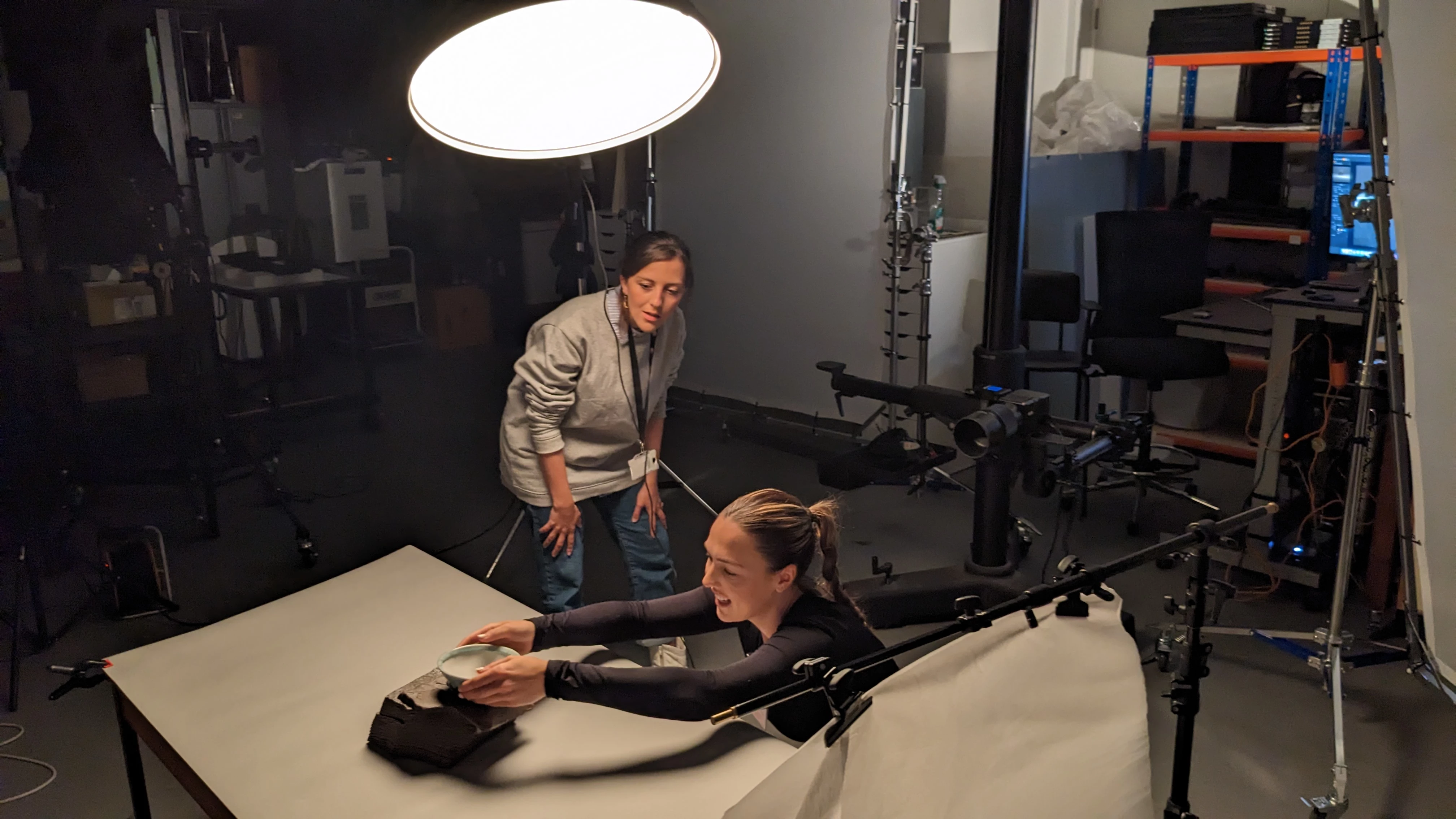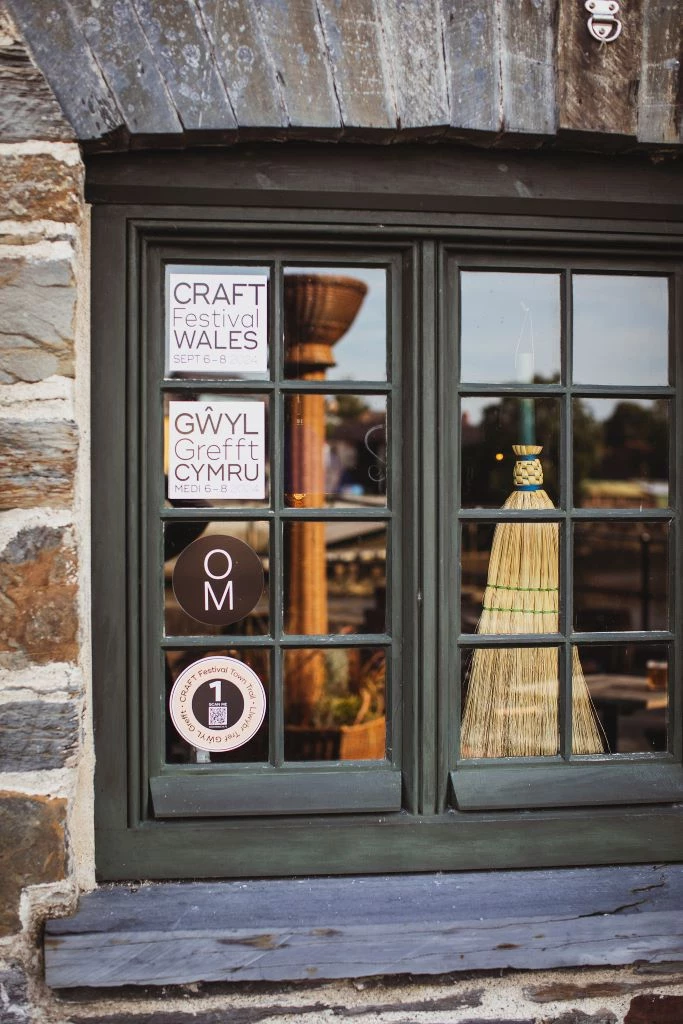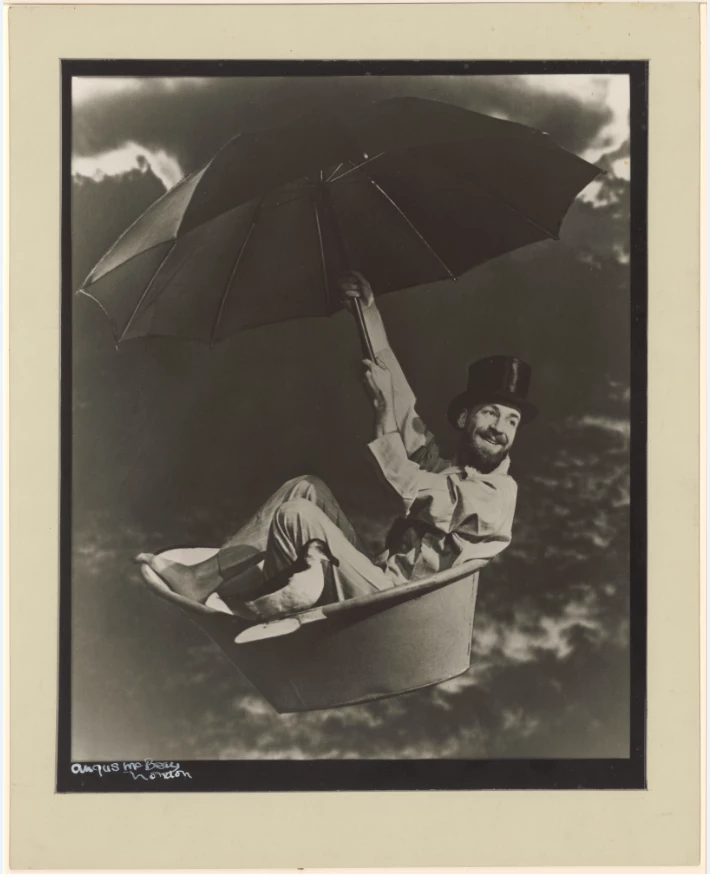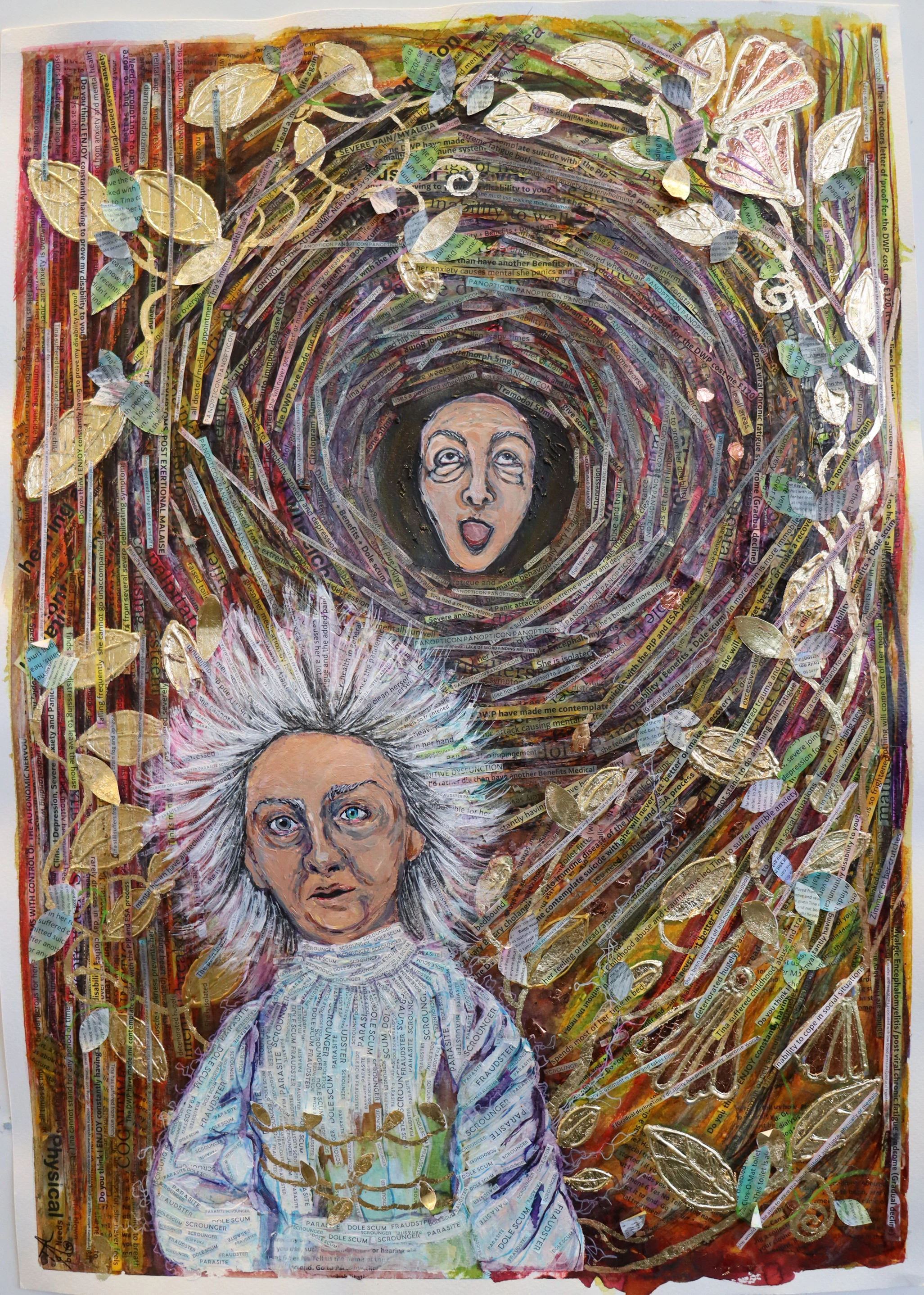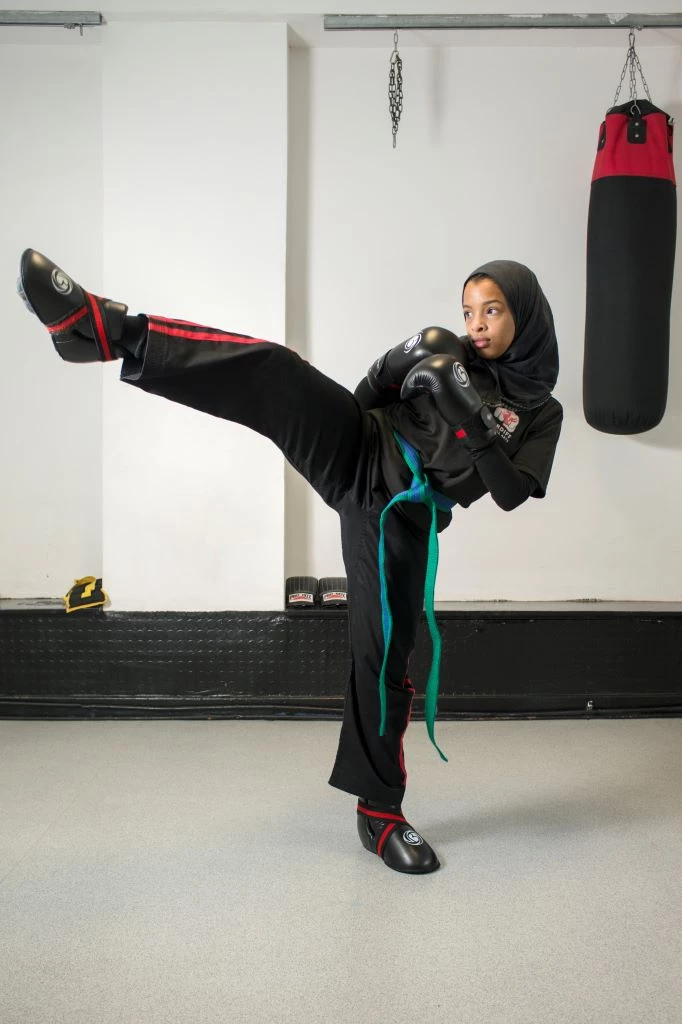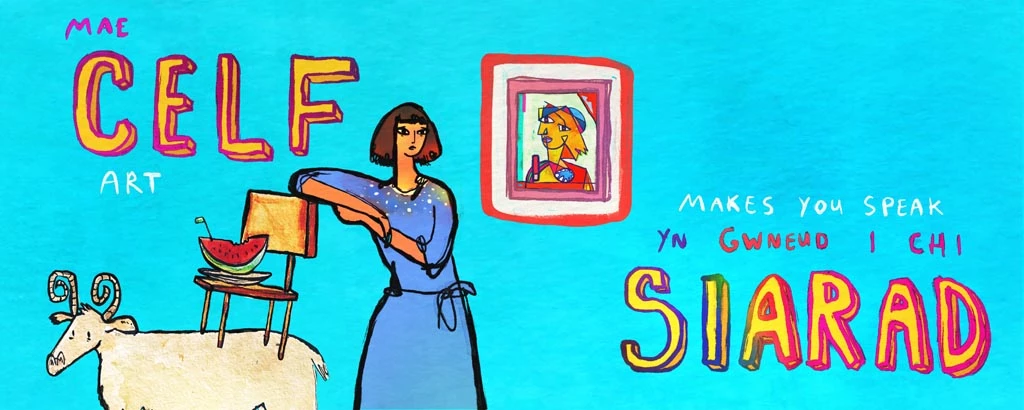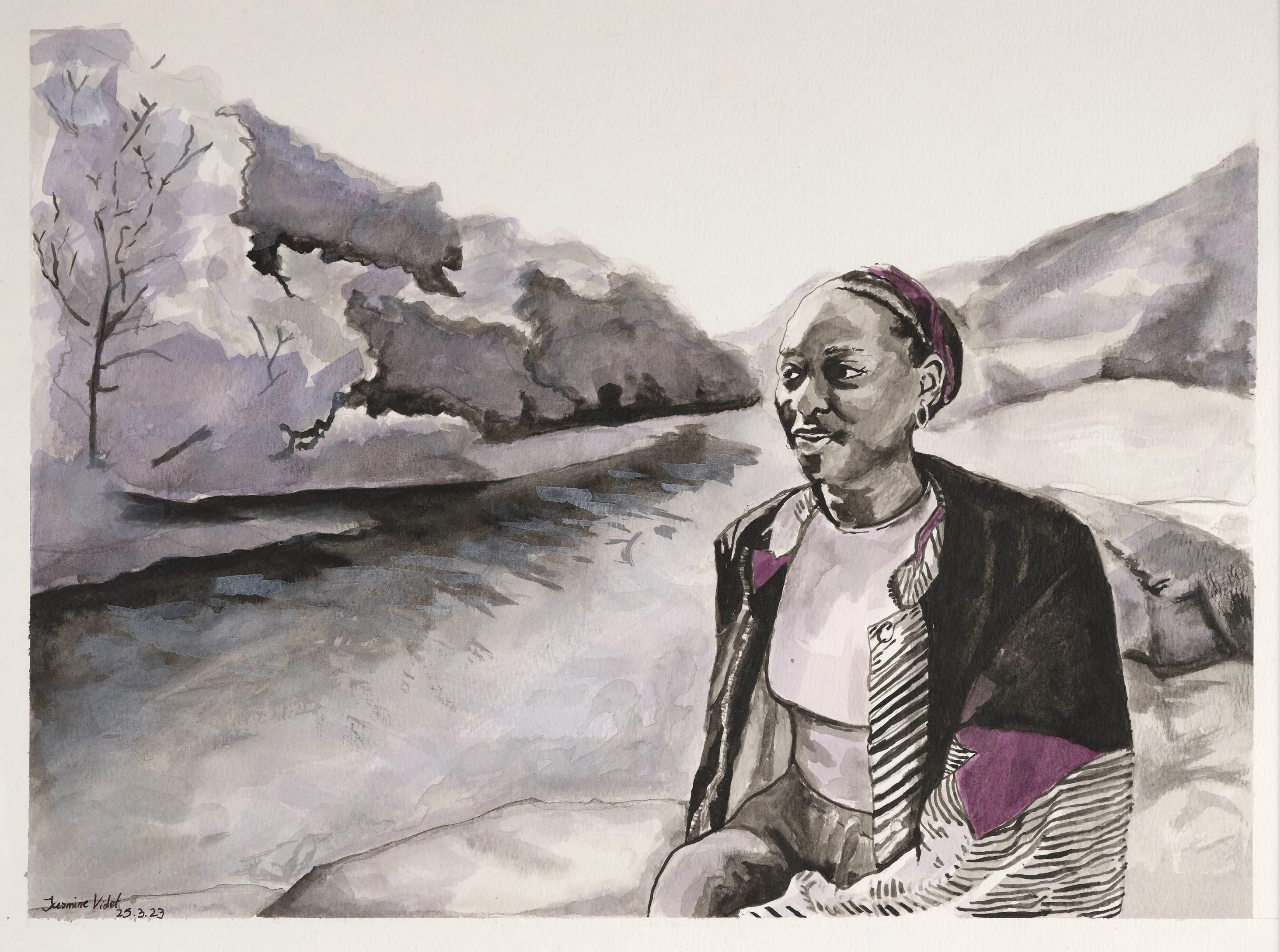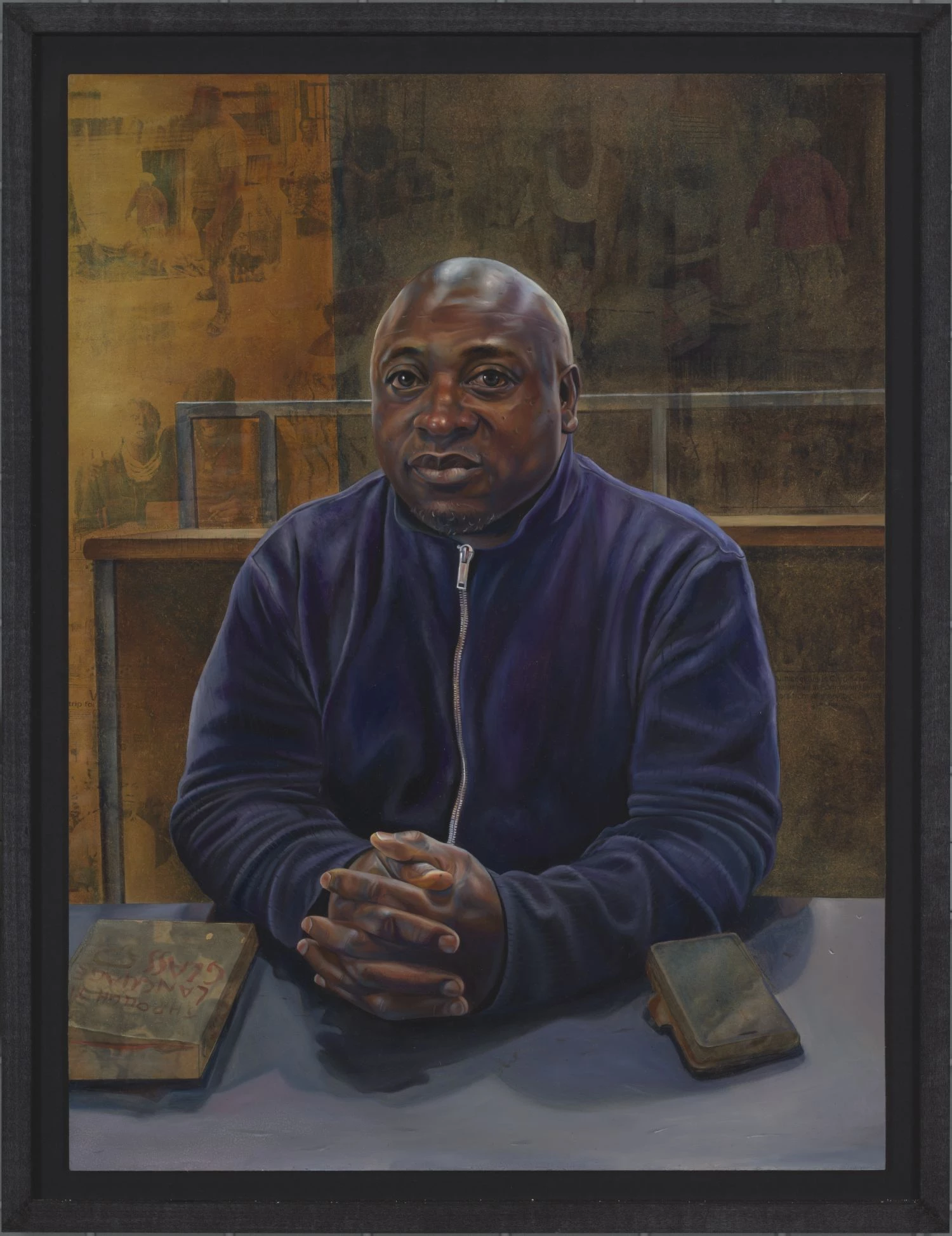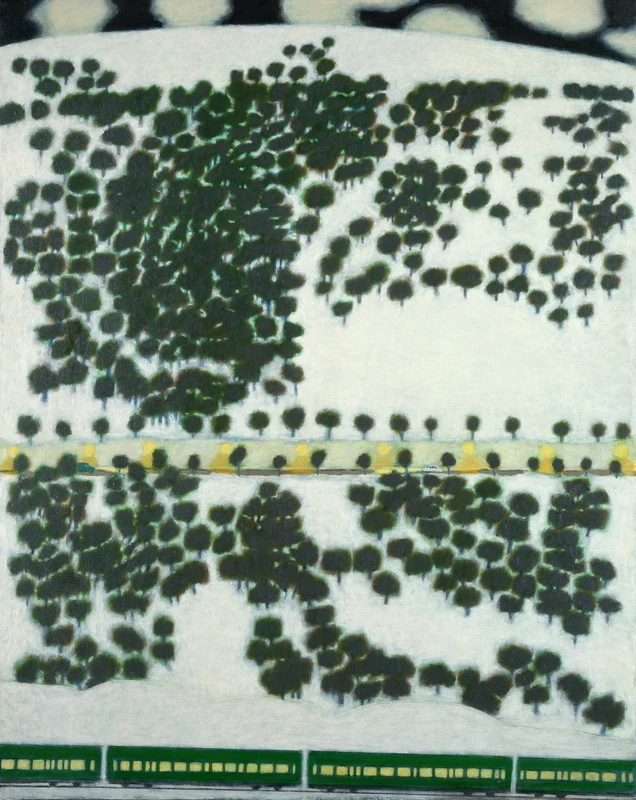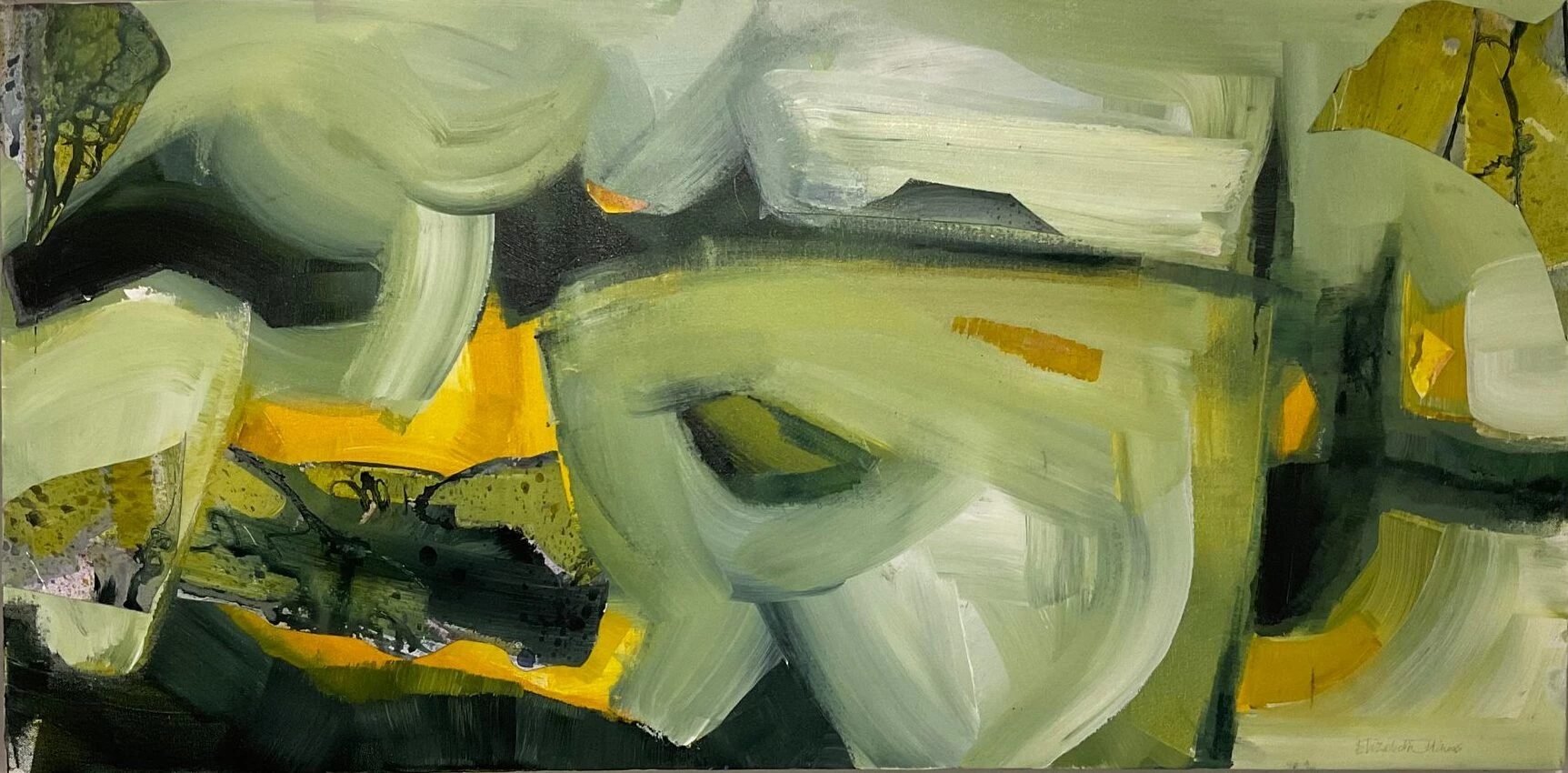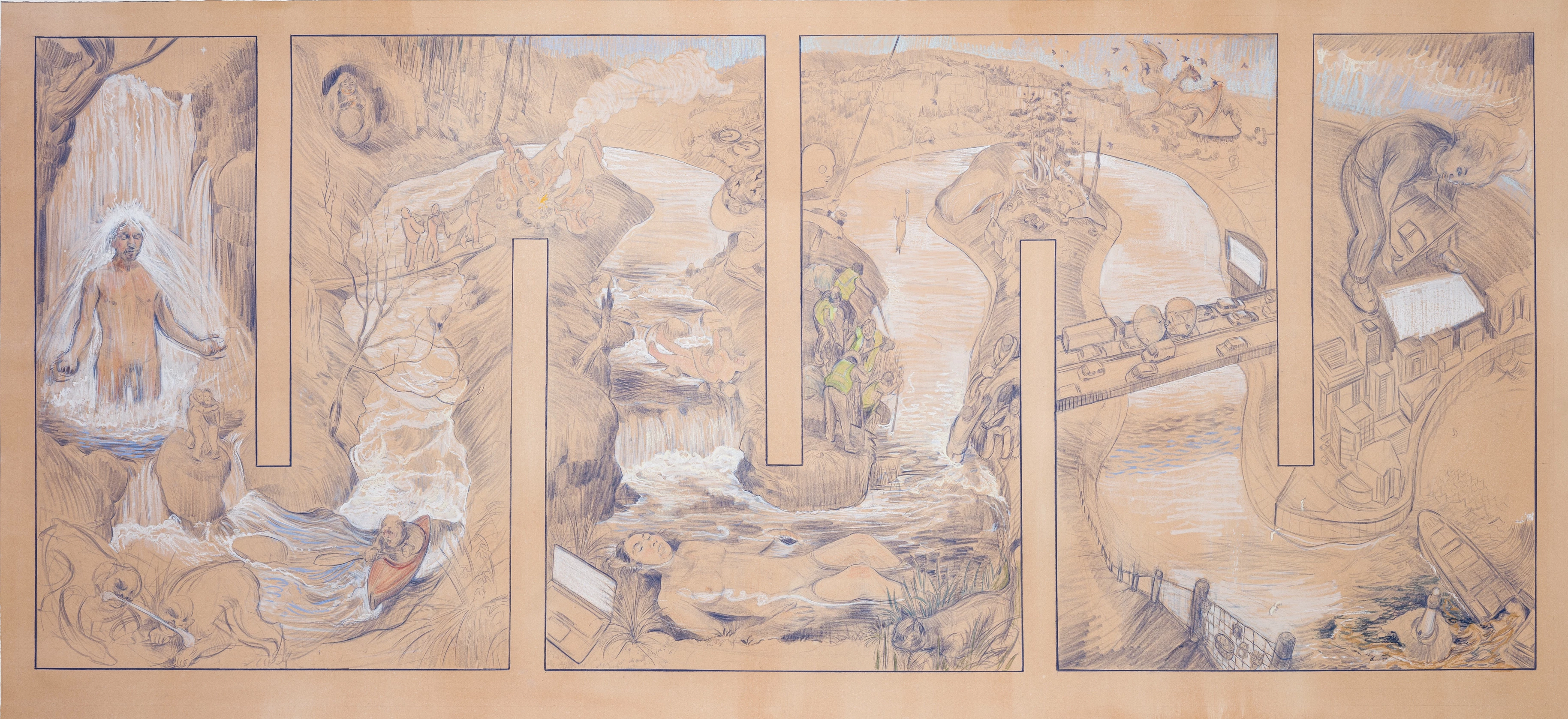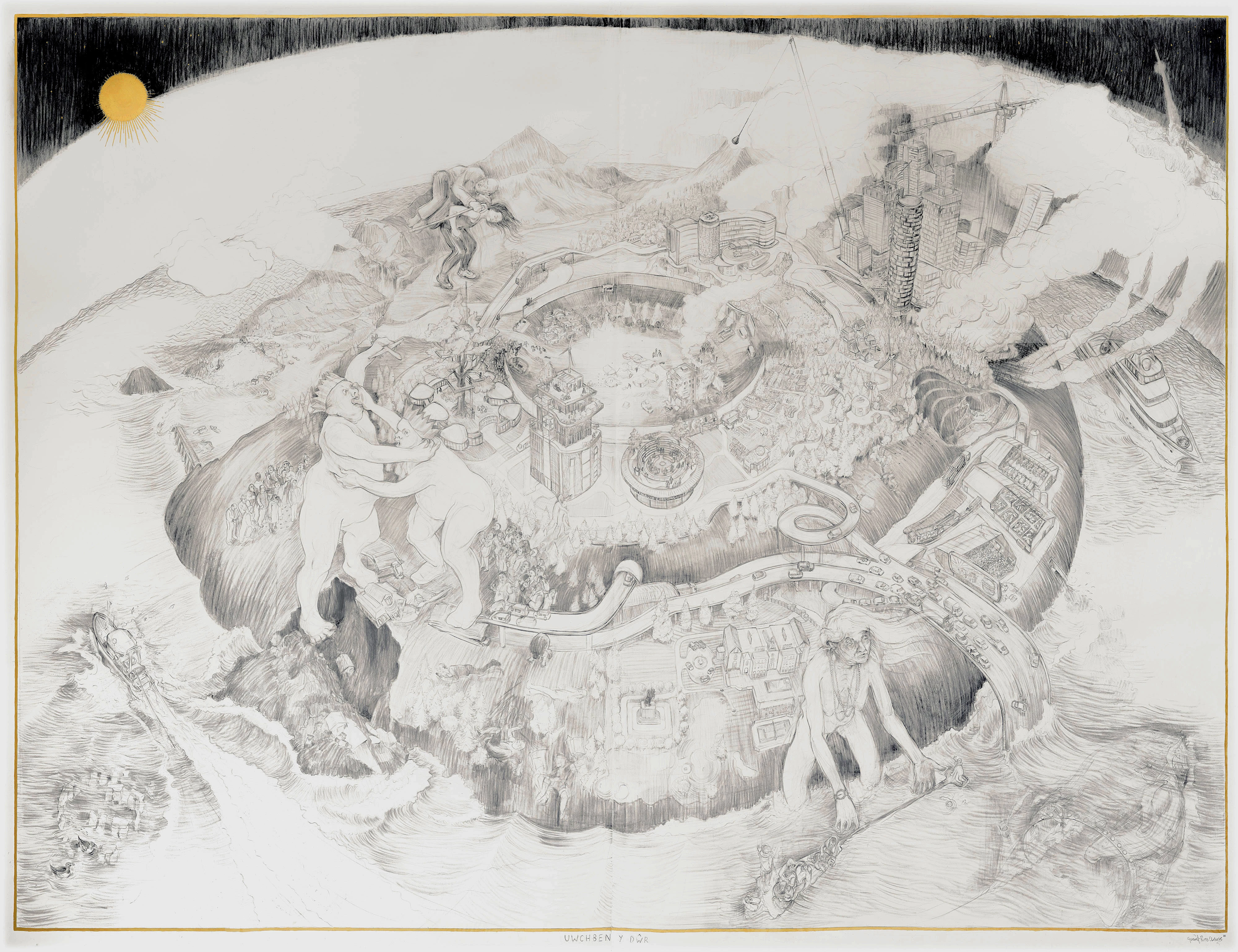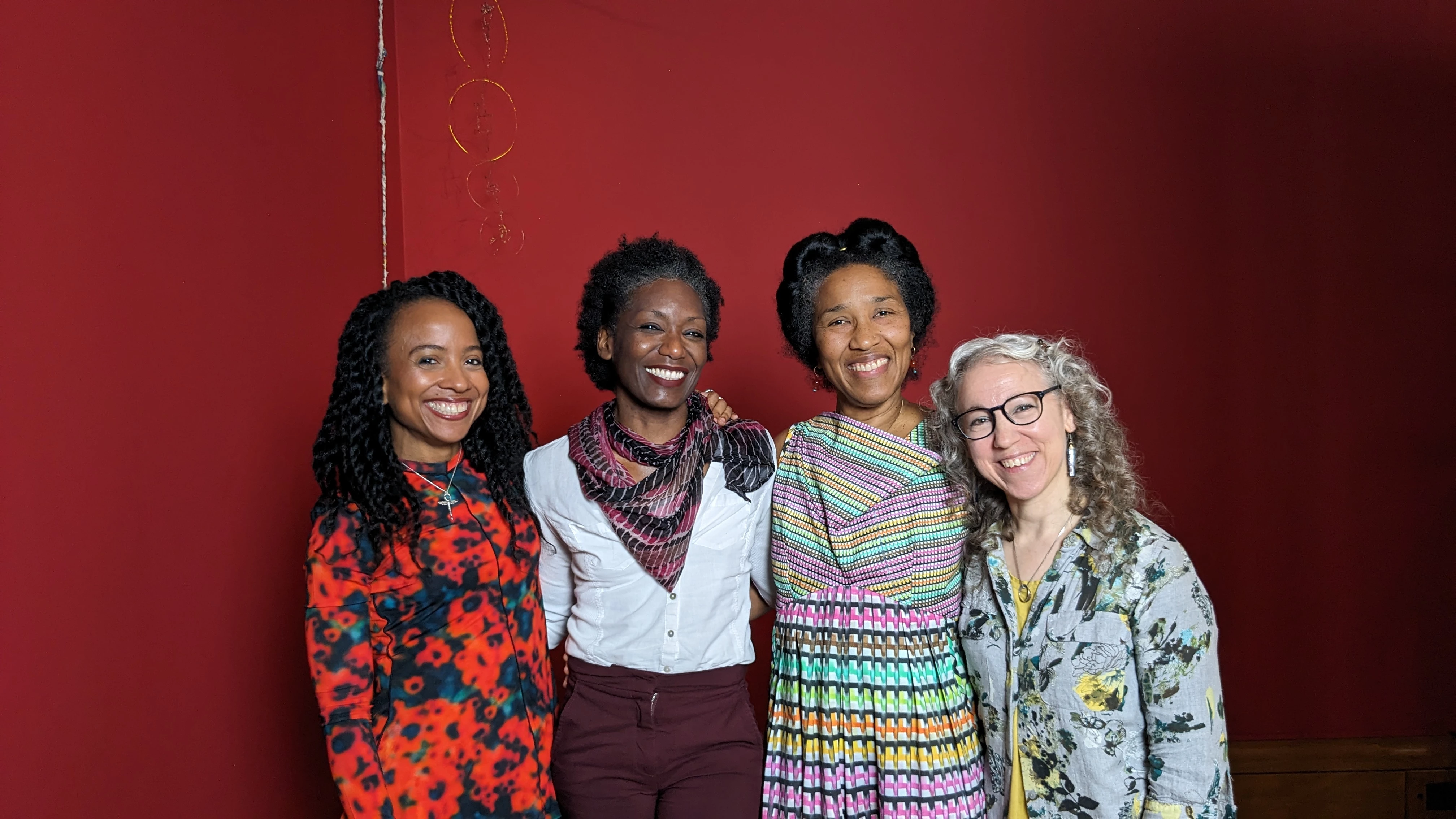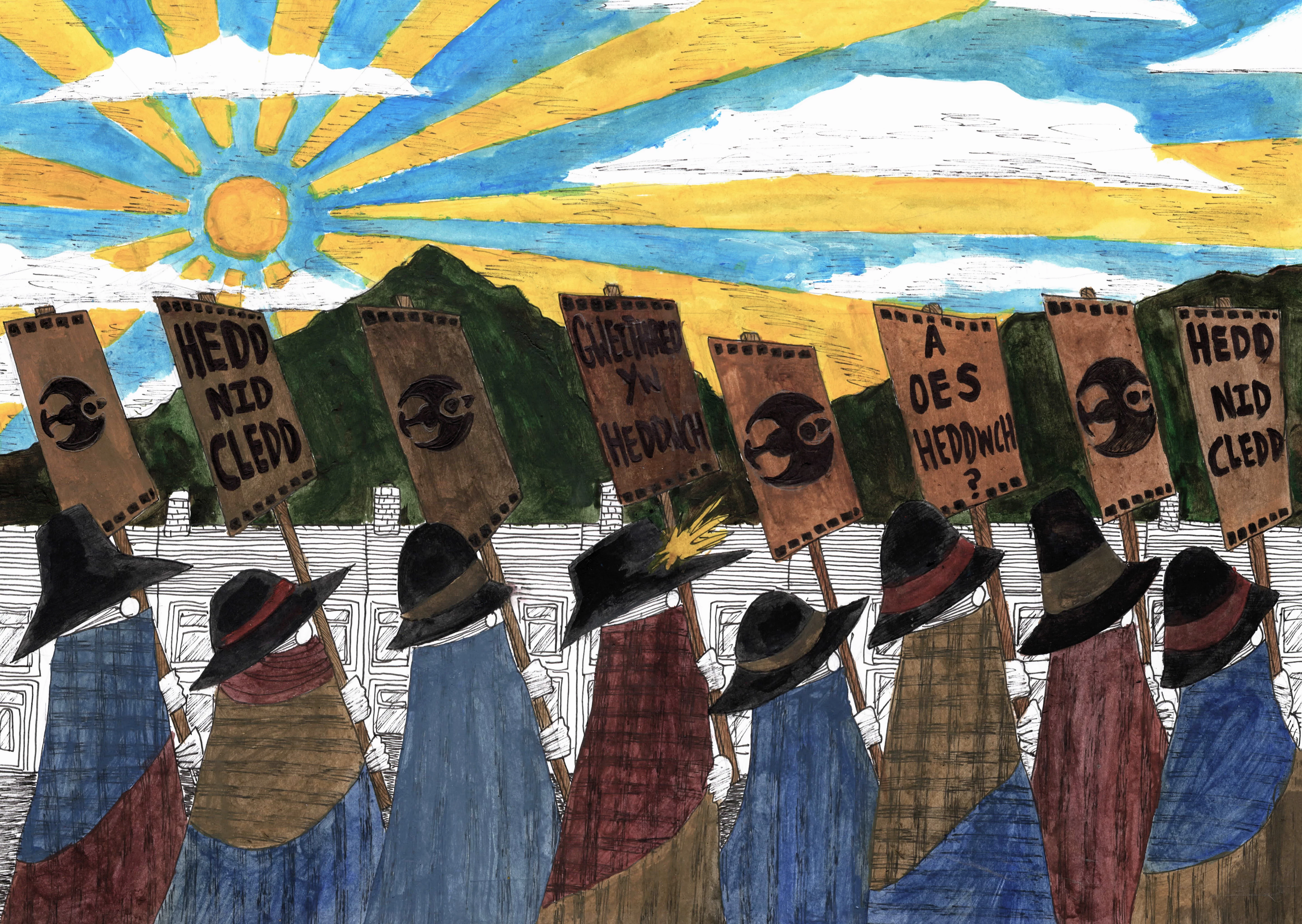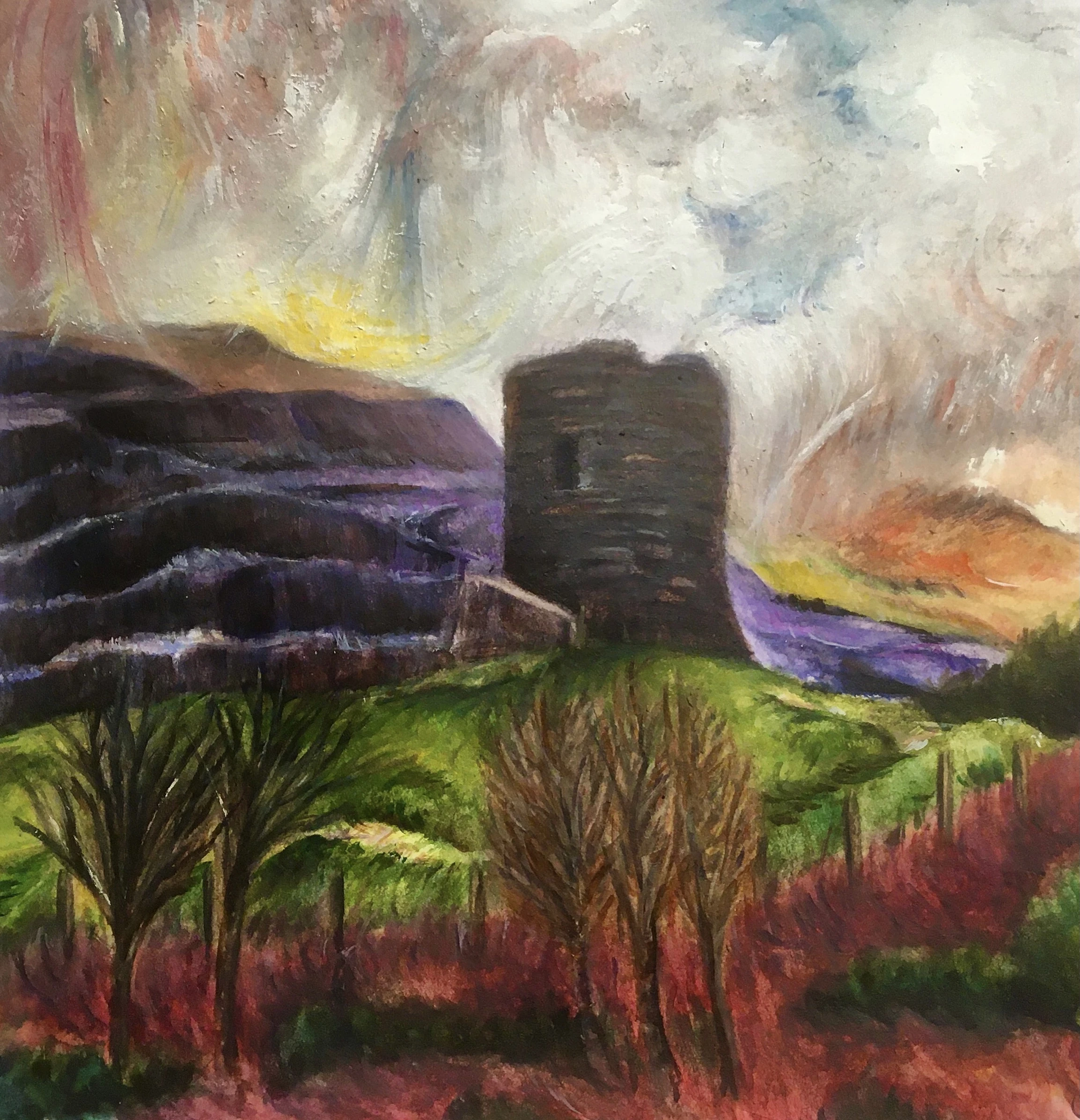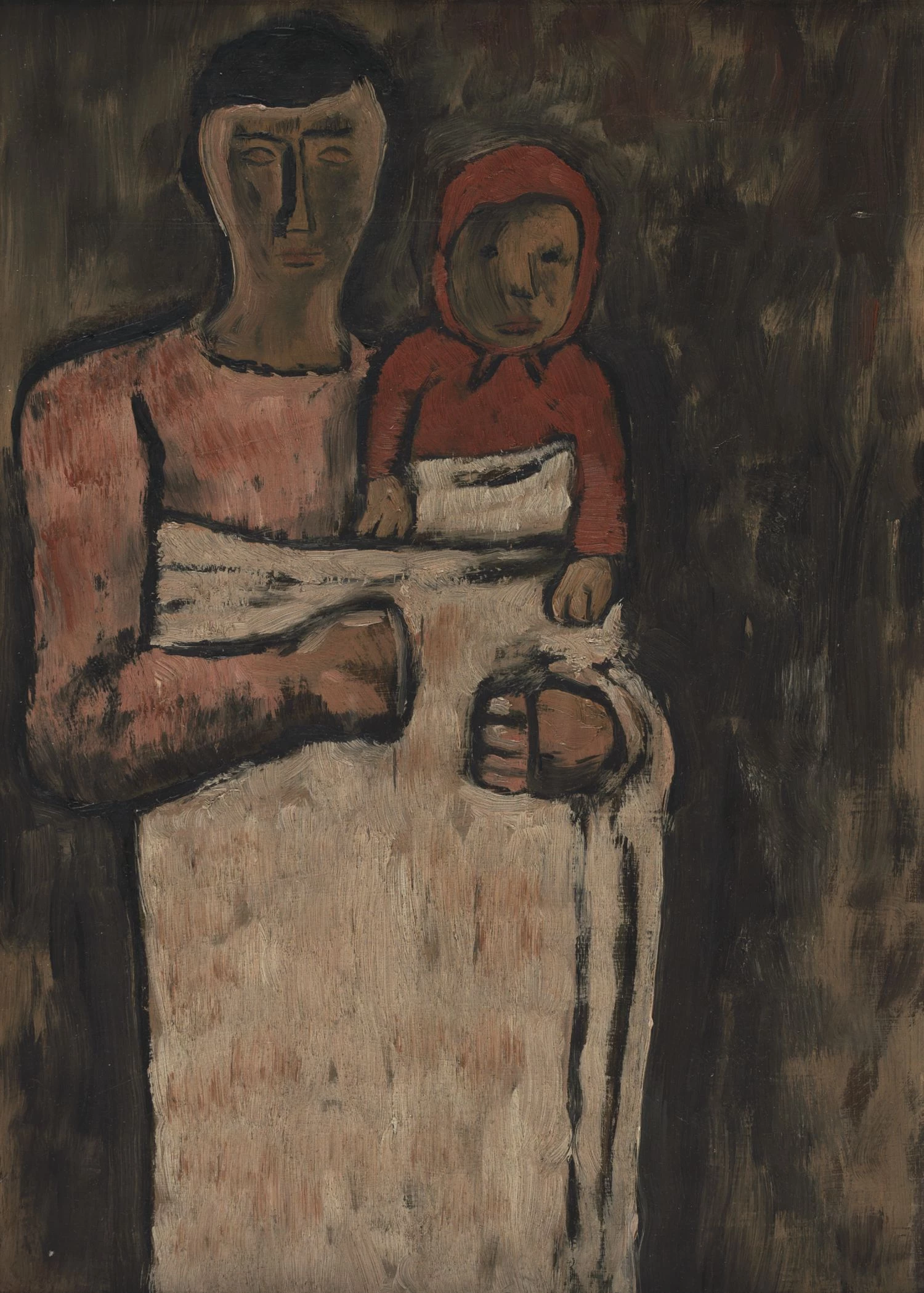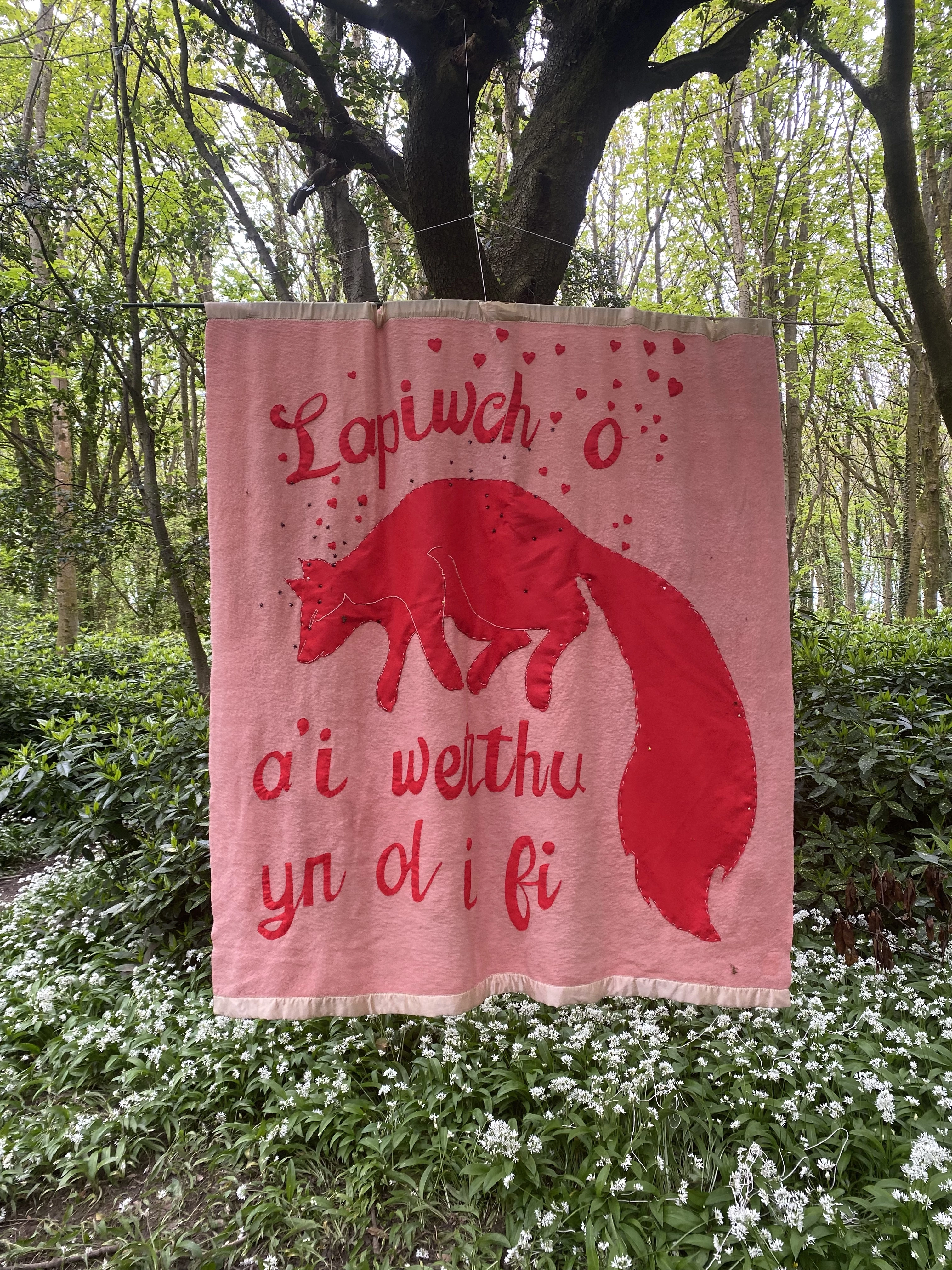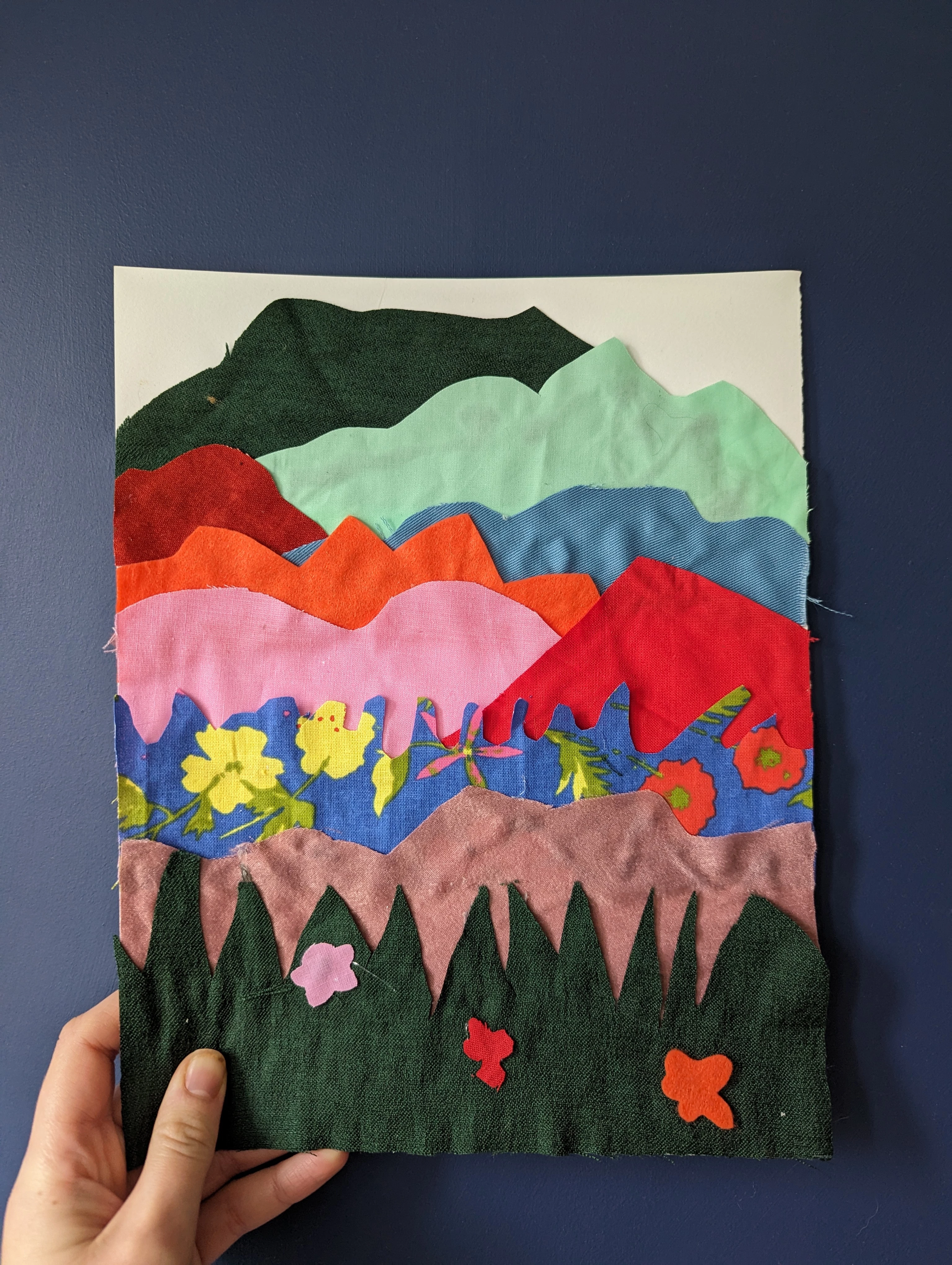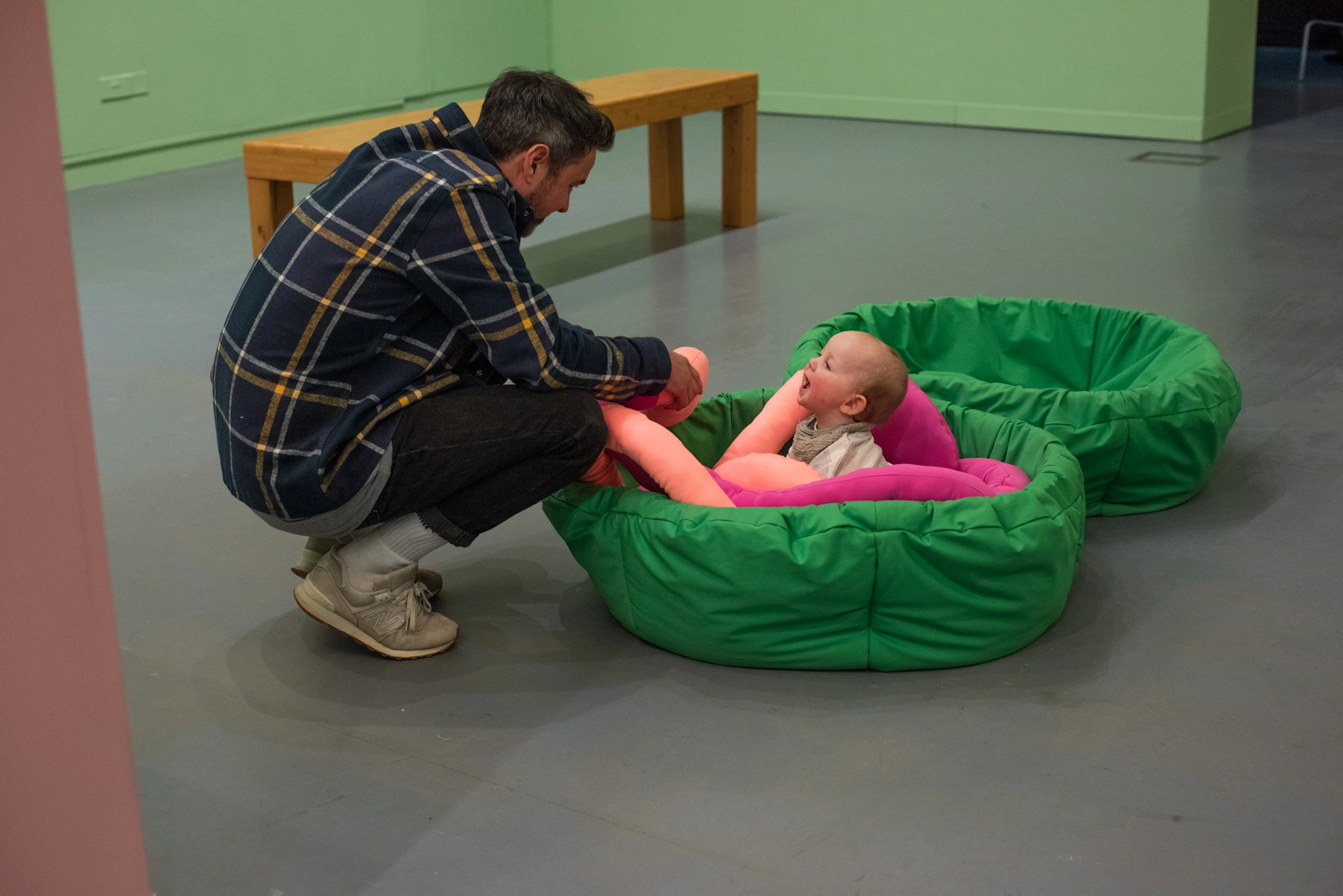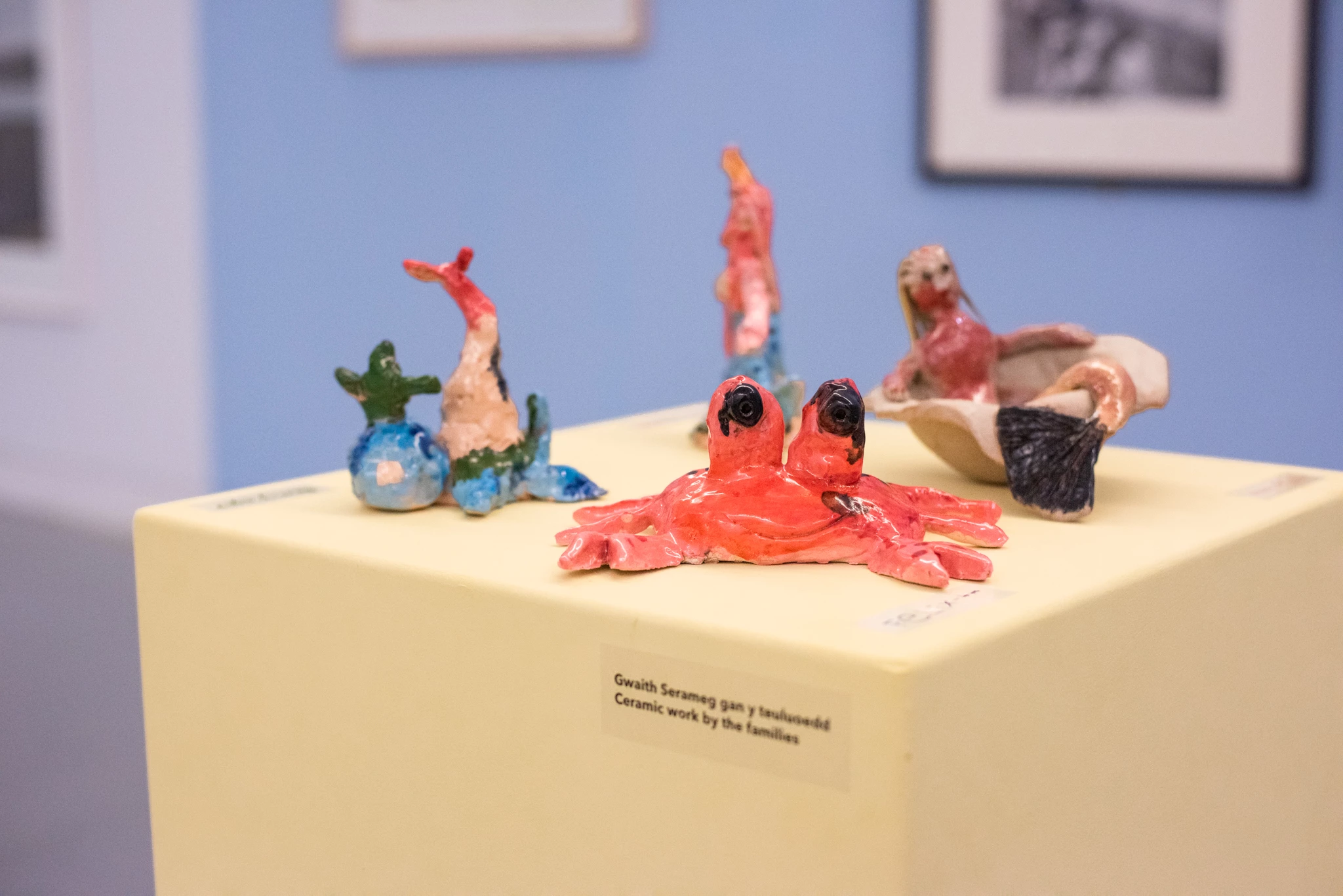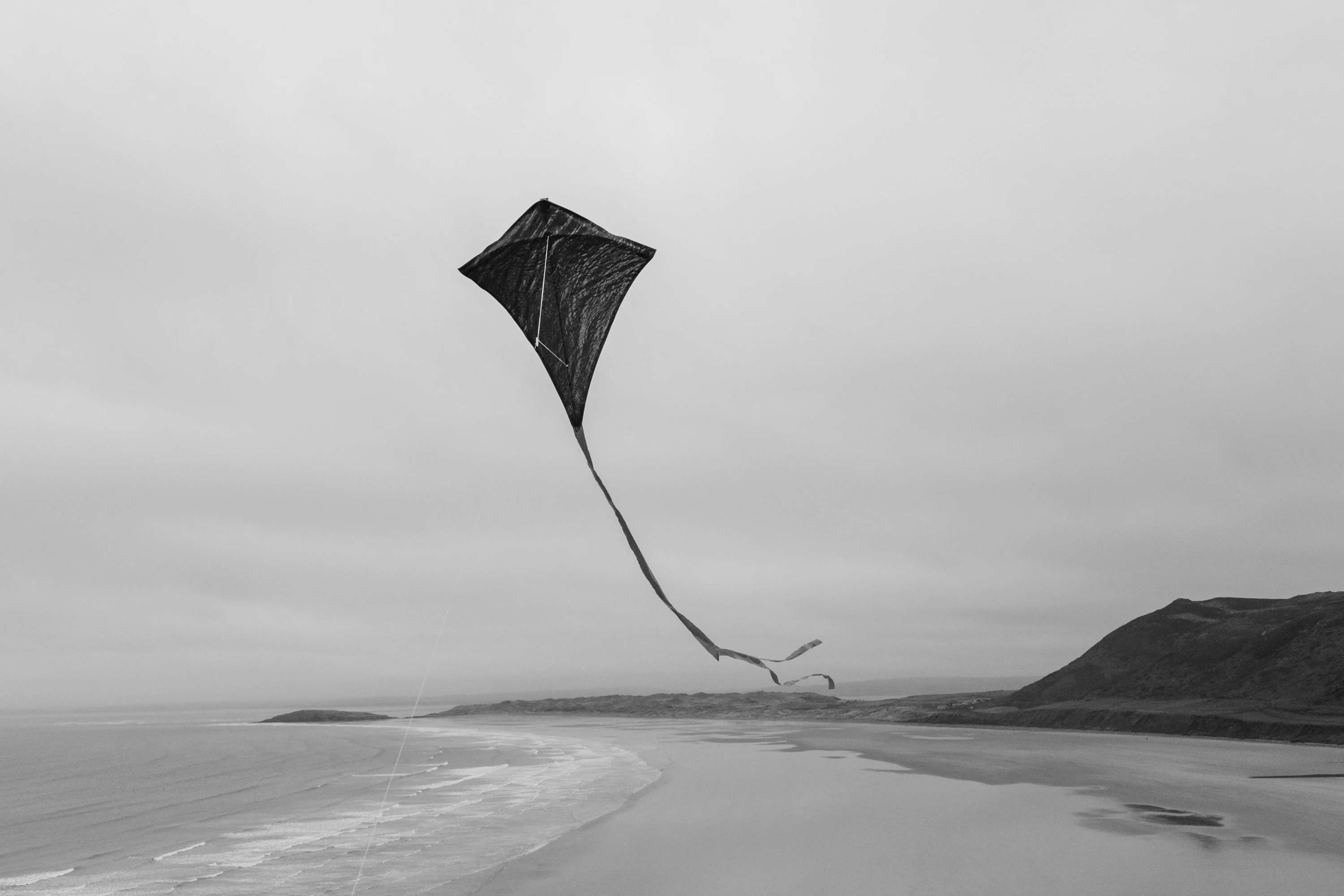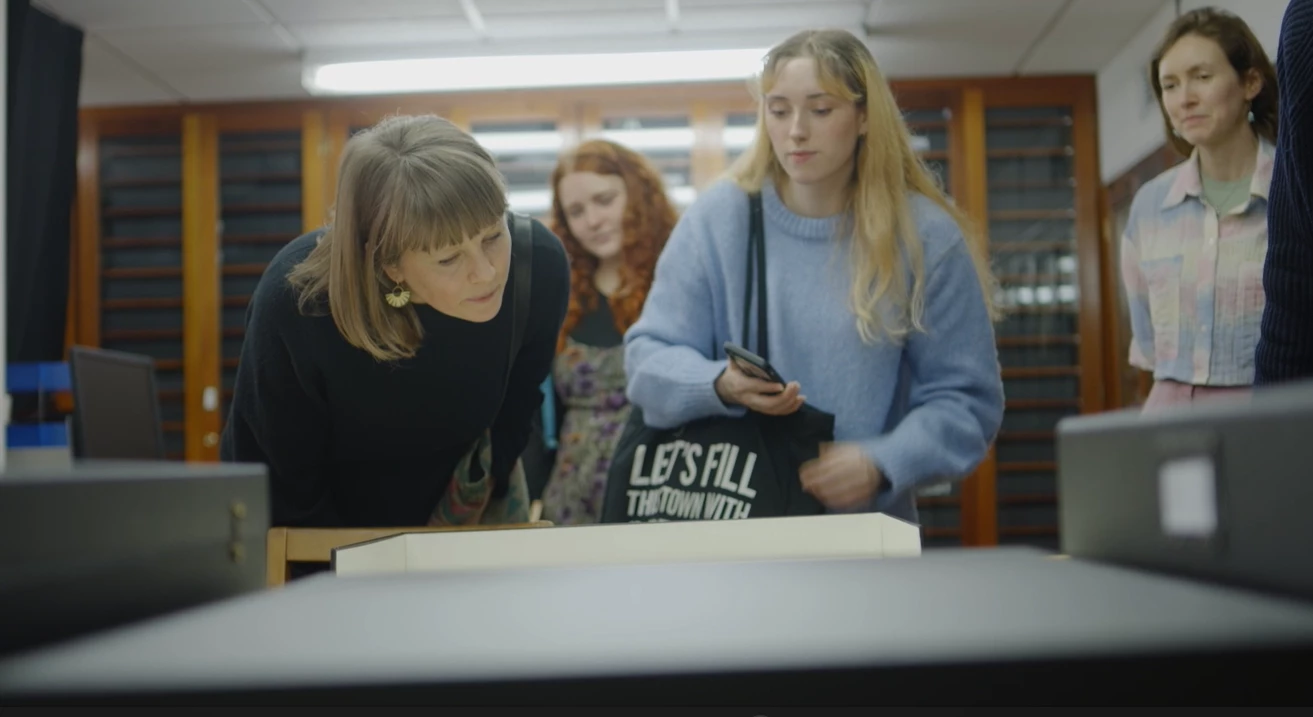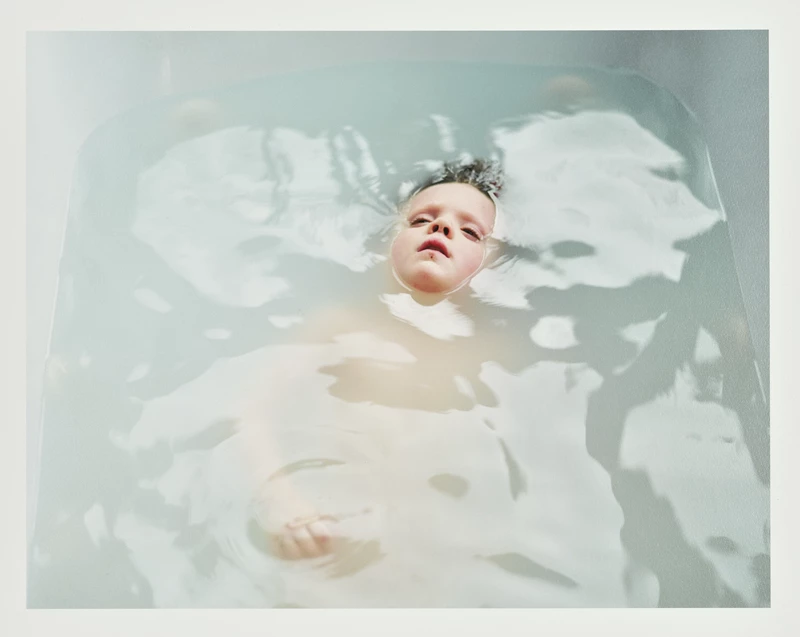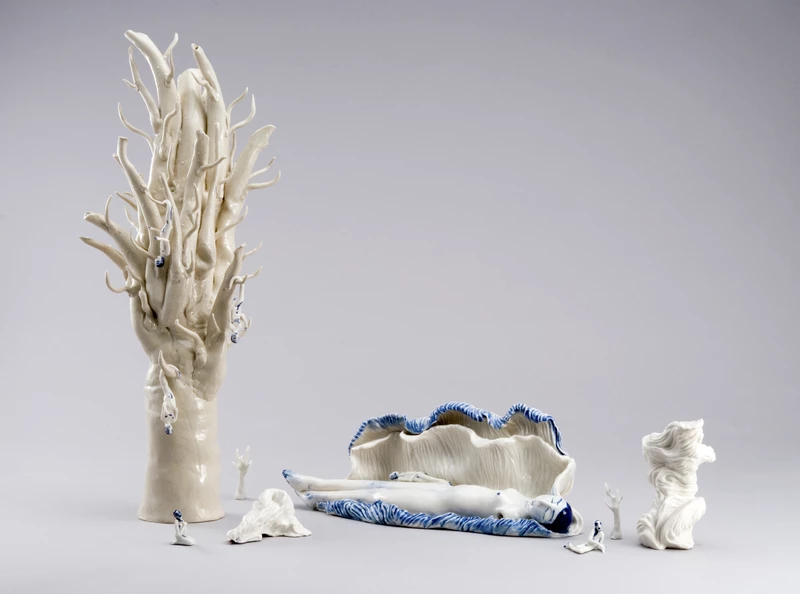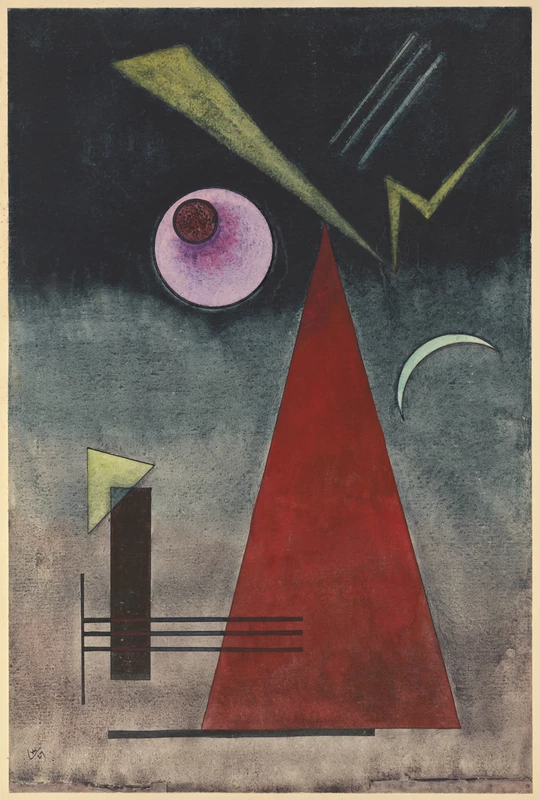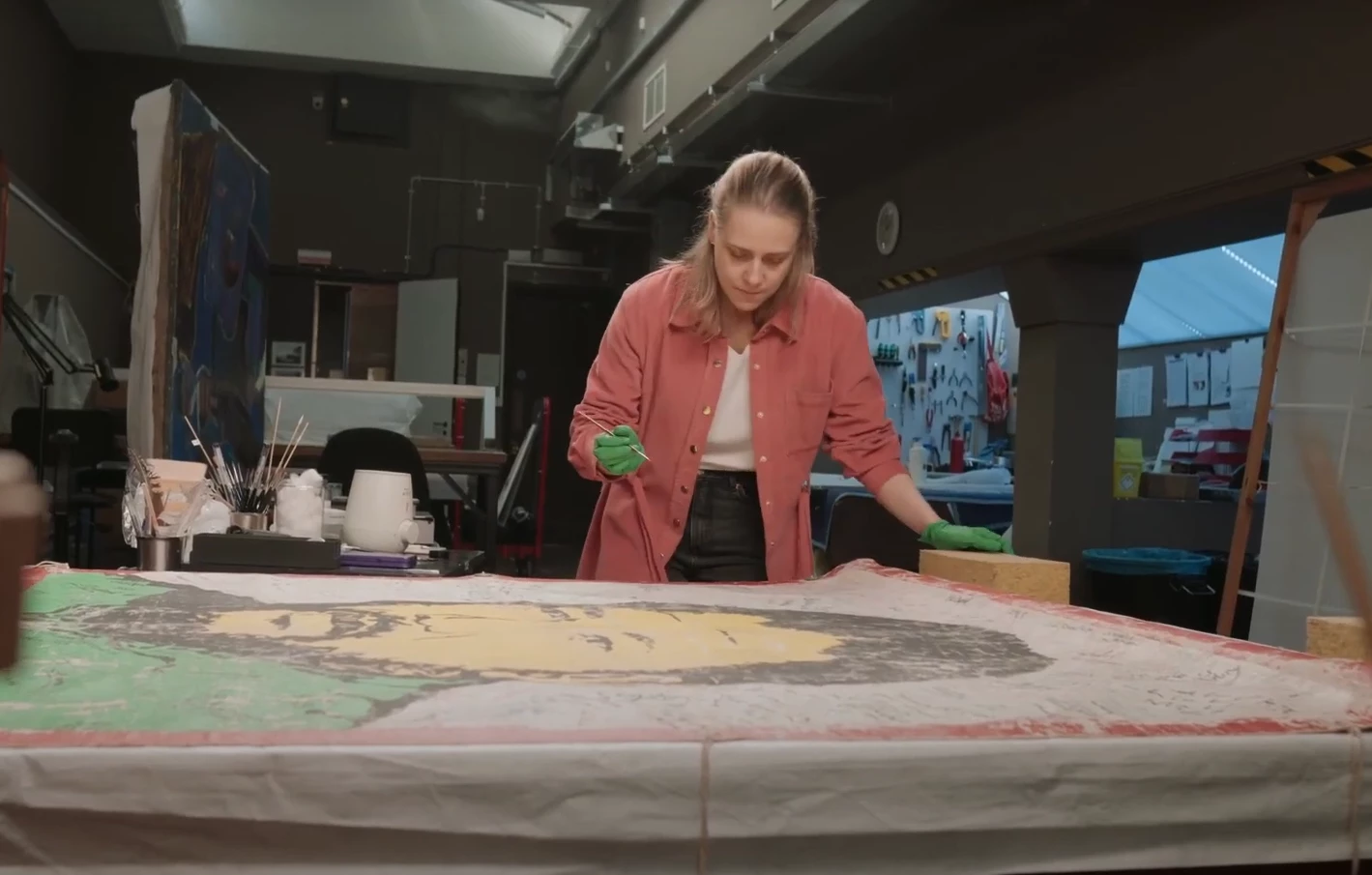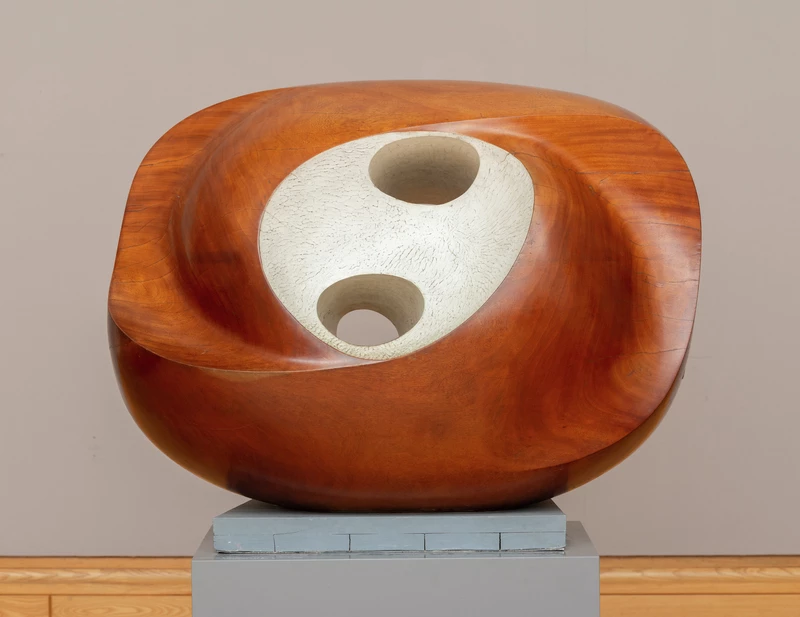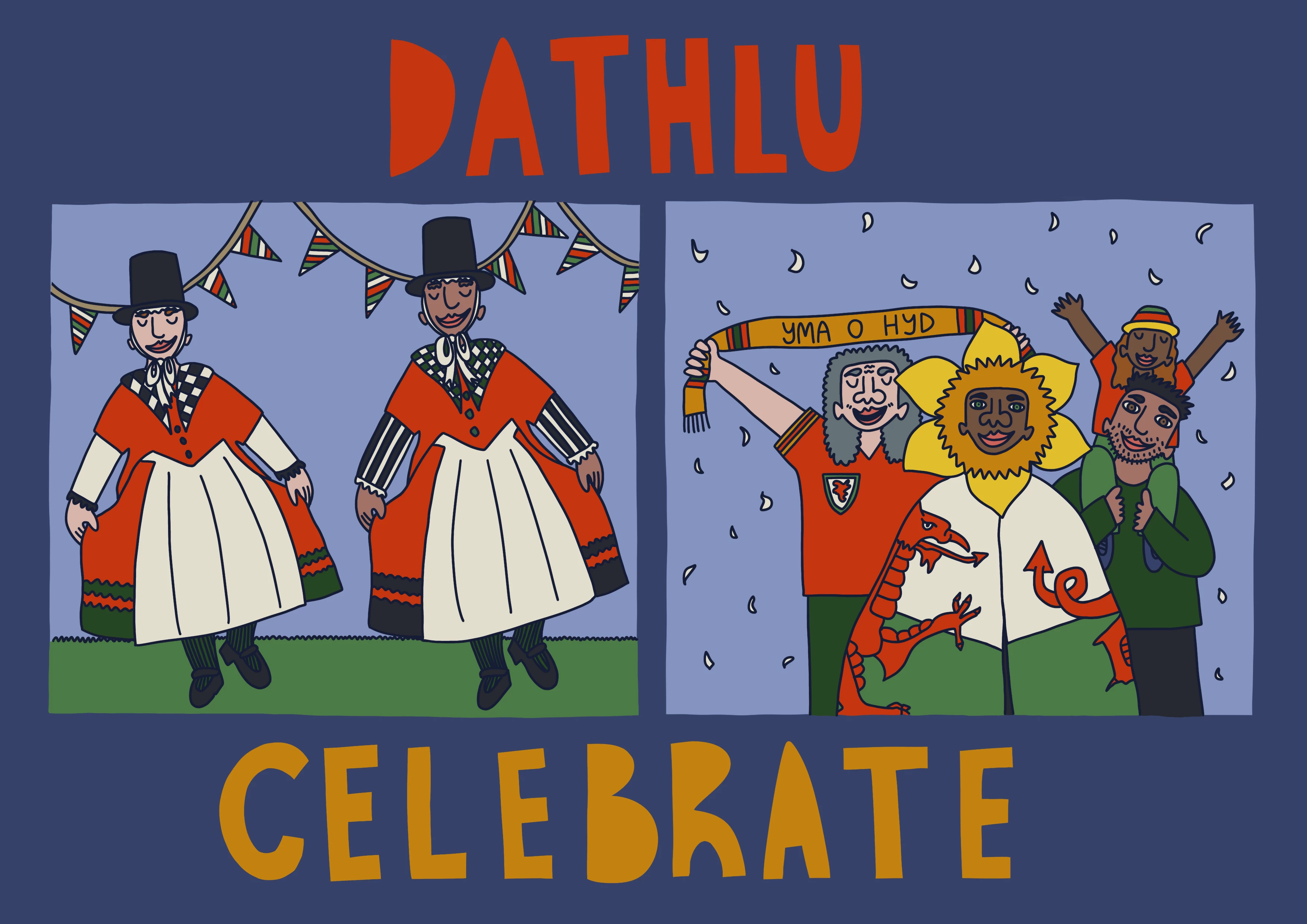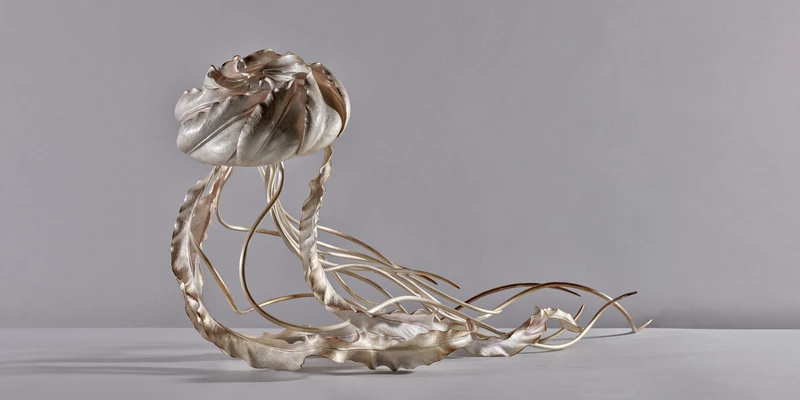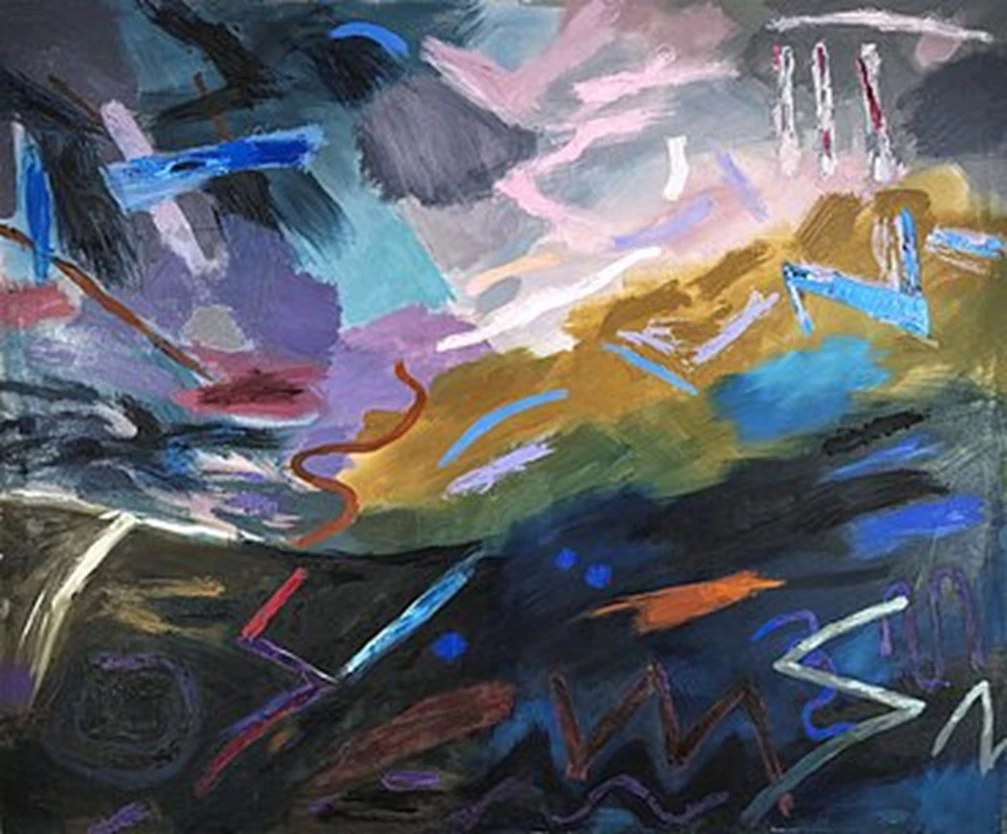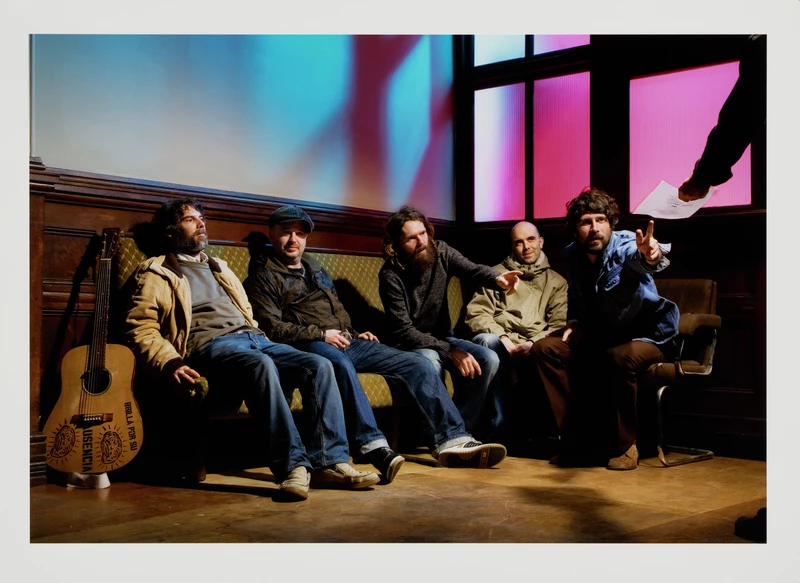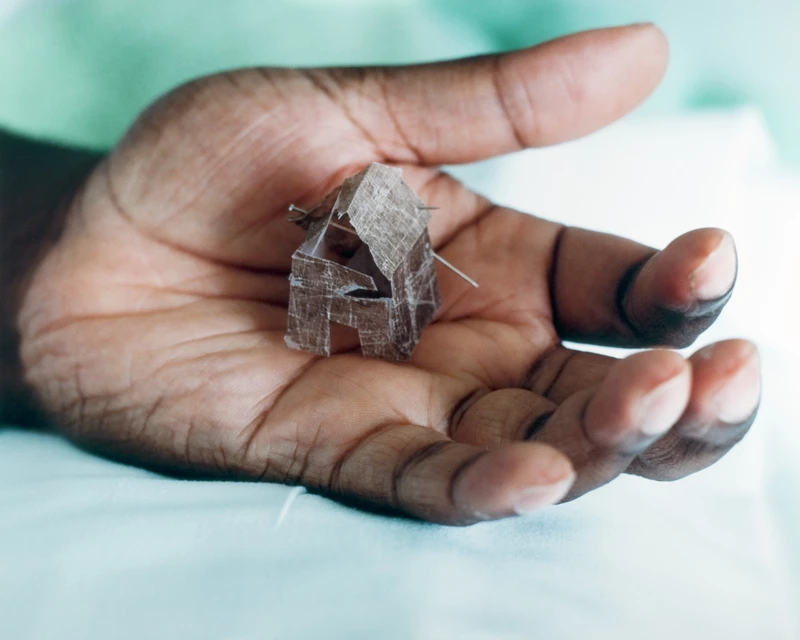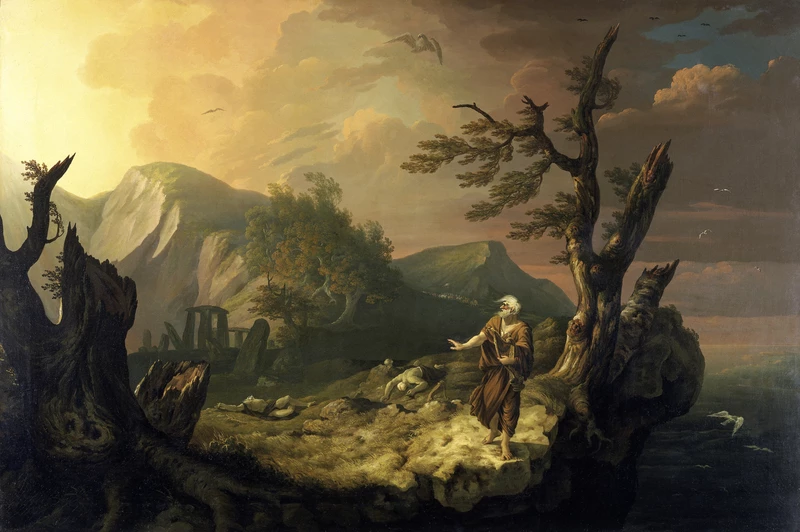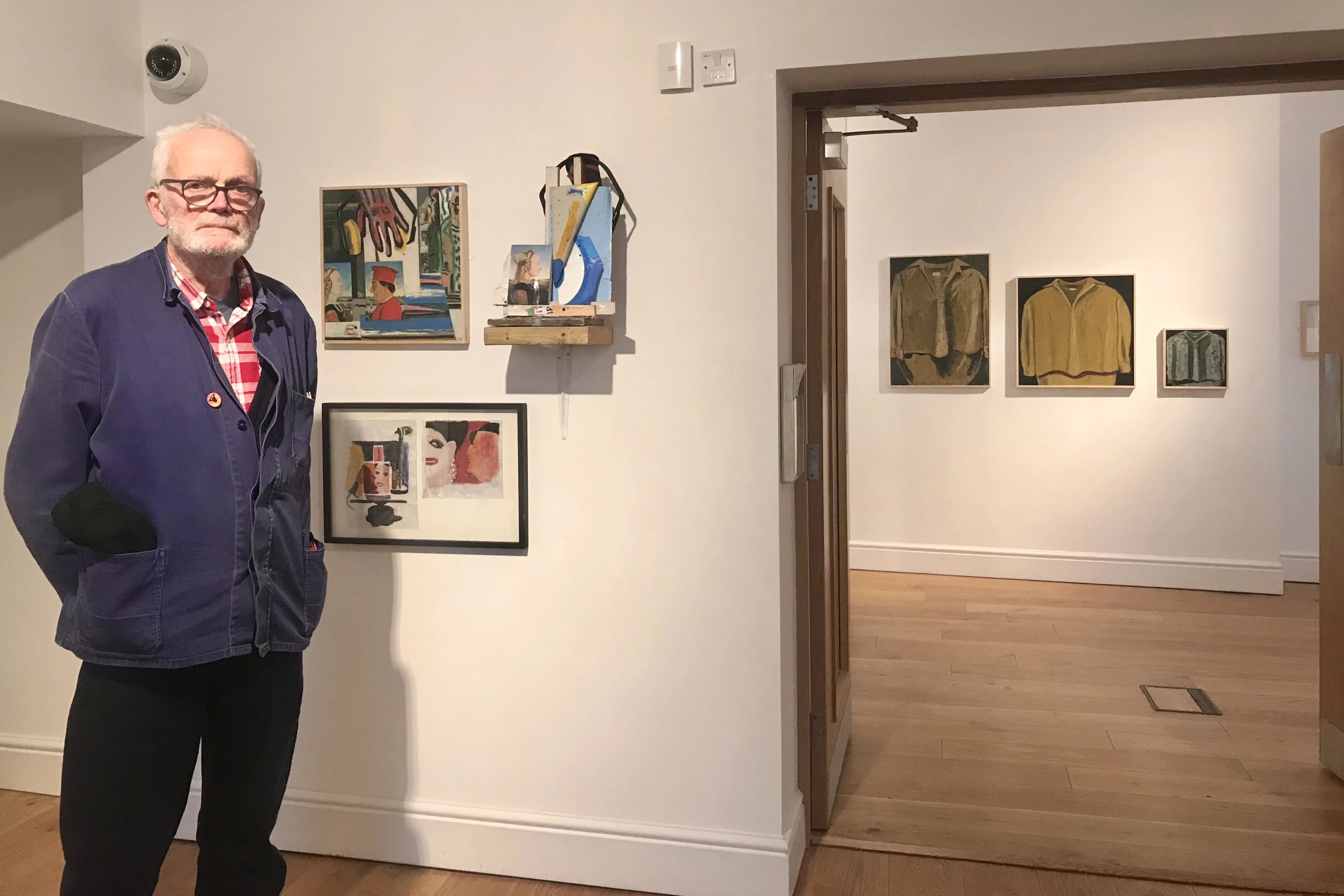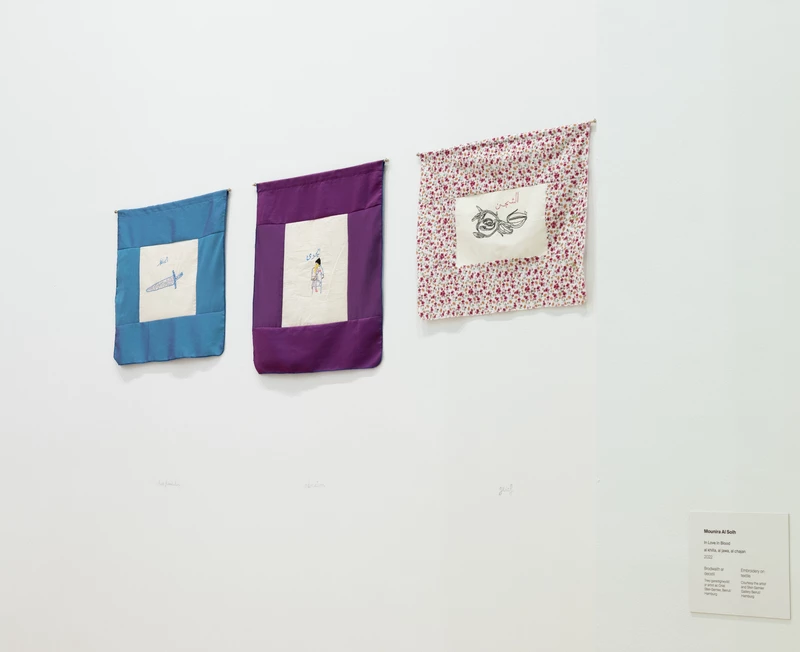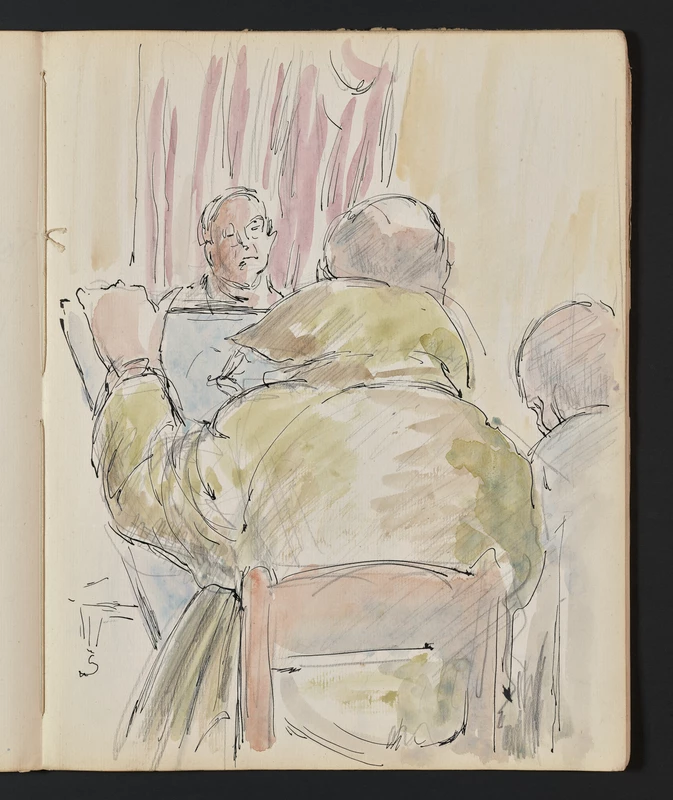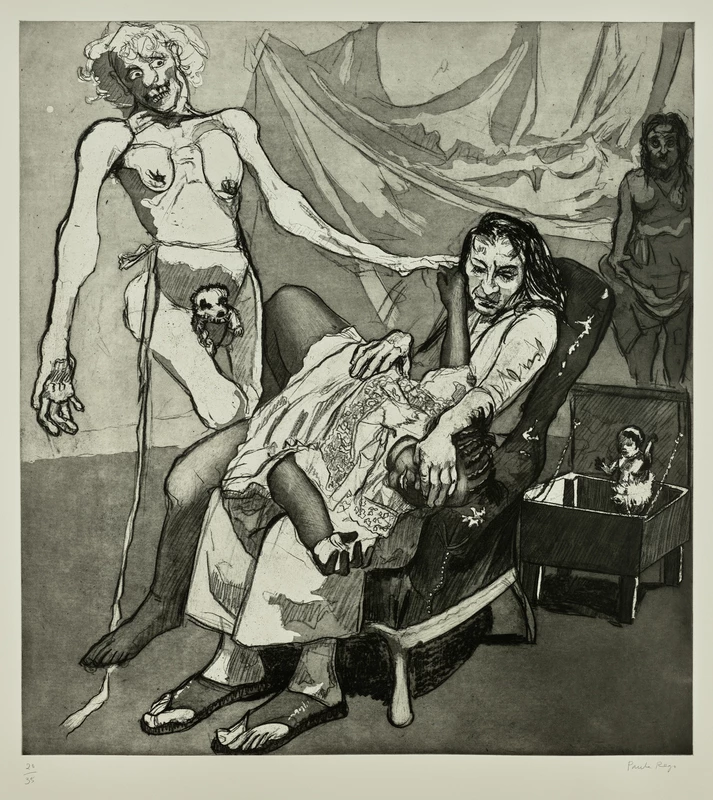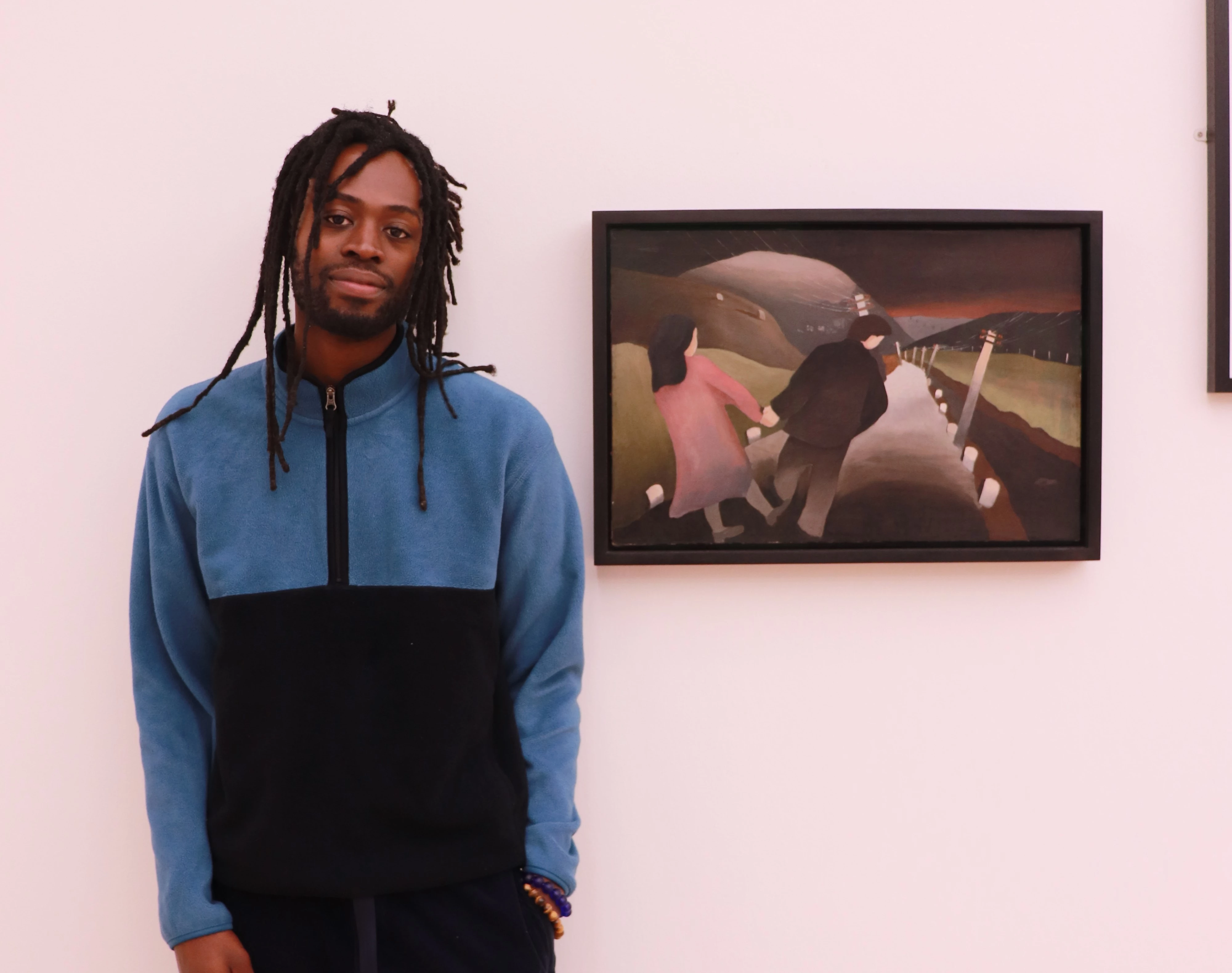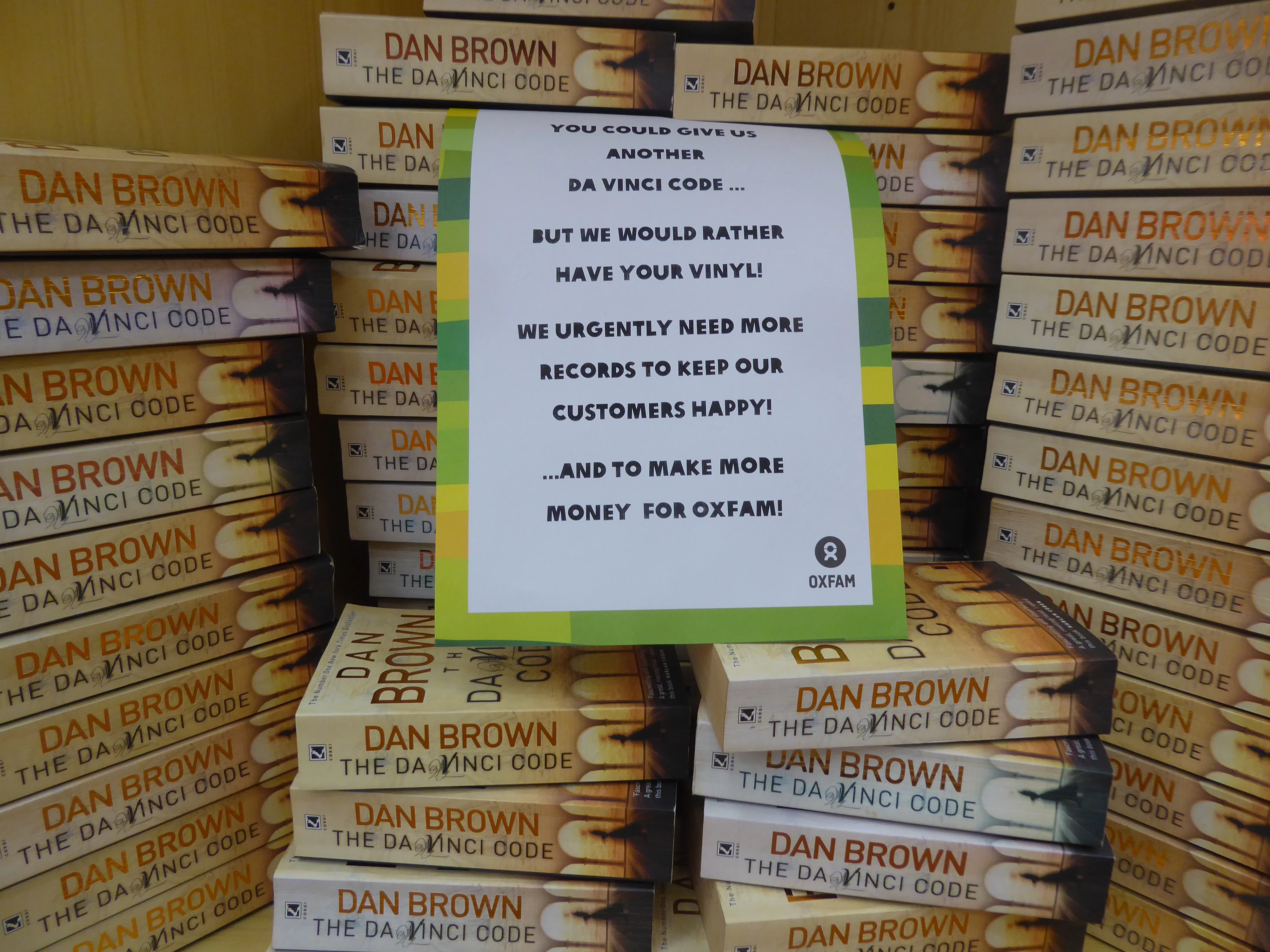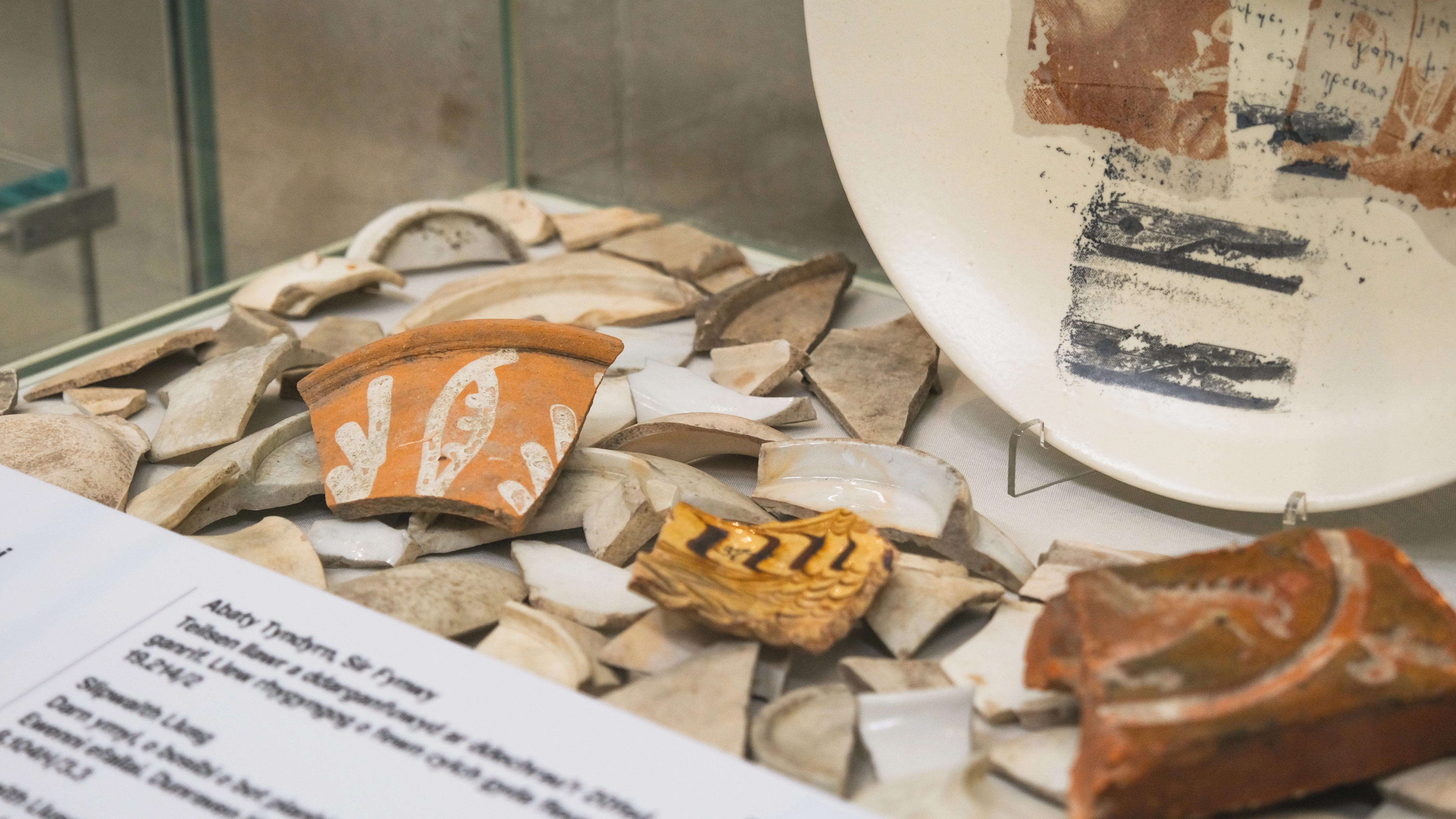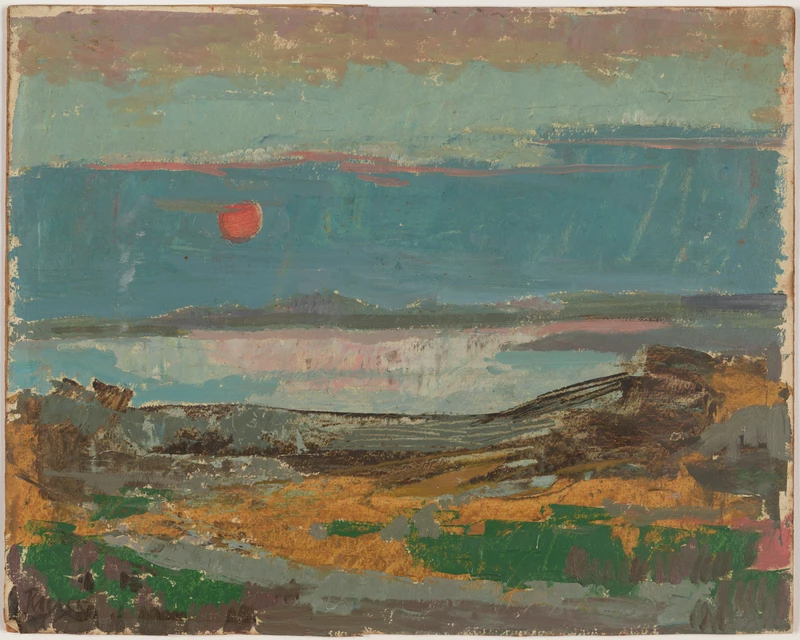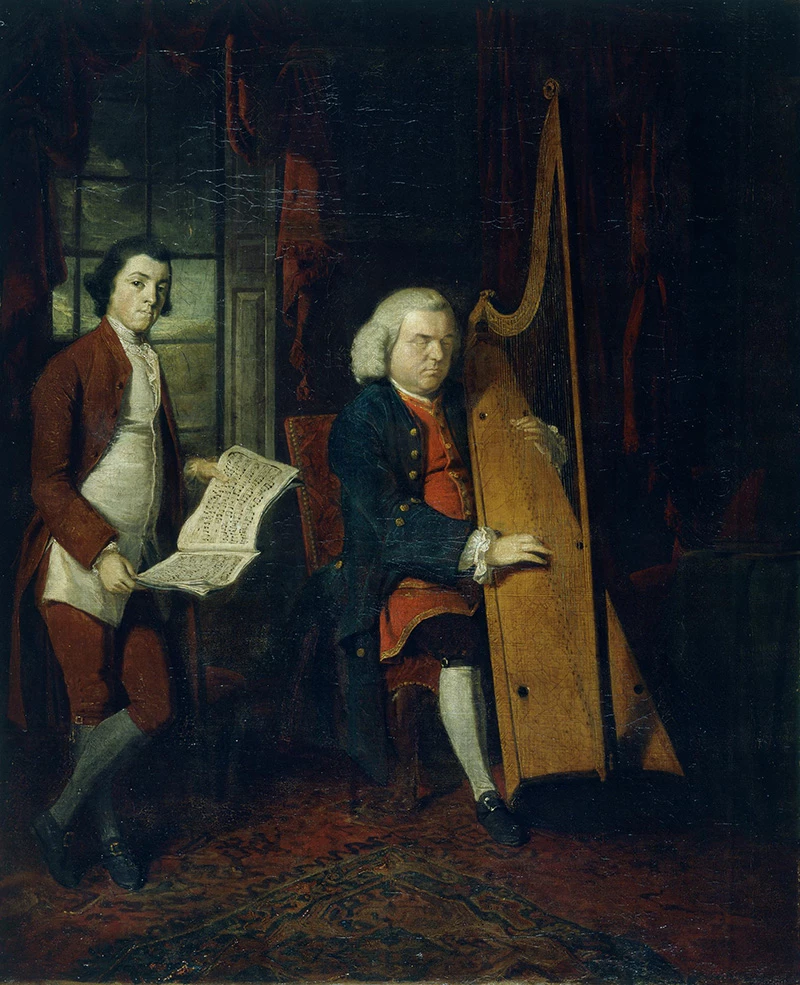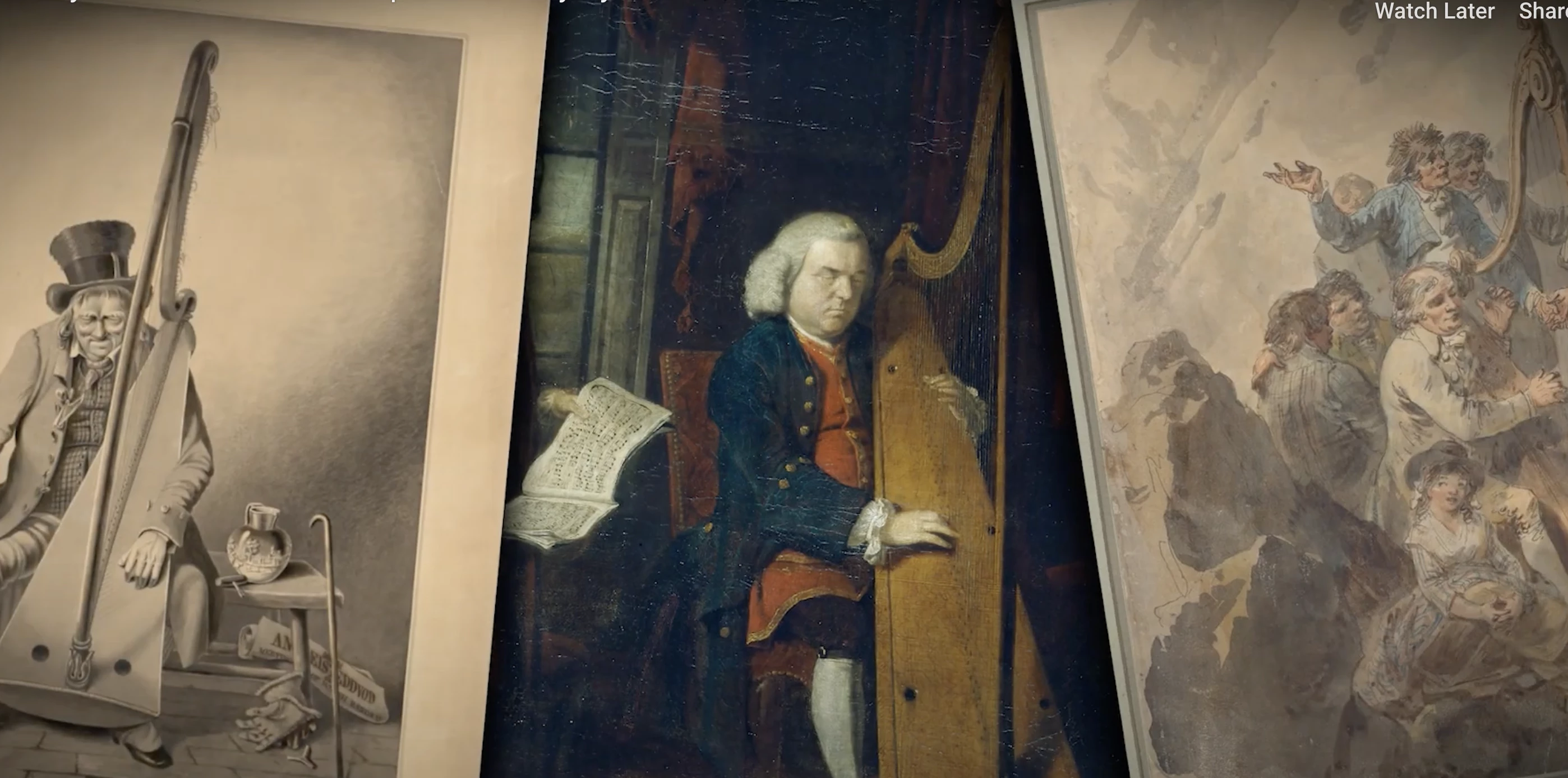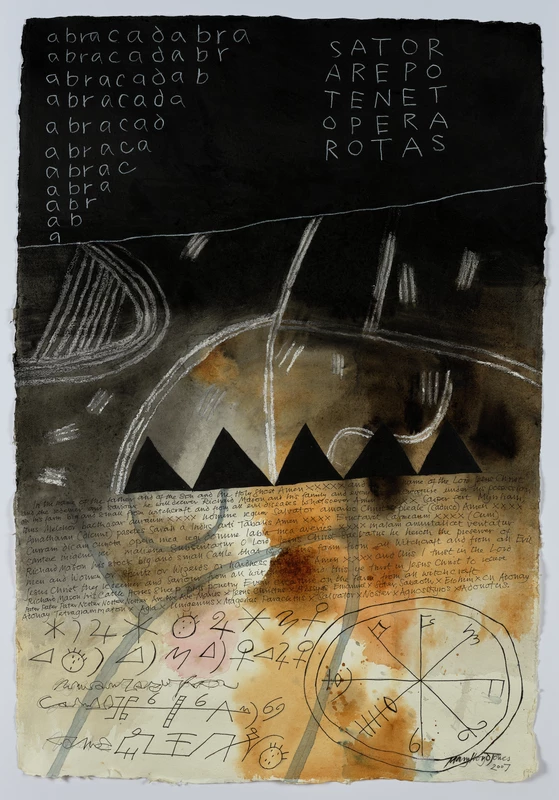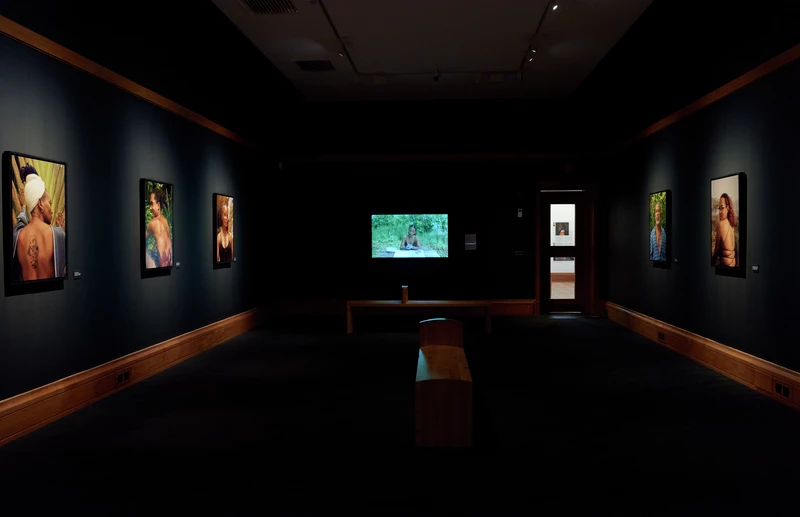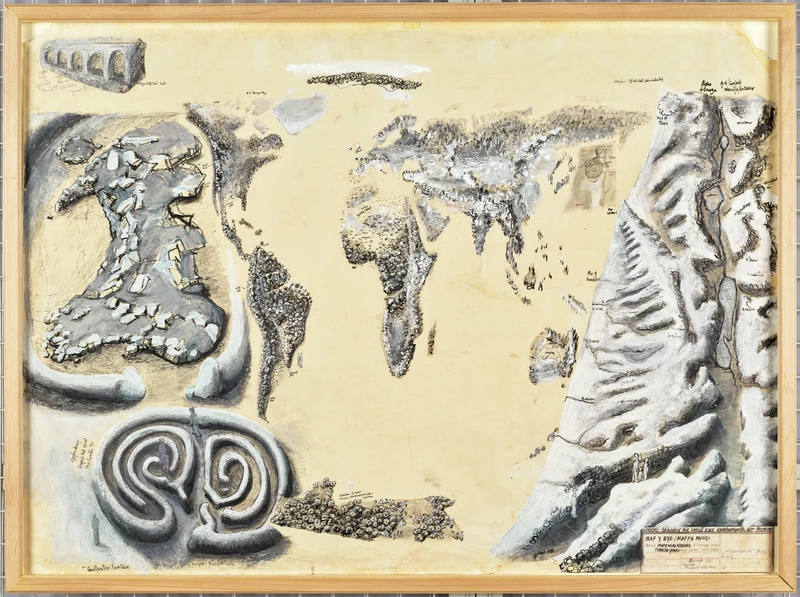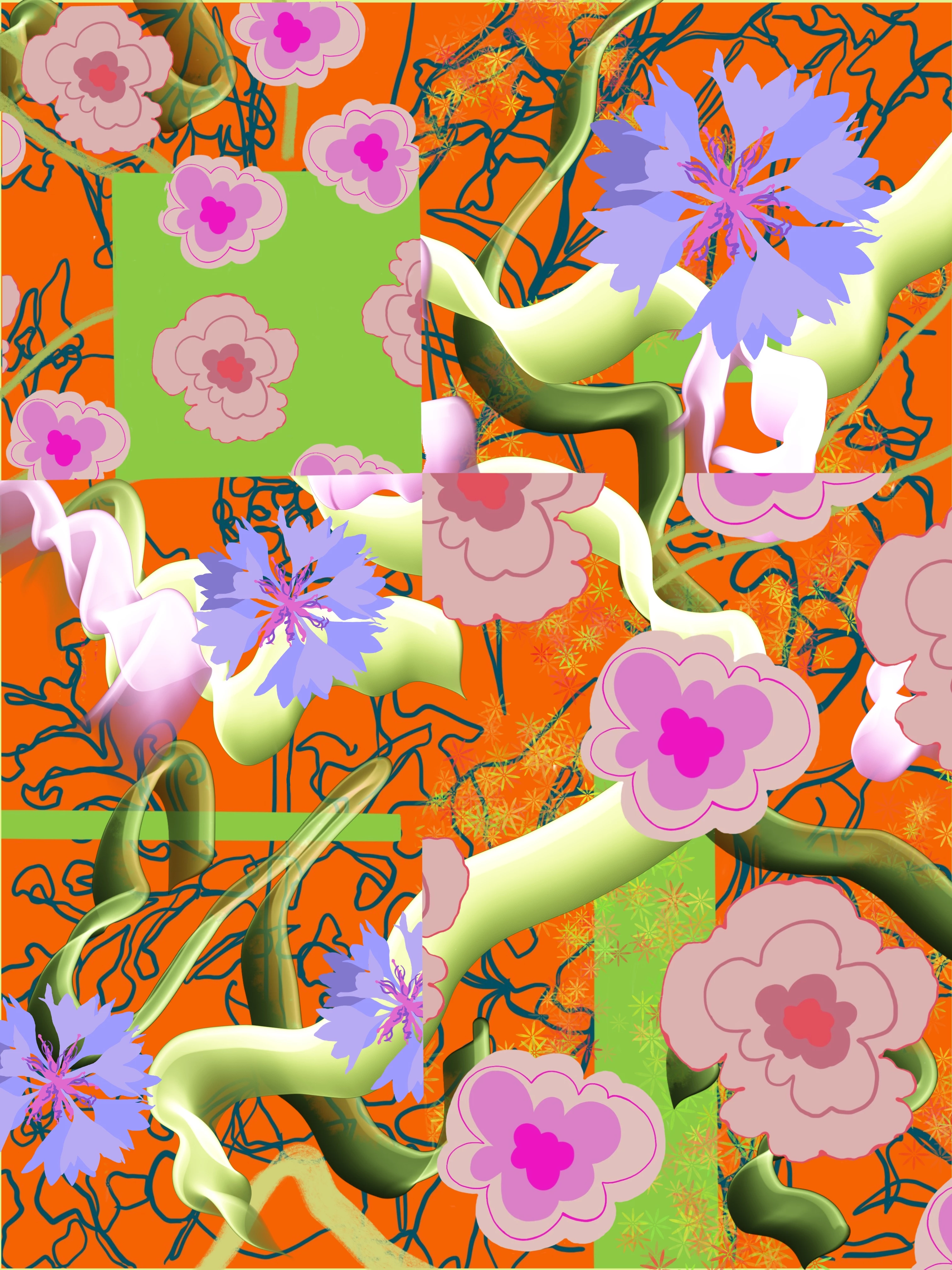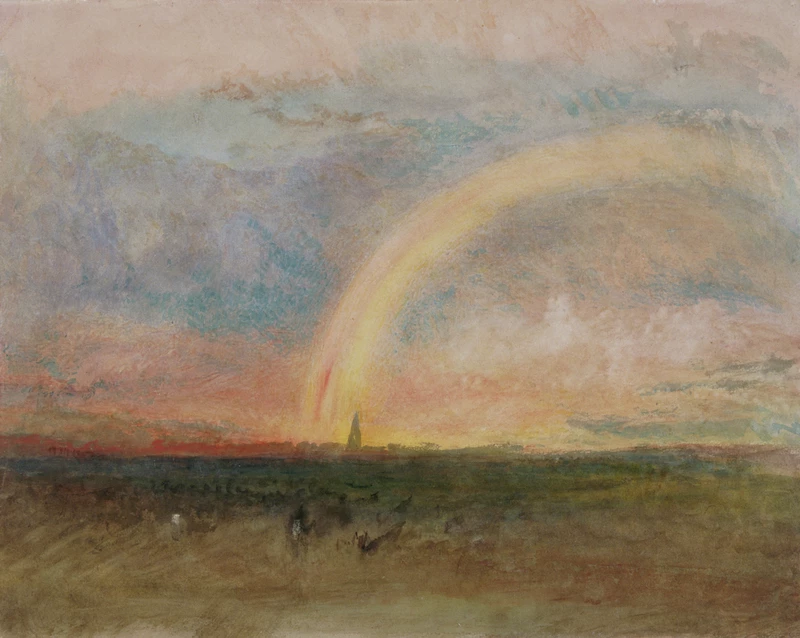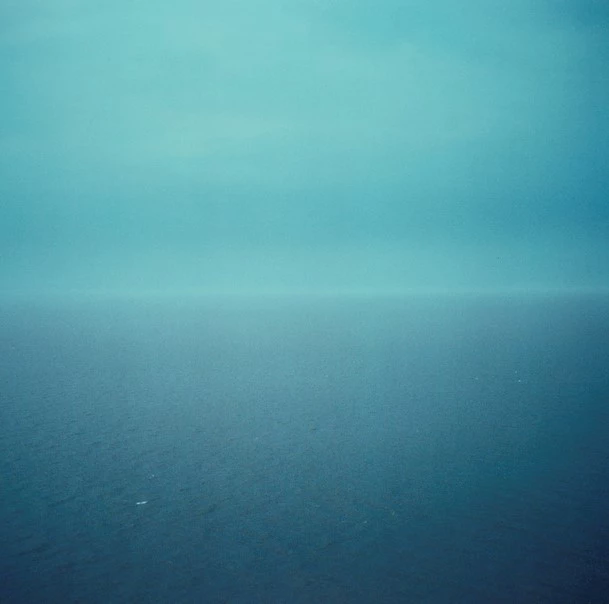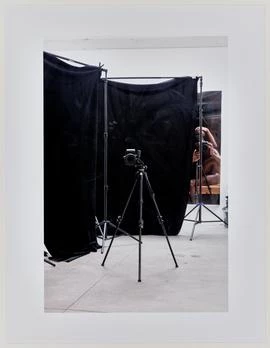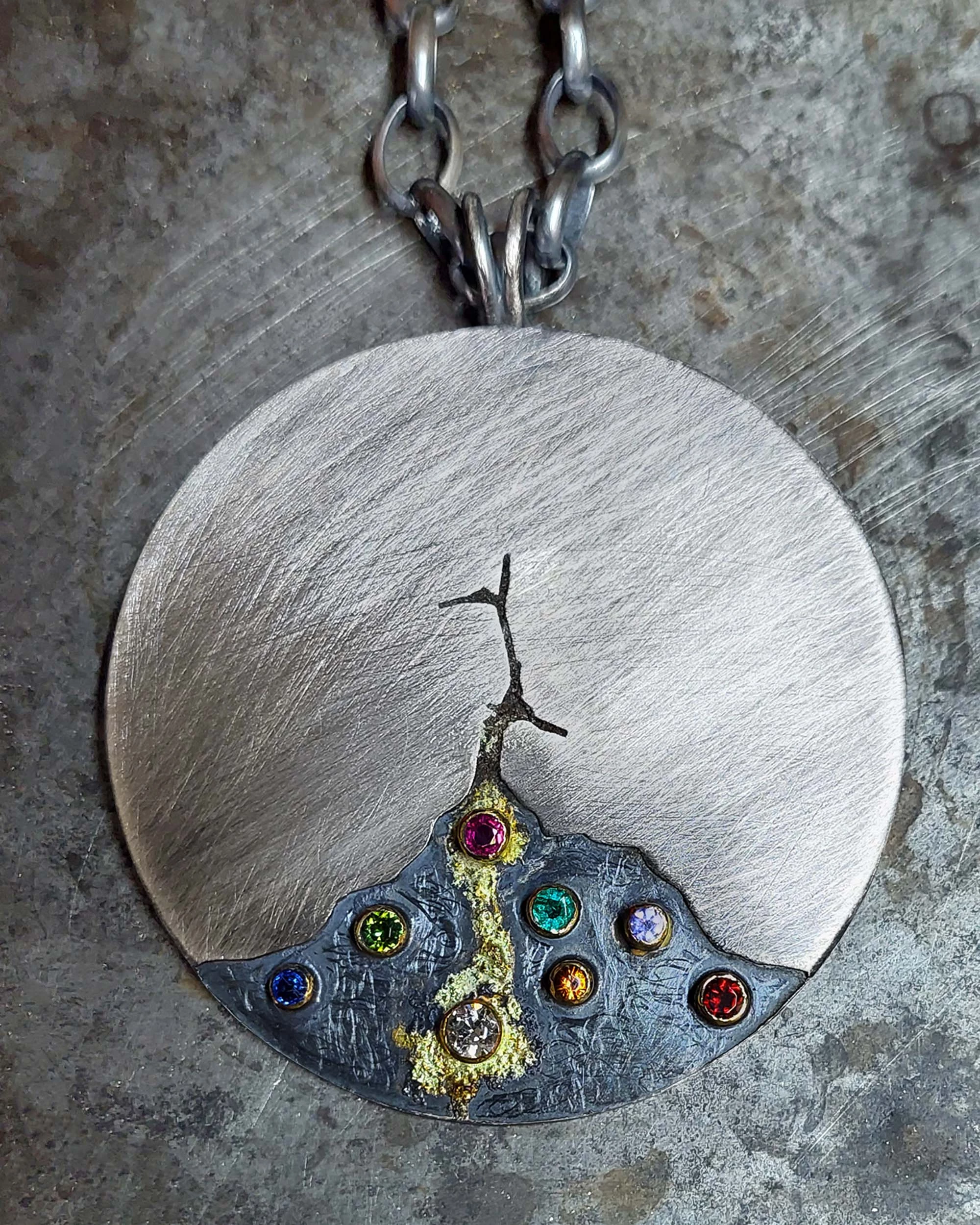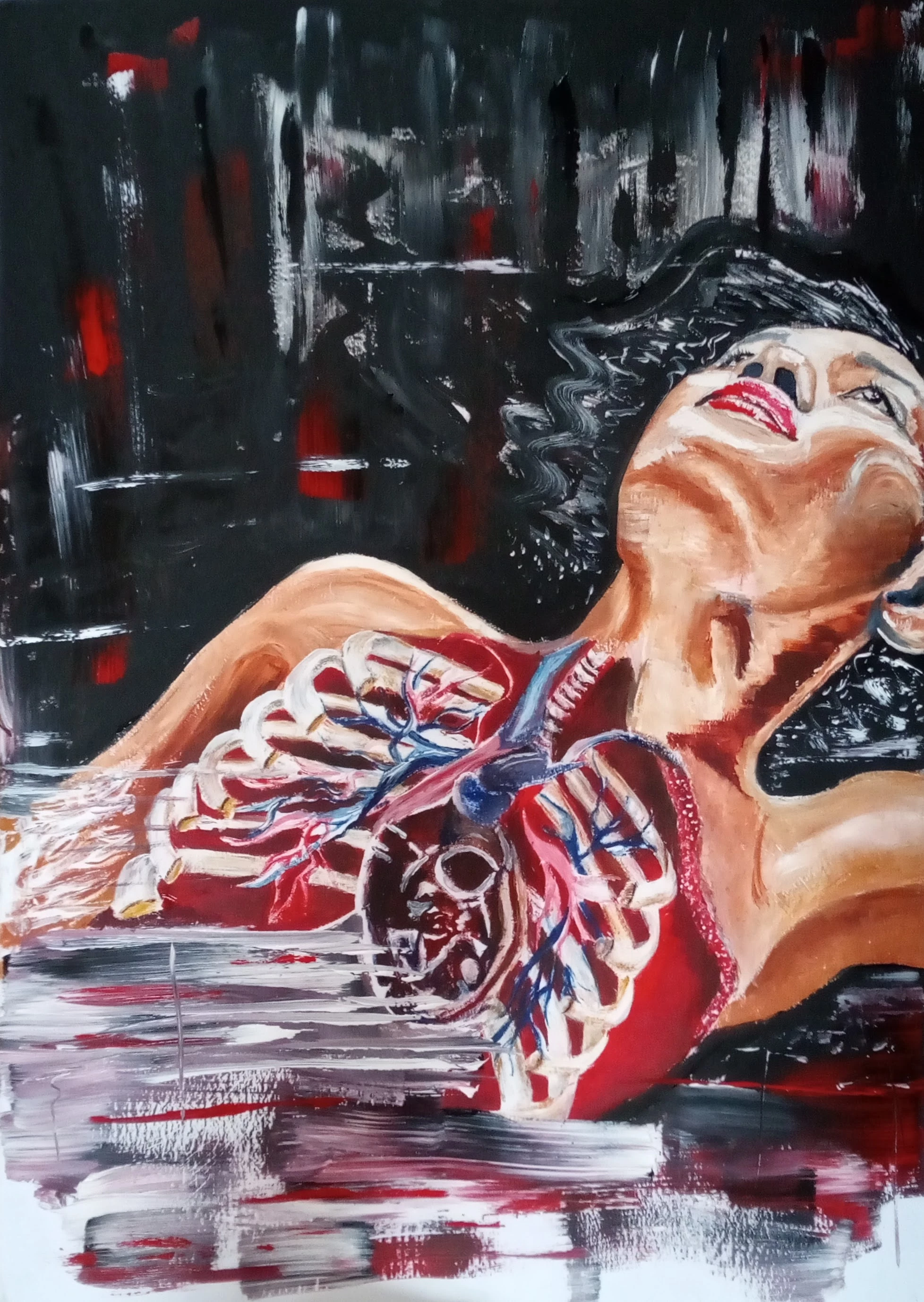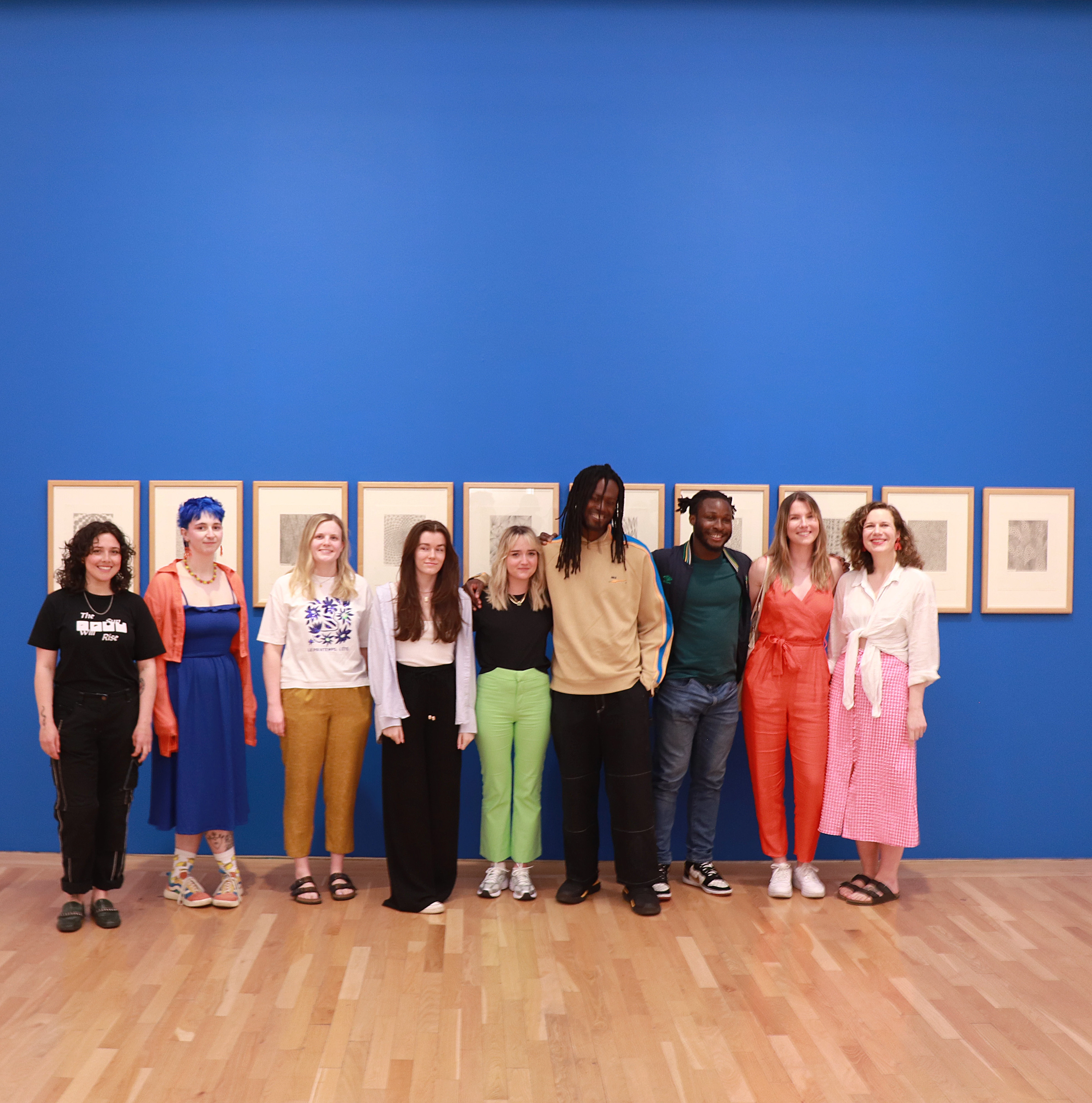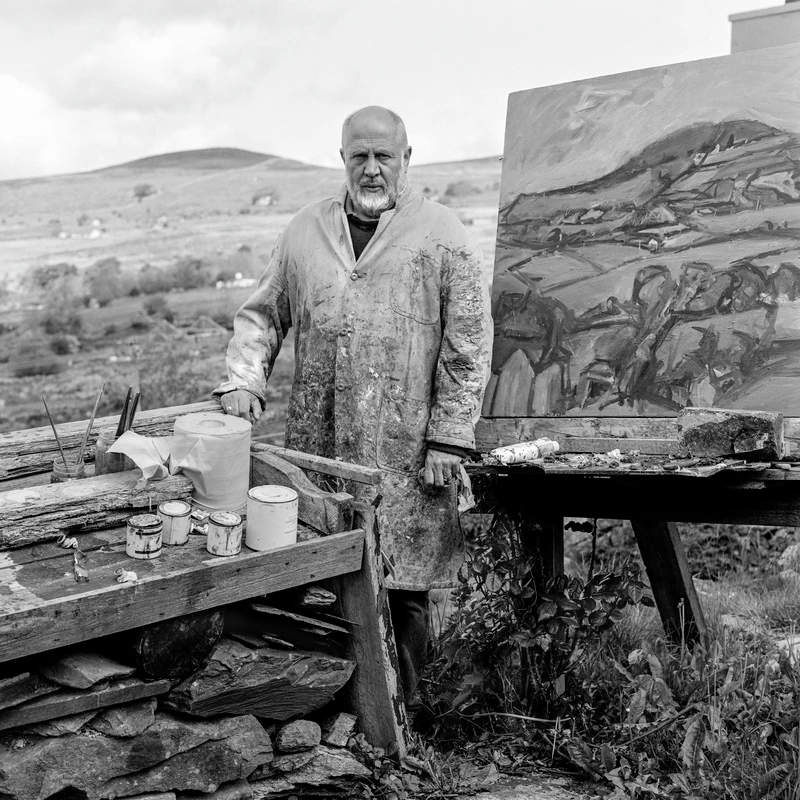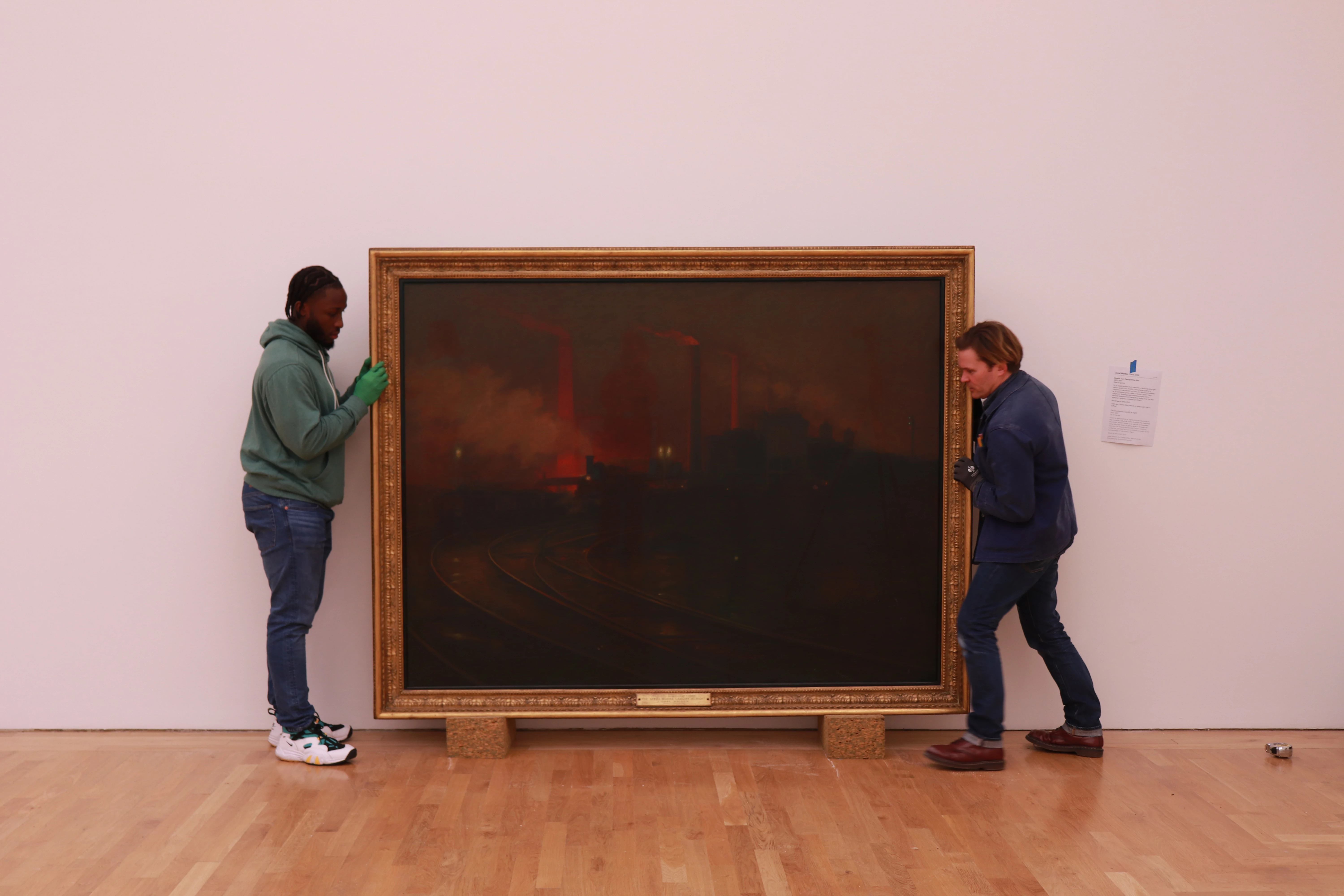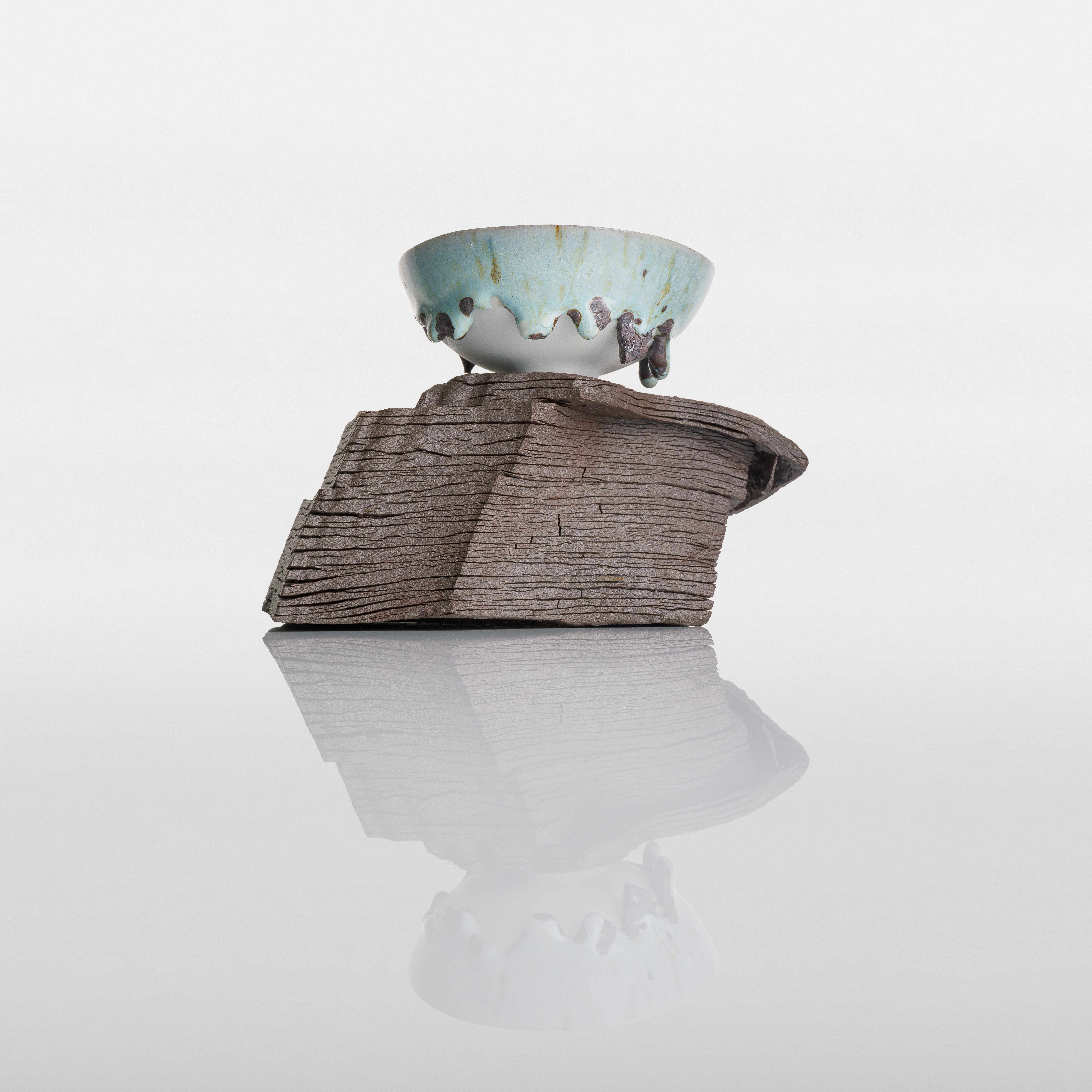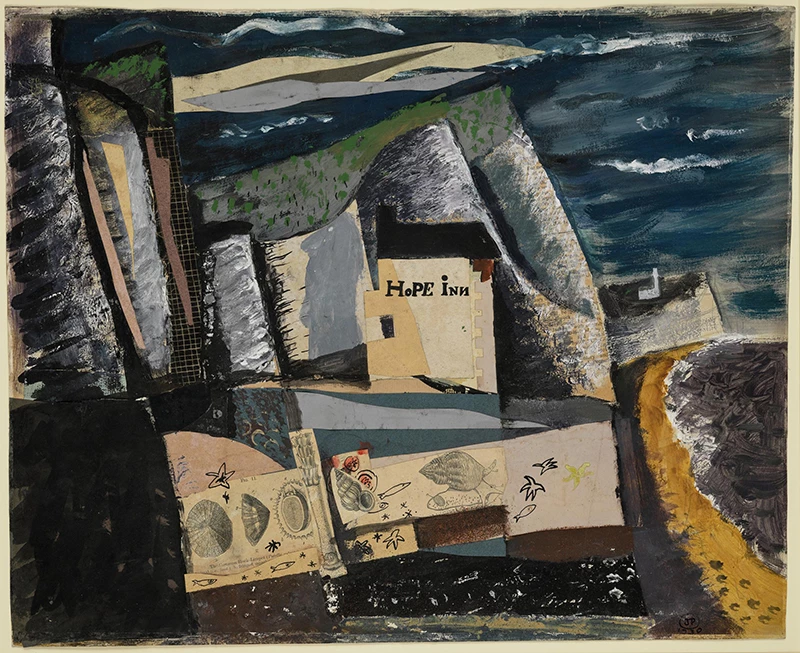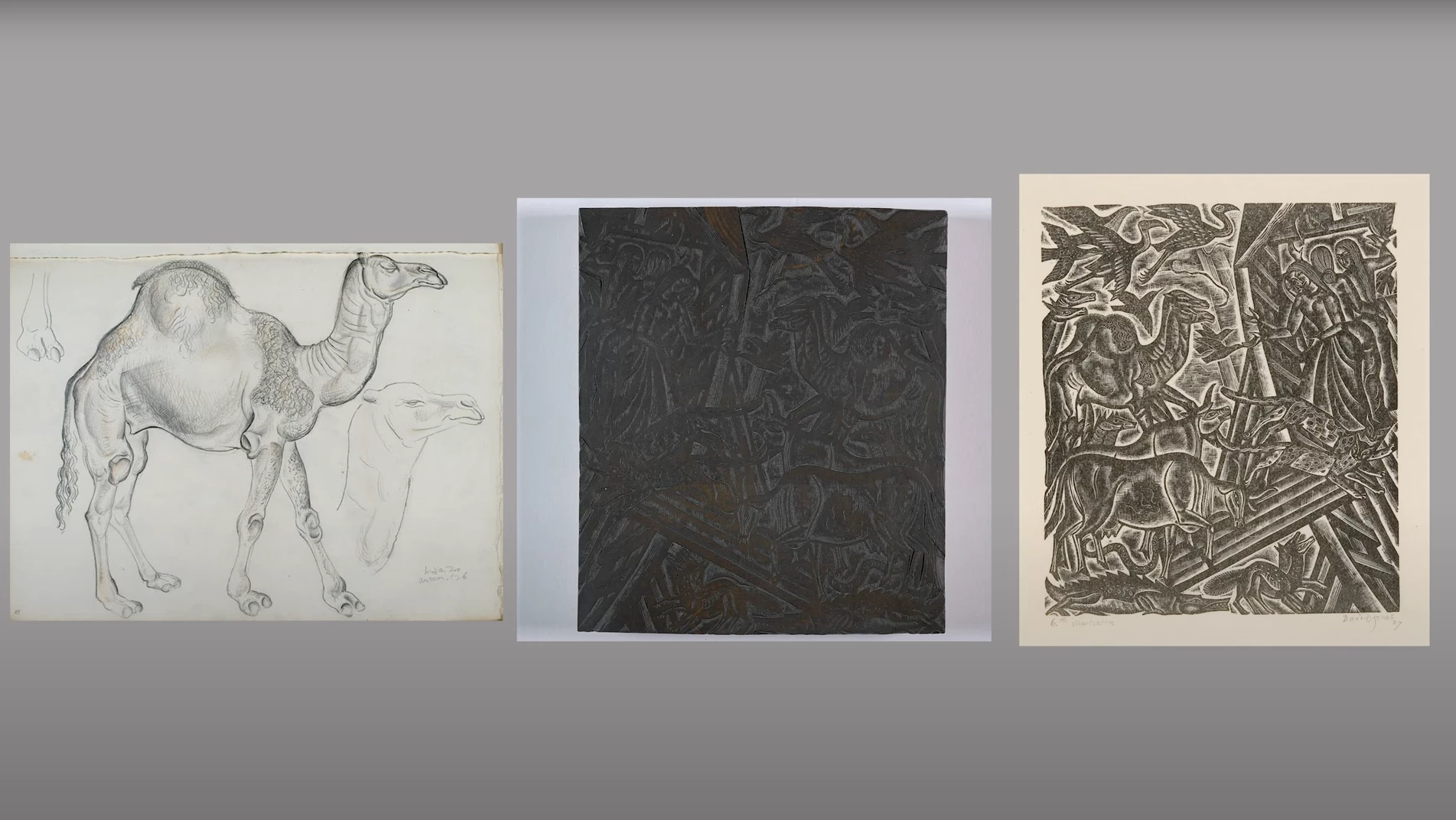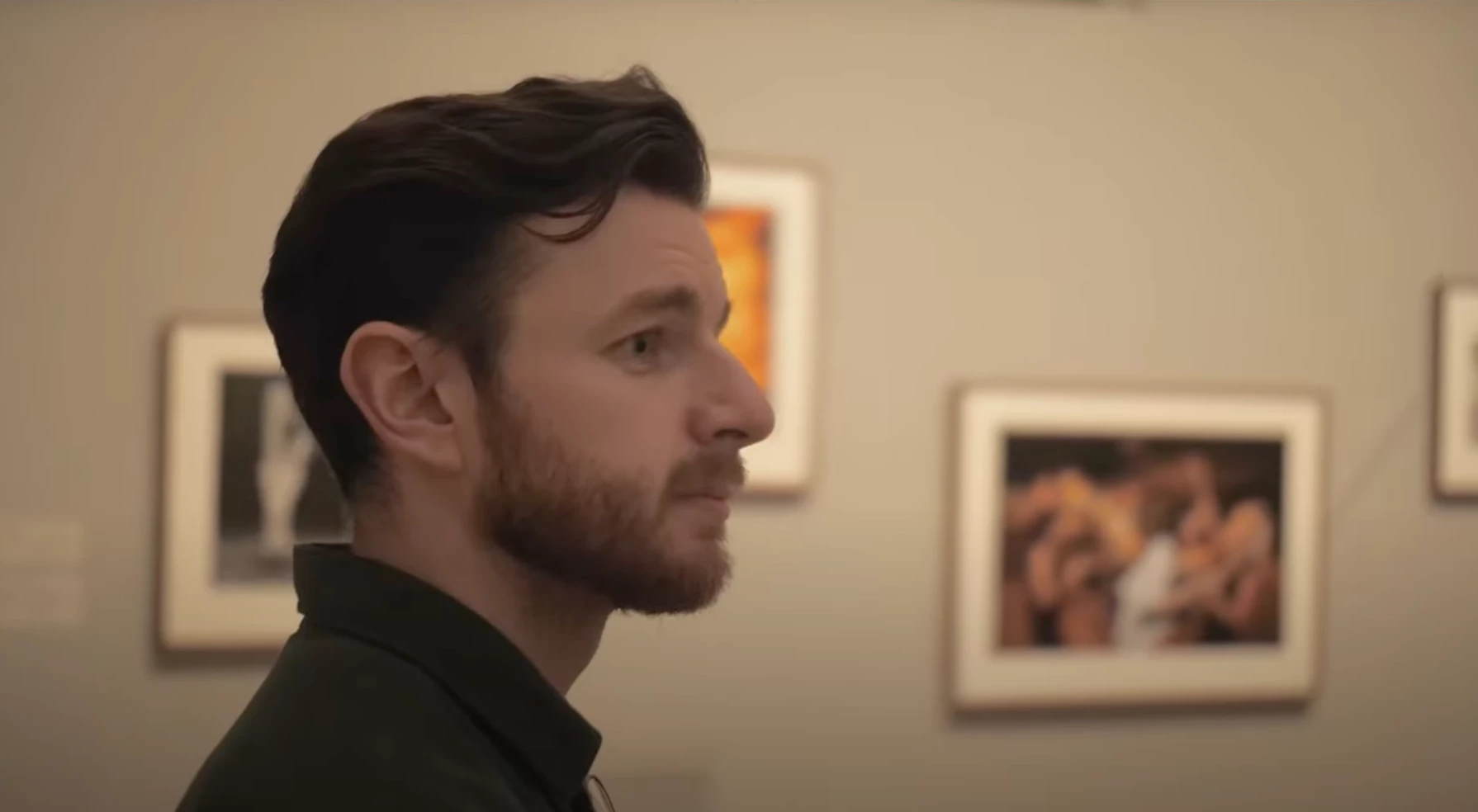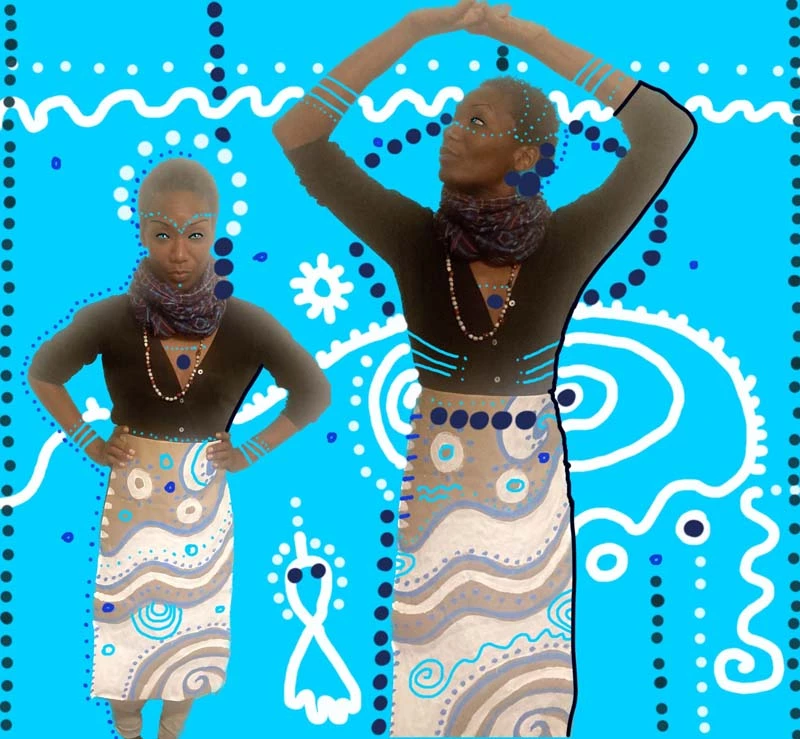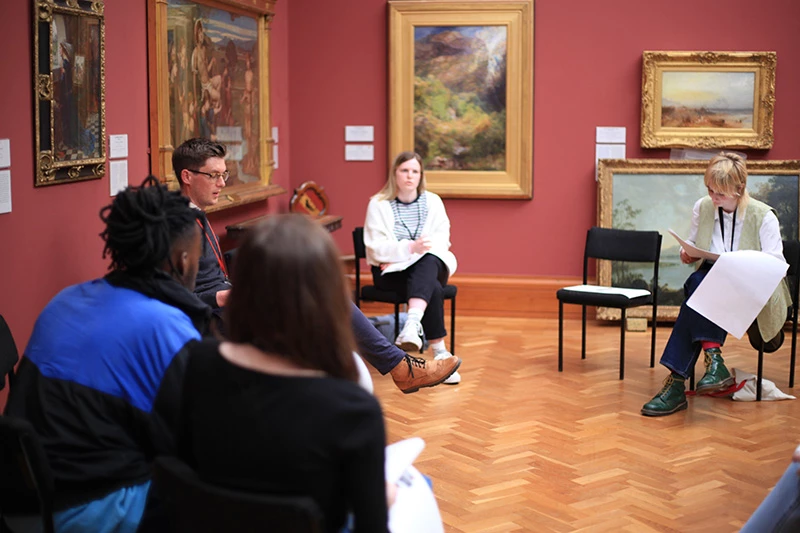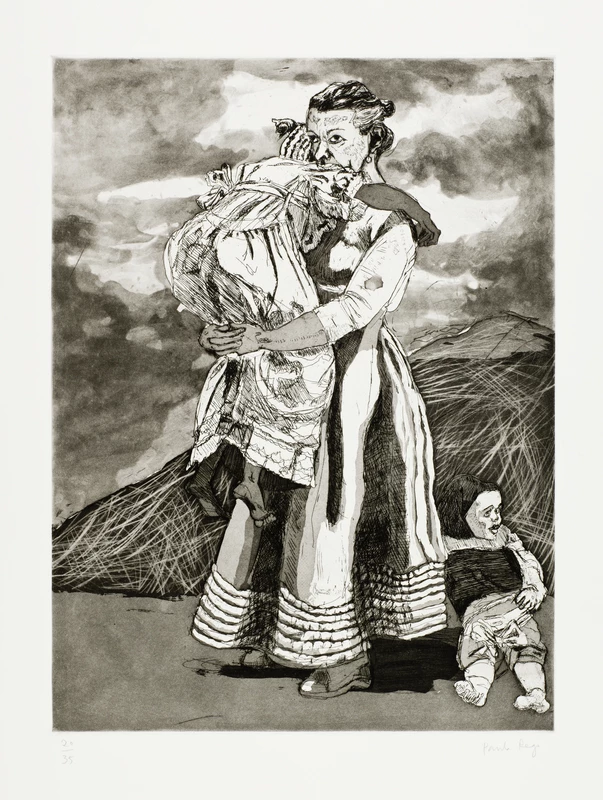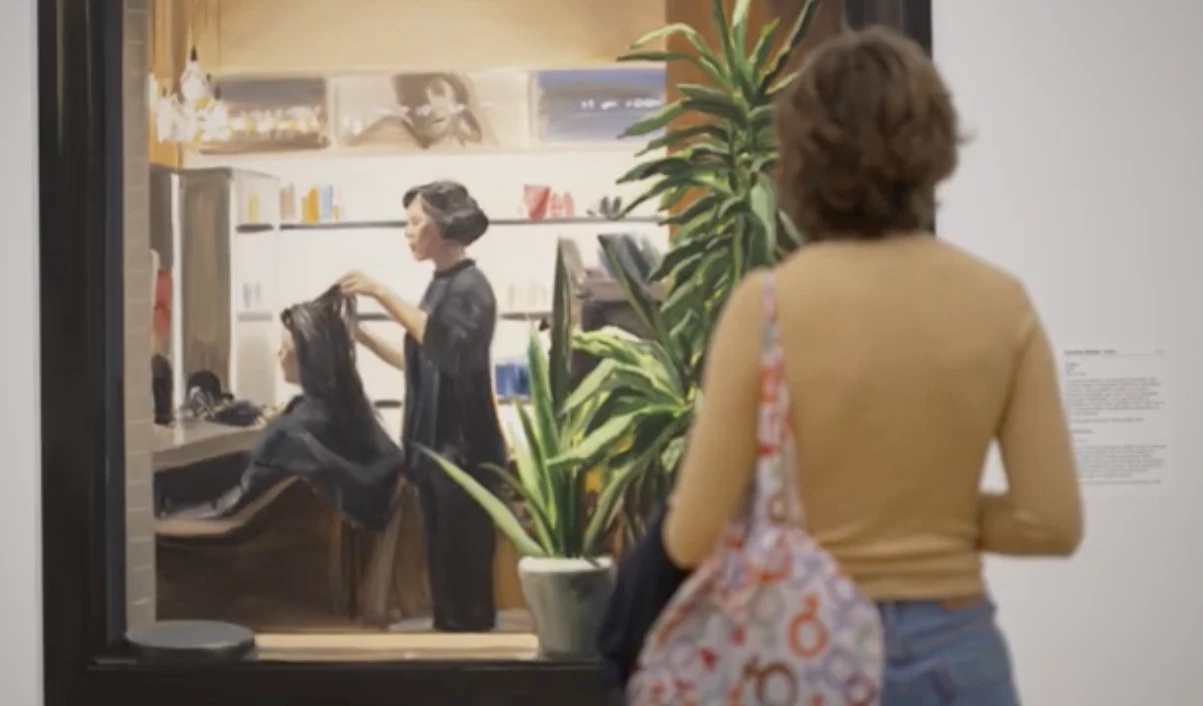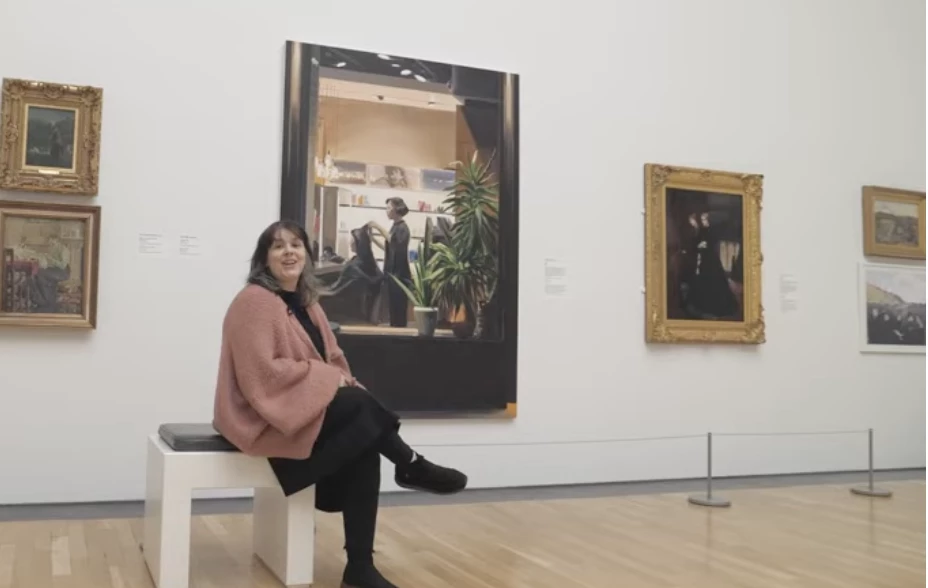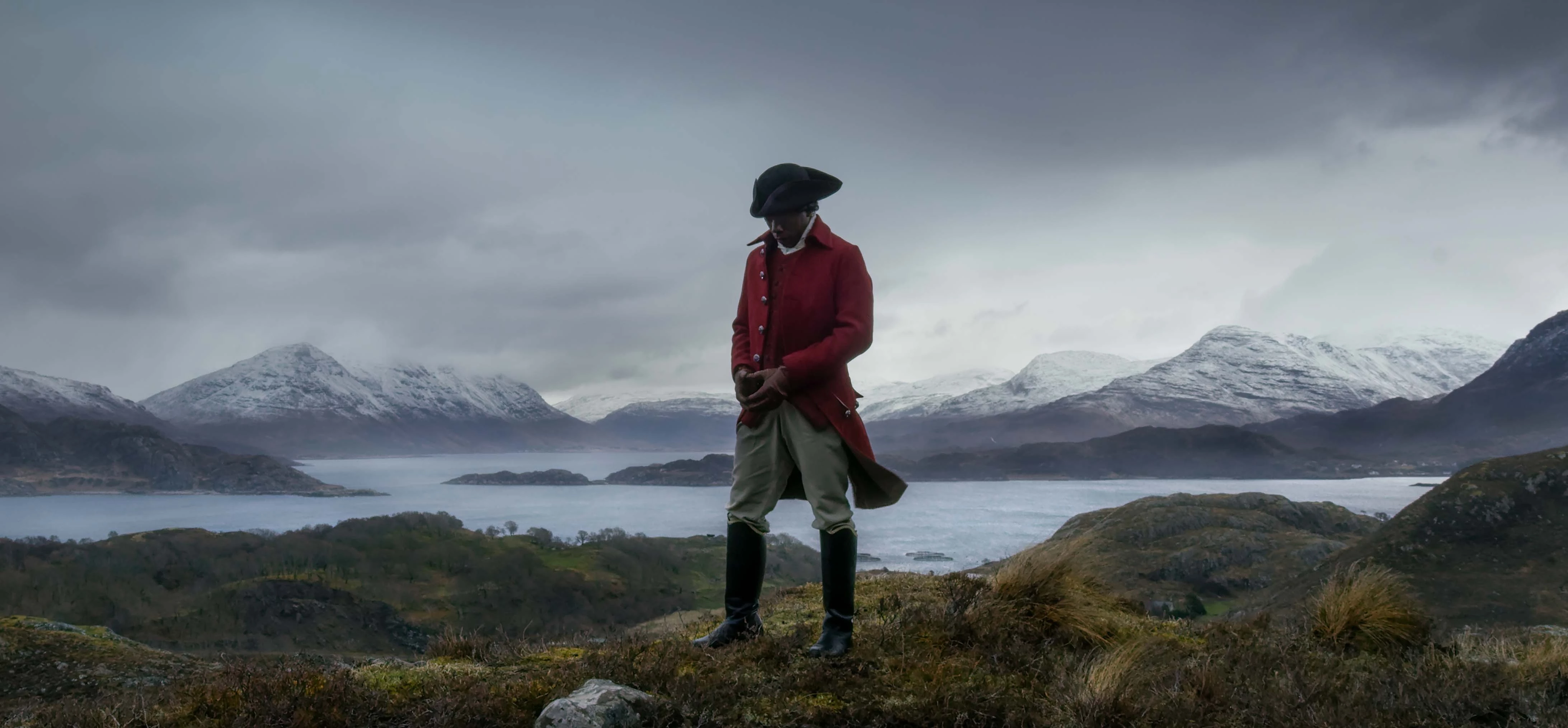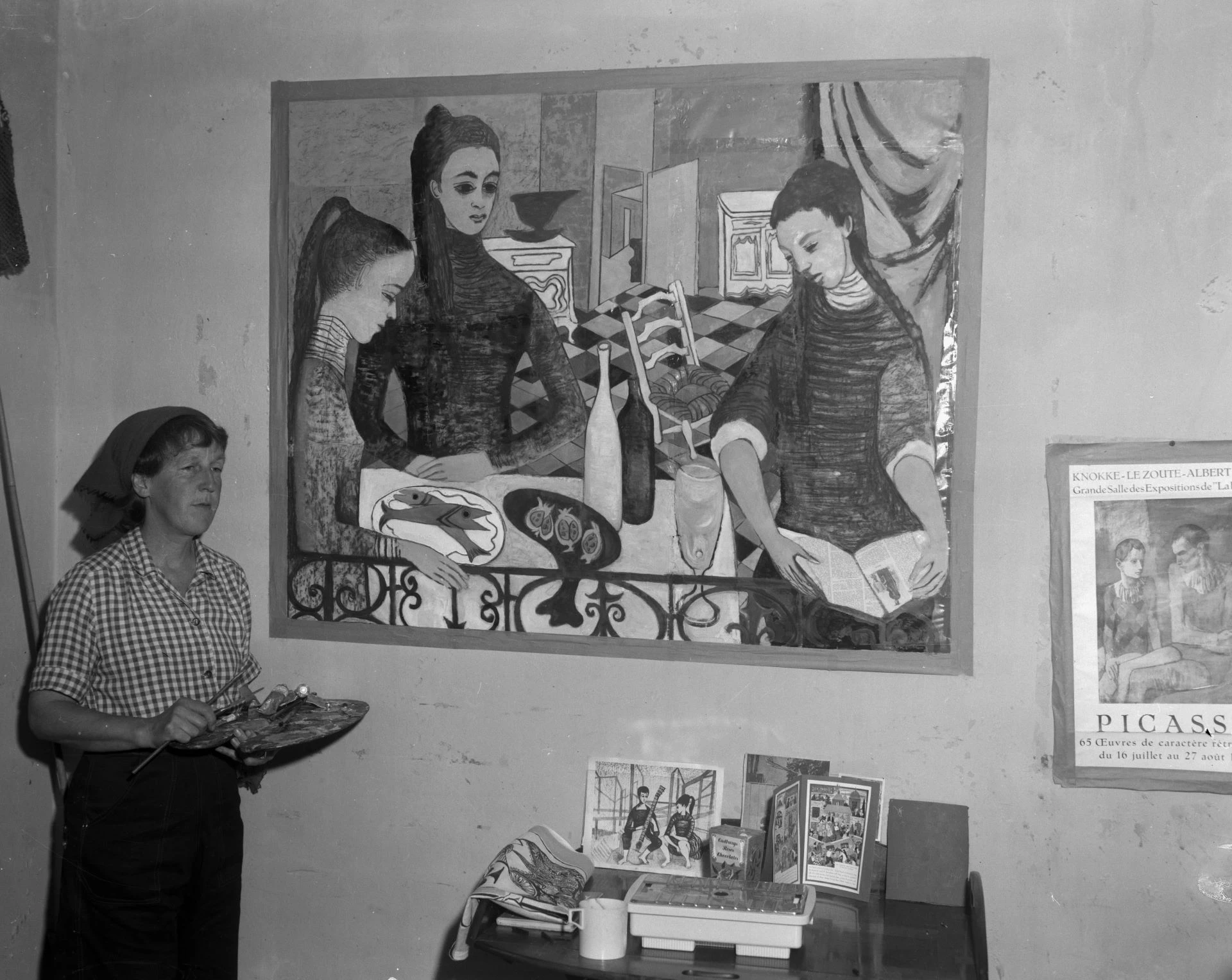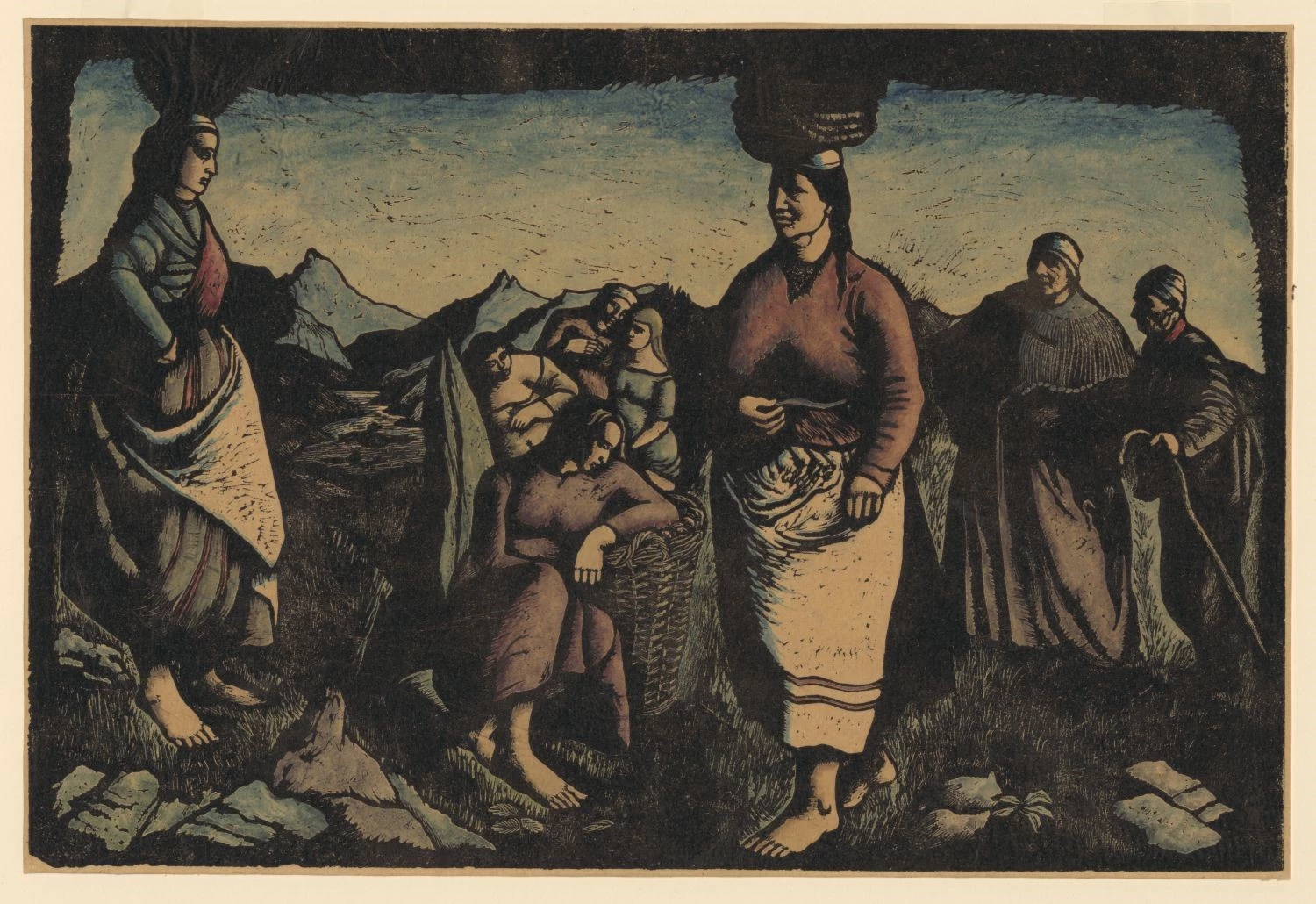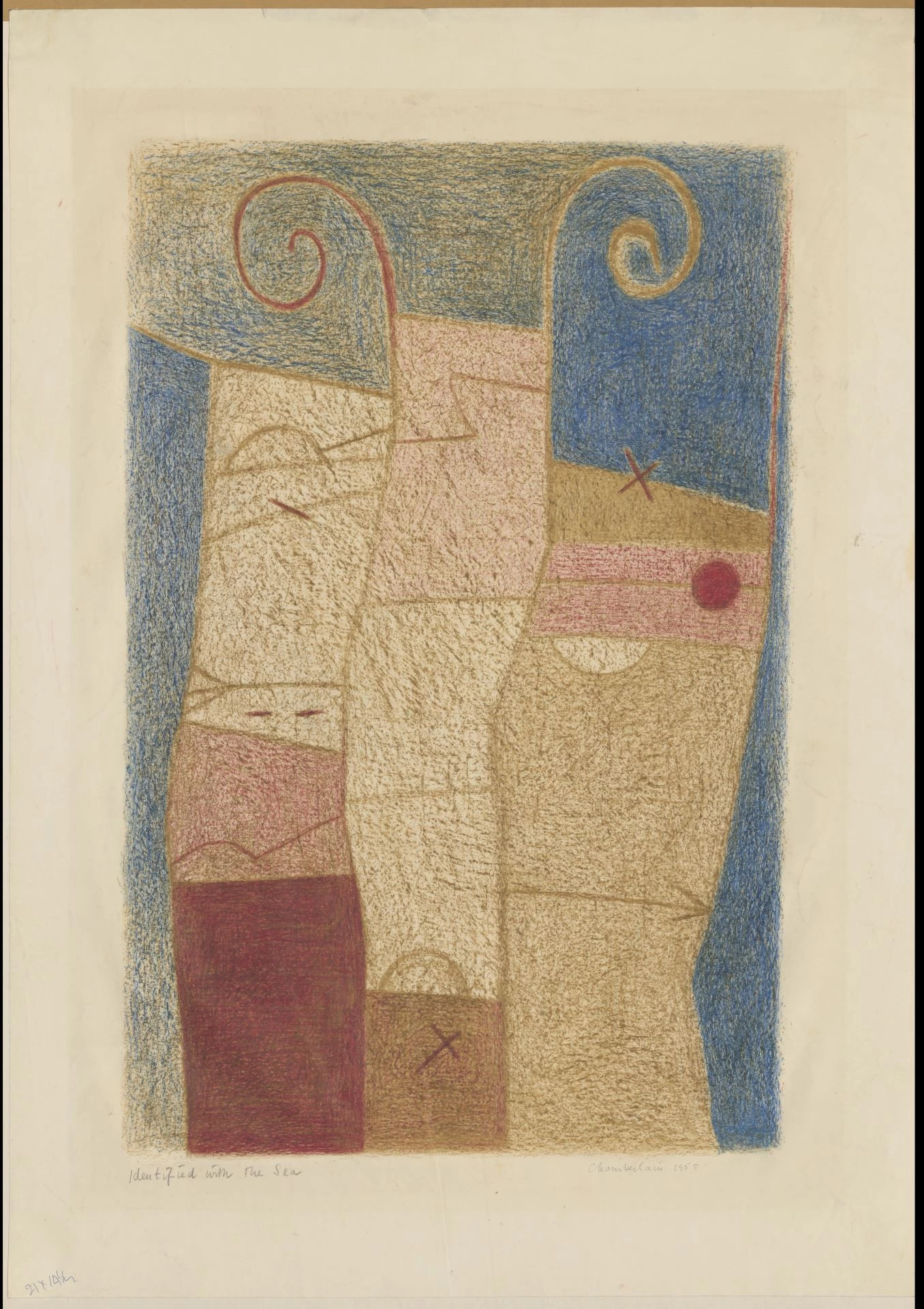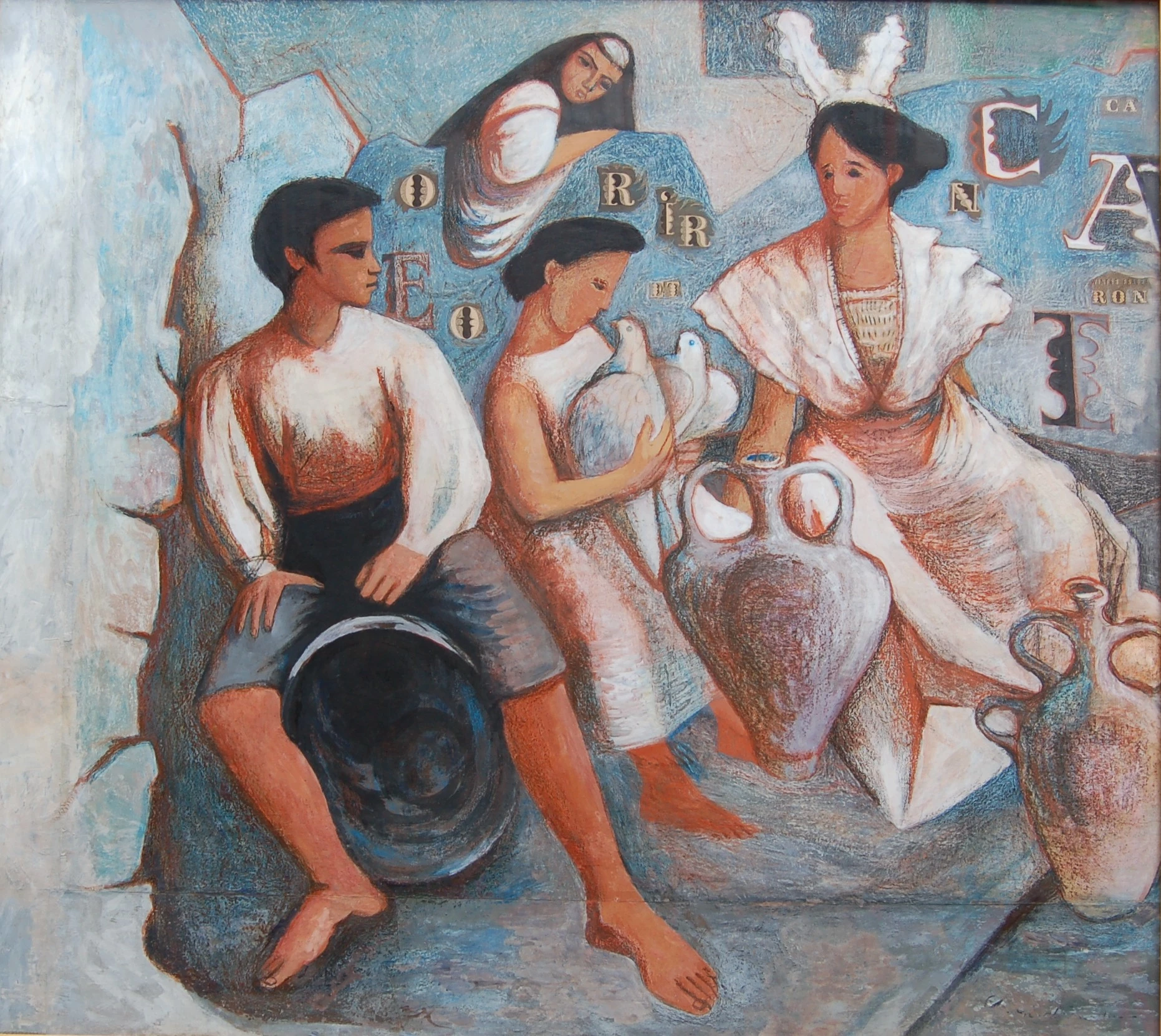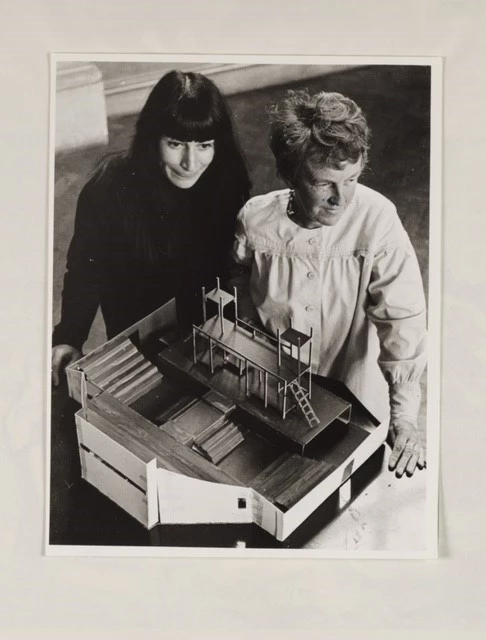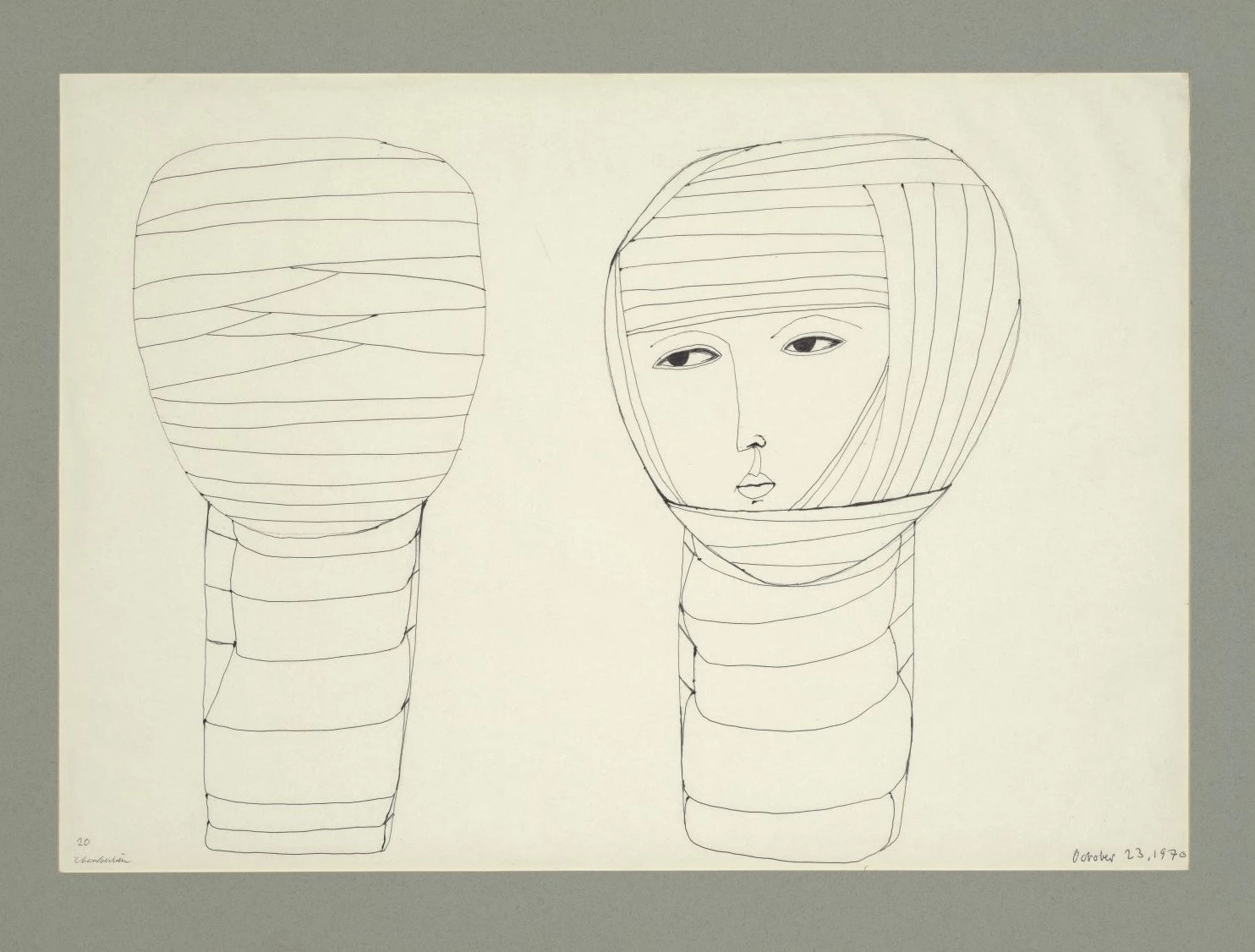CHARLES, Geoff, Brenda Chamberlain - Geoff Charles Collection
“I had, at about the age of six, decided to be a painter and writer.”
(Artists in Wales)
Although Brenda Chamberlain was born and died in Bangor(1912-1971), north Wales, she lived and worked in many other places. She studied in London, lived in Llanllechid, on Bardsey Island, on the Greek Island of Hydra and spent many long holidays in France and Germany. Wherever she lived, she wrote, painted and kept illustrated journals. She was deeply affected by her surroundings and she changed the style of her work and her materials accordingly.
During her lifetime, Chamberlain twice won the Gold Medal in Fine Art at the National Eisteddfod, had work in over thirty group shows and held seven solo exhibitions in London and Wales. Although she admits a stronger attraction to painting, her publications included three books about places she had lived, a book of poetry, a book of poems and drawings and an account of the making of the Caseg Broadsheets.
Before going to study art at the Royal Academy Schools in London, she travelled to Copenhagen where she stayed with a family for six months and was thrilled to discover the work of Gauguin in the museums there.
The Caseg Press
After her studies had ended, she moved to Llanllechid in north Wales with her fellow student, John Petts. They vowed to live by their art but often had to do farm work to pay the bills. Together they set up The Caseg Press and made posters, handbills, wedding invitations and greetings cards. They collaborated with the poet, Alun Lewis, to create a series of hand-printed Broadsheets featuring poems and engravings.
CHAMBERLAIN, Brenda, Figures in a Landscape ©Brenda Chamberlain/Llyfrgell Genedlaethol Cymru - National Library of Wales/Reuven Jasser
Chamberlain gave this hand-coloured lino print to Lewis and his wife, Gwenno, as a wedding gift in 1941. The style of her work is beginning to show the influence of Gauguin in the statuesque sturdy women and the strong confident line. Many of her subjects feature rural life in the fields and mountains of Eryri (Snowdonia). The women are of various ages and it is the younger ones who are resting in the middle of the frame. Two barefooted women wear white aprons and carry baskets on their heads.
Island Life
After she and Petts separated in 1943, Chamberlain decided to move to Bardsey Island where she lived for fifteen years, initially with Jean van de Bijl and later alone. On the island she found a new energy. She filled her journals with descriptions of her daily life and began painting in oils which gave her the freedom to work on a larger scale. She used the islanders as models and began to exhibit in London. In 1951 and 1953 she won the Gold Medal in Fine Art at the National Eisteddfod of Wales.
Her figures became stylised and Gauguin’s influence can again be seen in her use of bold flat colours with little or no shading.
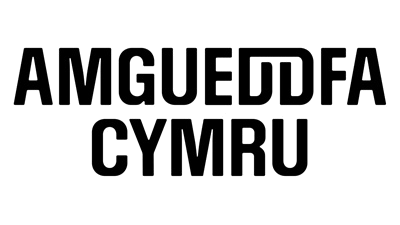
Three of the island men are returning to shore with their catch. Conditions on the island were very simple, there was no electricity or running water, driftwood had to be collected daily for the fire and food had to be found. Fish, rabbits and seagulls’ eggs formed the basic island diet.
Turning Abstract
In the early 1960s Chamberlain became fascinated with the concept of the metamorphosis of drowned bodies into rocks and the effect of light through seawater and her work became more abstract.
In Shipwreck it is still possible to identify the shape of the figures and the ribs of the boat but in Manrock, and Marine Object the sailor is losing its human form and becomes more solid transforming into rock shaped and sculpted by the action of the sea and the pull of the tides.
CHAMBERLAIN, Brenda, Marine Object ©Brenda Chamberlain/Llyfrgell Genedlaethol Cymru - National Library of Wales/Reuven Jasser
Trips to Germany with crayons and pens
As winters on Bardsey Island could be harsh, Chamberlain would spend time with friends in Germany. Often, she only carried simple art materials and she began to experiment with frottage. Inspired by the richly patterned Persian and Indian carpets where she stayed, she rubbed crayons on a textured surface to produce the background for angular patterns and symbols.
CHAMBERLAIN, Brenda, Identified with the Sea ©Brenda Chamberlain/Llyfrgell Genedlaethol Cymru - National Library of Wales/Reuven Jasser
More colour and collage in the south of France
Chamberlain also went on painting trips to Provence. The colour, light and elegance of her surroundings became reflected in her work.
CHAMBERLAIN, Brenda, The Doves © Brenda Chamberlain/Storiel/Reuven Jasser
Her compositions became more complex and there are no longer blocks of plain colour. Her figures are shaded and have depth. She began experimenting in mixed media and using collaged letters in the background. The relaxed figures appear to be in conversation and sit close to water flagons in the foreground.
Multimedia in Greece
Like Chamberlain’s arrival on Bardsey Island, her move to the Greek island of Hydra in 1962, heralded a new creative period in her life. She claimed the hot sun bleached the colour in her work which became monochrome and a mixture of line and collage.
She began to collaborate with the dancer, Robertos Saragos attempting to show the movement of his body as he rehearsed to the music of Claude Debussy. At first she found she was freezing the movement into a position, making it static. Gradually she relaxed and allowed her hand to move freely over the paper so it could be possible see what position the dancer had moved from, and to what position he was approaching.
CHAMBERLAIN, Brenda, Cathédrale Englouetié ©Brenda Chamberlain/Llyfrgell Genedlaethol Cymru - National Library of Wales/Reuven Jasser
Their collaboration led to a dance recital in 1964 in London where Saragos danced to both music and poetry. The words were written by Chamberlain and her friend, Michael Senior and read by the actress, Dorothy Tutin.
Following this experience Chamberlain was asked by the composer Halim El Dabh to take part in an experiment with him. He asked her to draw freely as he played his own composition on a piano. Afterwards, he placed her notebook on the piano and found he was able to play back the pieces from her notations. Over the next few years Chamberlain developed these initial small-scale notations into large energetic drawings in wax crayon on card.
Writing and designing a play
While in Greece, she wrote a play about the Colonel’s Coup which was later produced in Bangor (1968). There is a collection of photographs, a sketchbook of costume designs and script of the play in the National Library of Wales collection.
Brenda Chamberlain and one of the actors, Sophia Michopoulou, with the model of the set for the play, TheProtagonists.
The last series of drawings she produced were known as The Gregynog Drawings as they were first shown in Gregynog Hall in mid Wales. They are stark black lines on white paper featuring faces, boats and pebbles.
CHAMBERLAIN, Brenda, Bandages Heads ©Brenda Chamberlain/Llyfrgell Genedlaethol Cymru - National Library of Wales/Reuven Jasser
Throughout her life Chamberlain had embraced change. Apart from working in different styles and media she had been excited to work with dance, music and theatre, and in her lifetime had also published three novels, a book of poetry, a book of poems and drawings as well as an account of the making of the Caseg Broadsheets.
Read more about the people in Brenda Chamberlain's portraits in a complementary article co-commissioned with Art UK.
Jill Piercy is an exhibition curator and writer specialising in art and craft in Wales. She has written for numerous publications and prepared many catalogue essays for exhibitions. For six years she was the art and Craft Officer for the National Eisteddfod of Wales and has curated work for galleries in Wales, Europe and U.S.A. She has curated three exhibitions of work by Brenda Chamberlain and is the author of Brenda Chamberlain – Artist and Writer.
